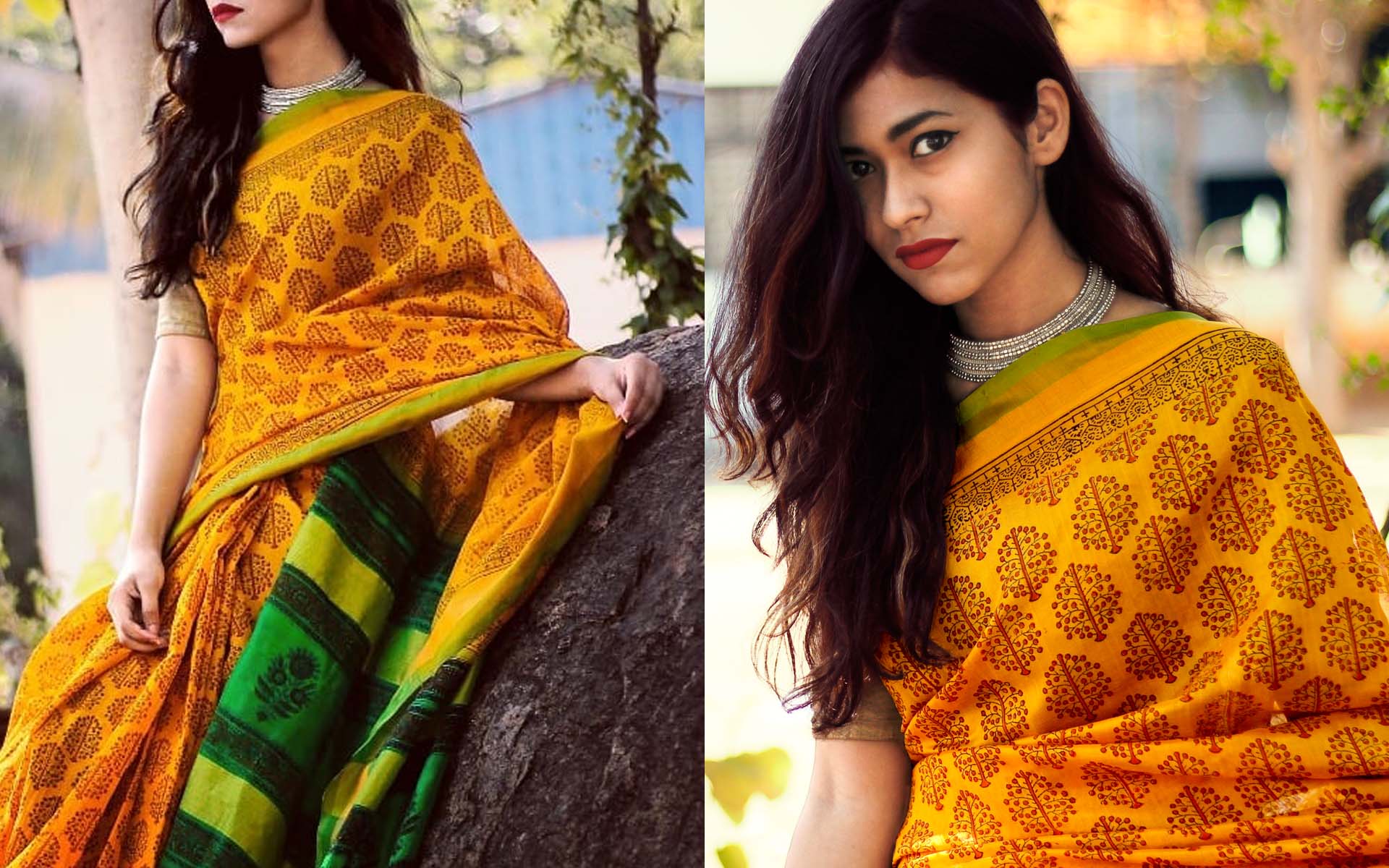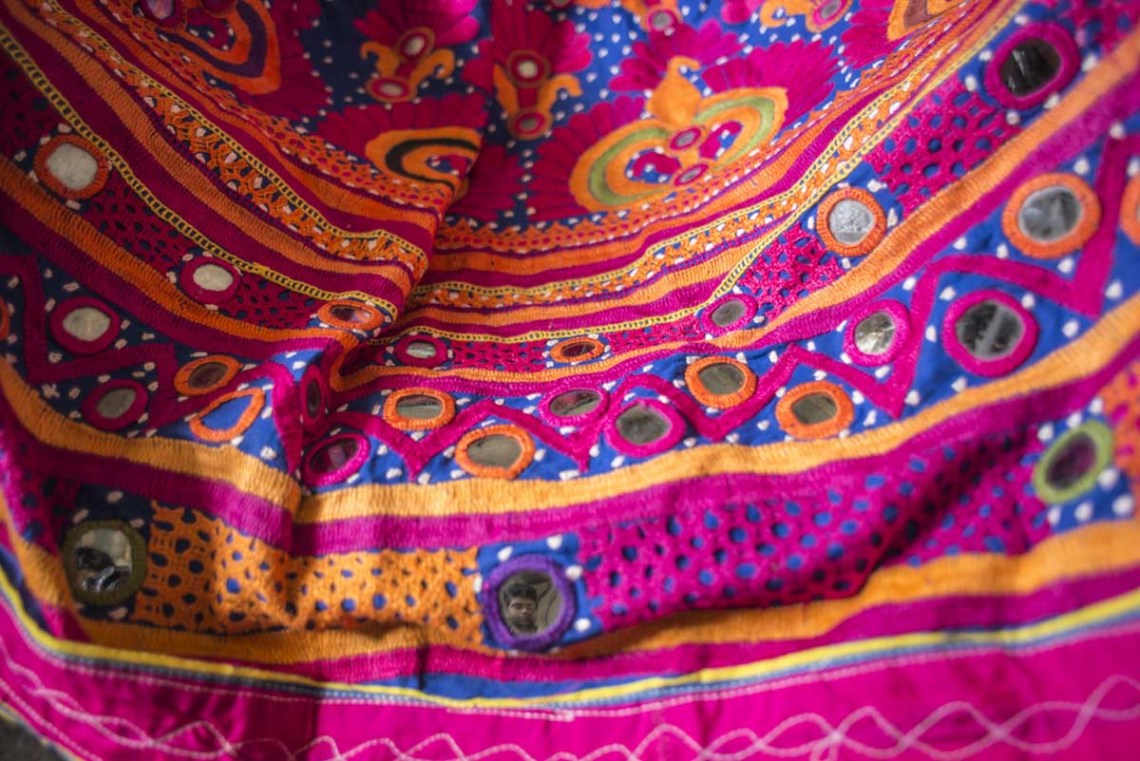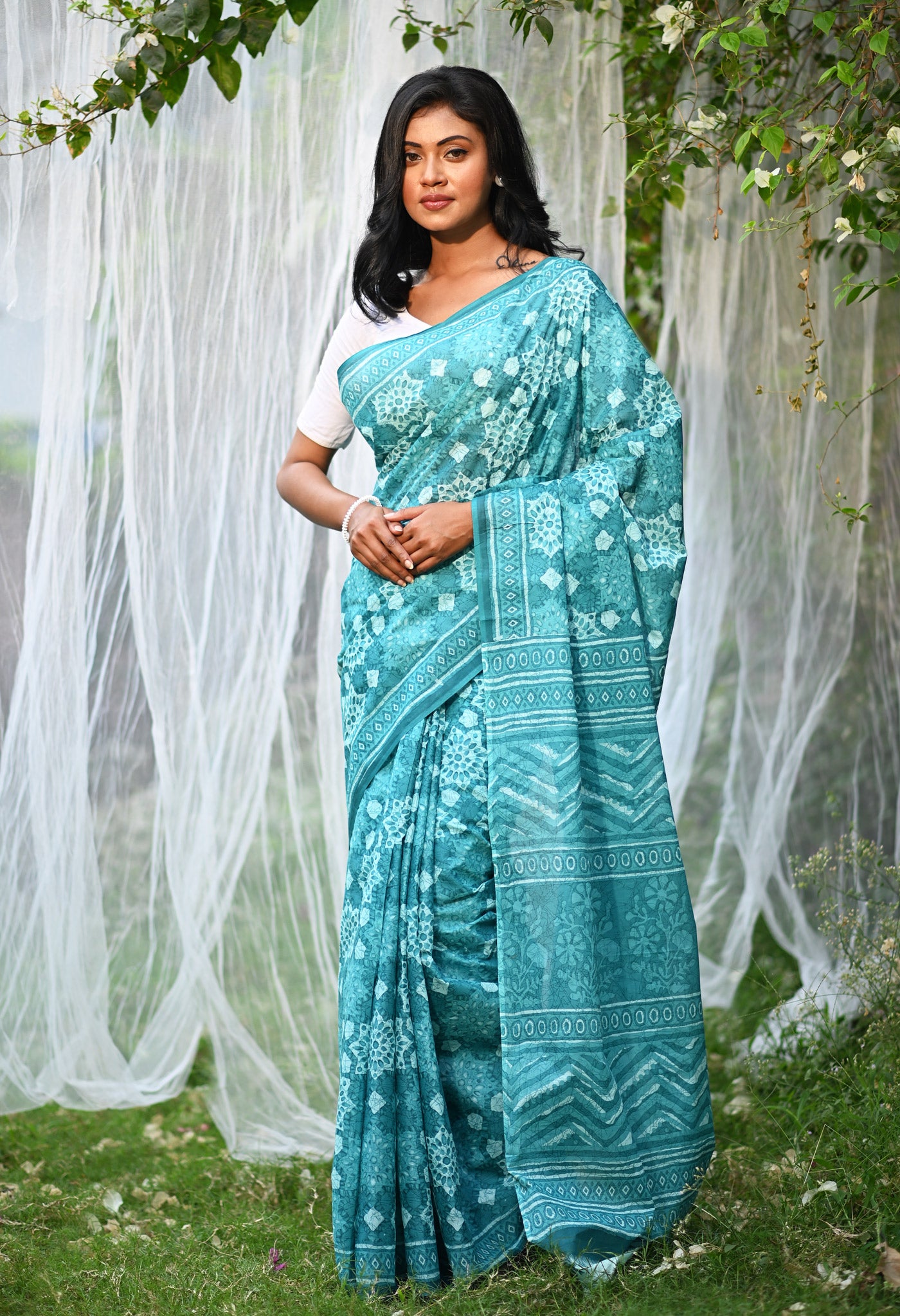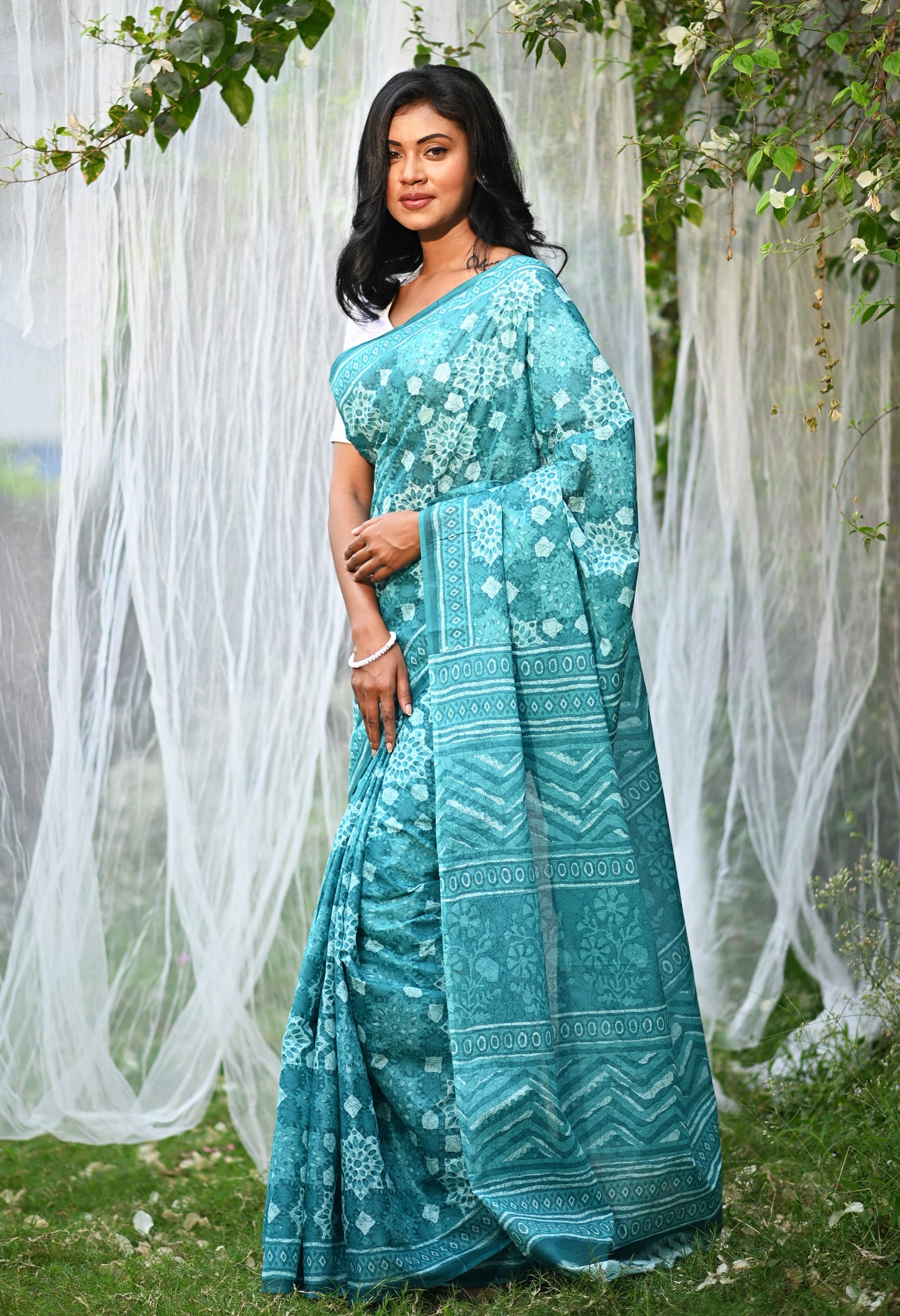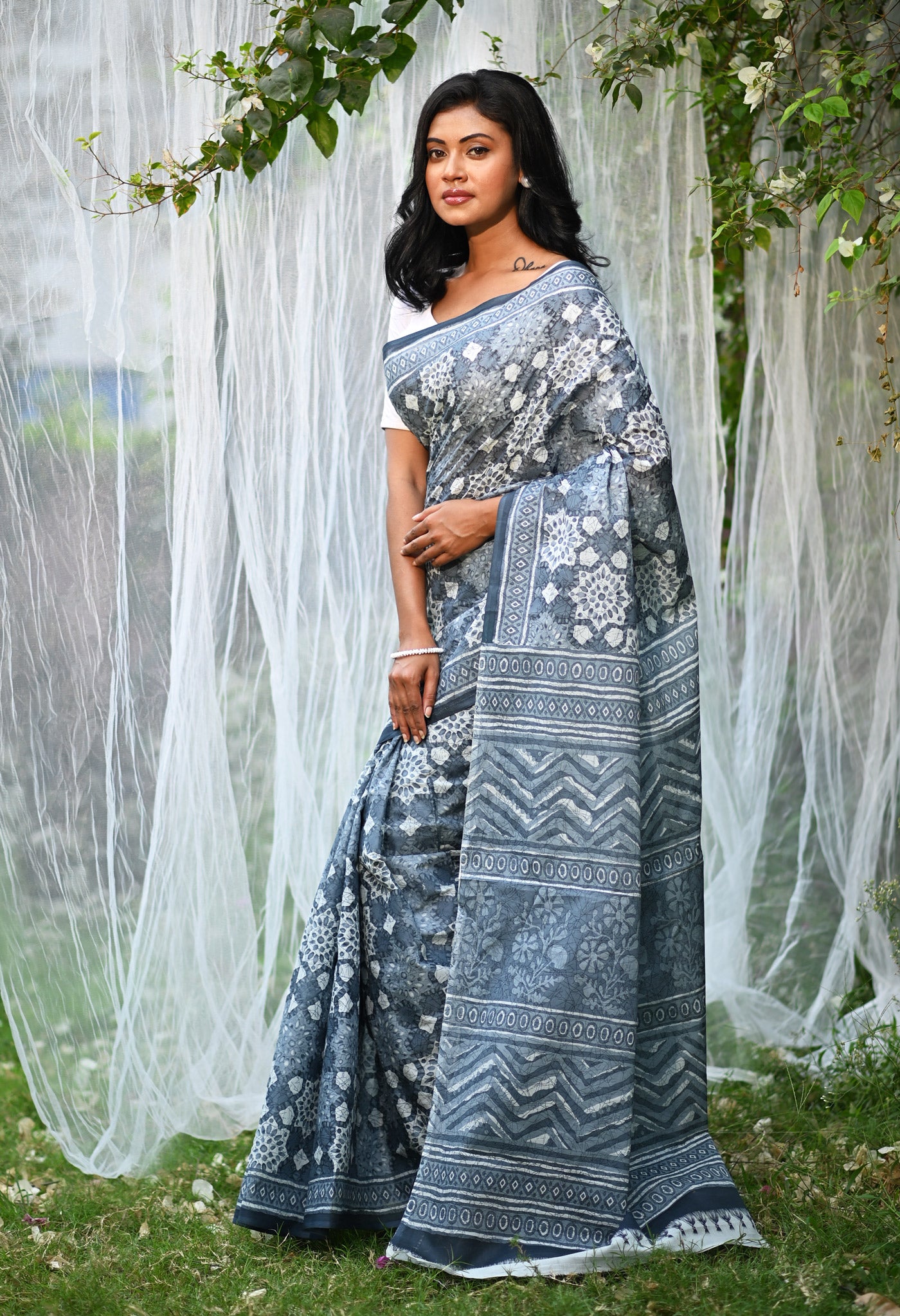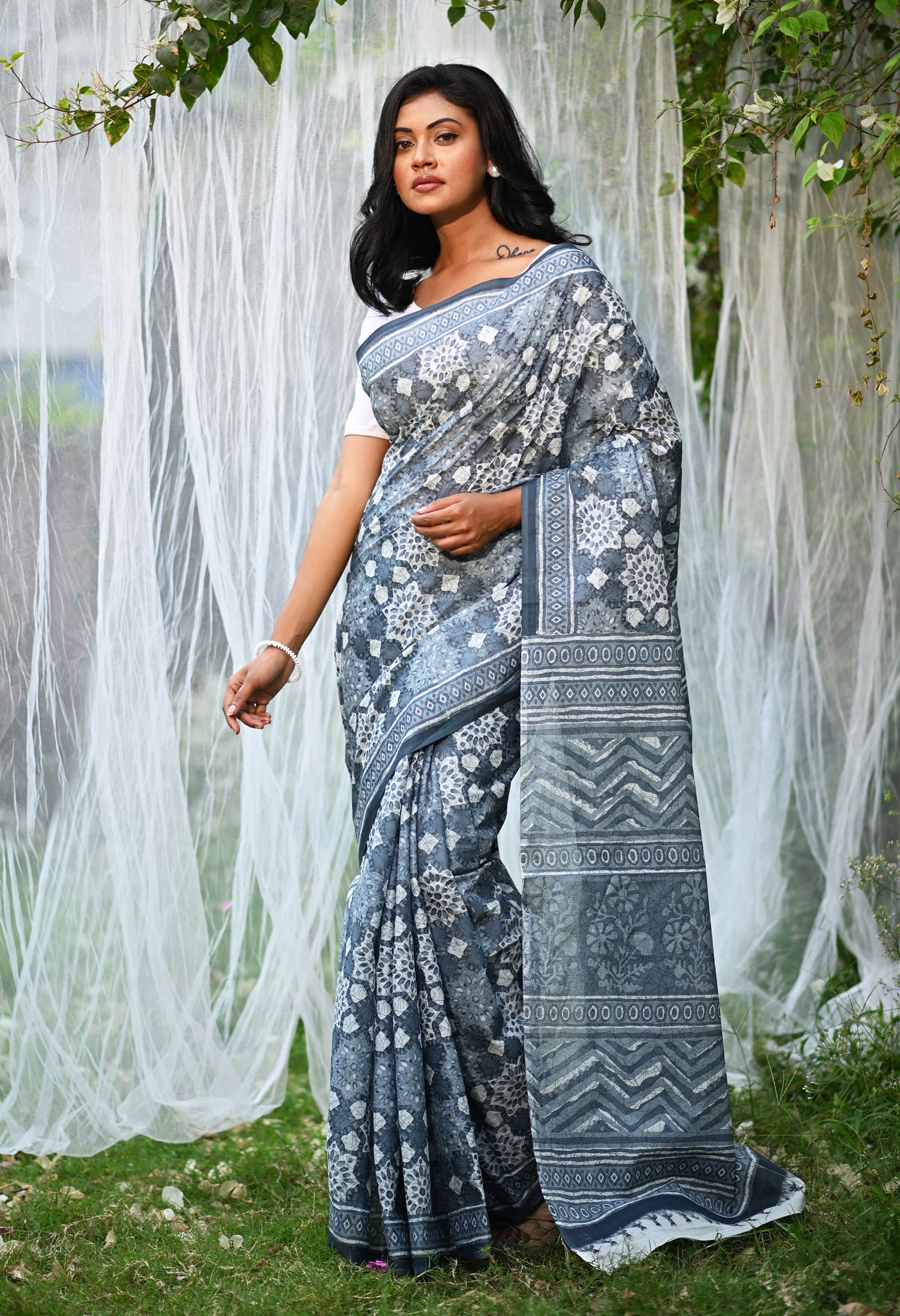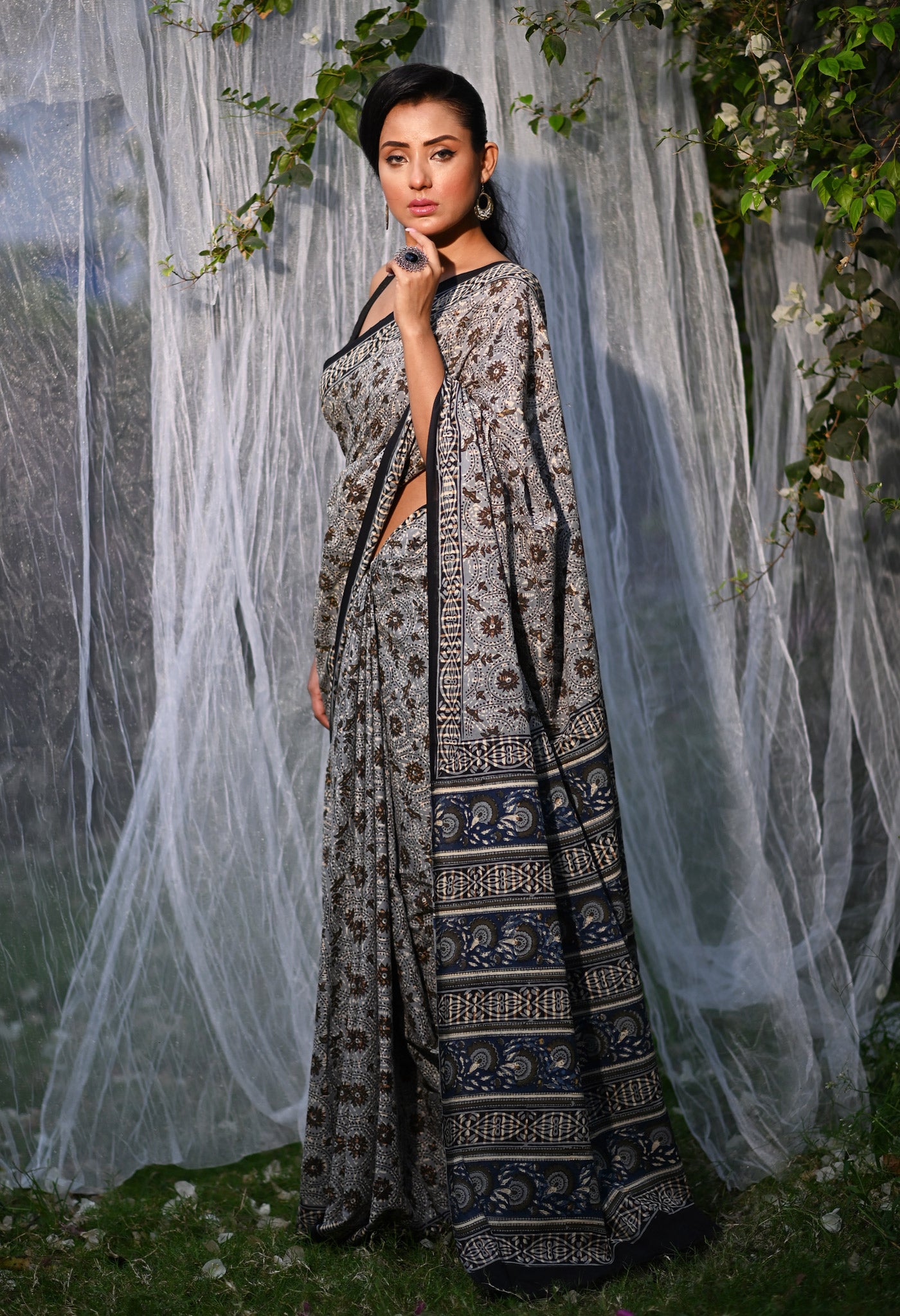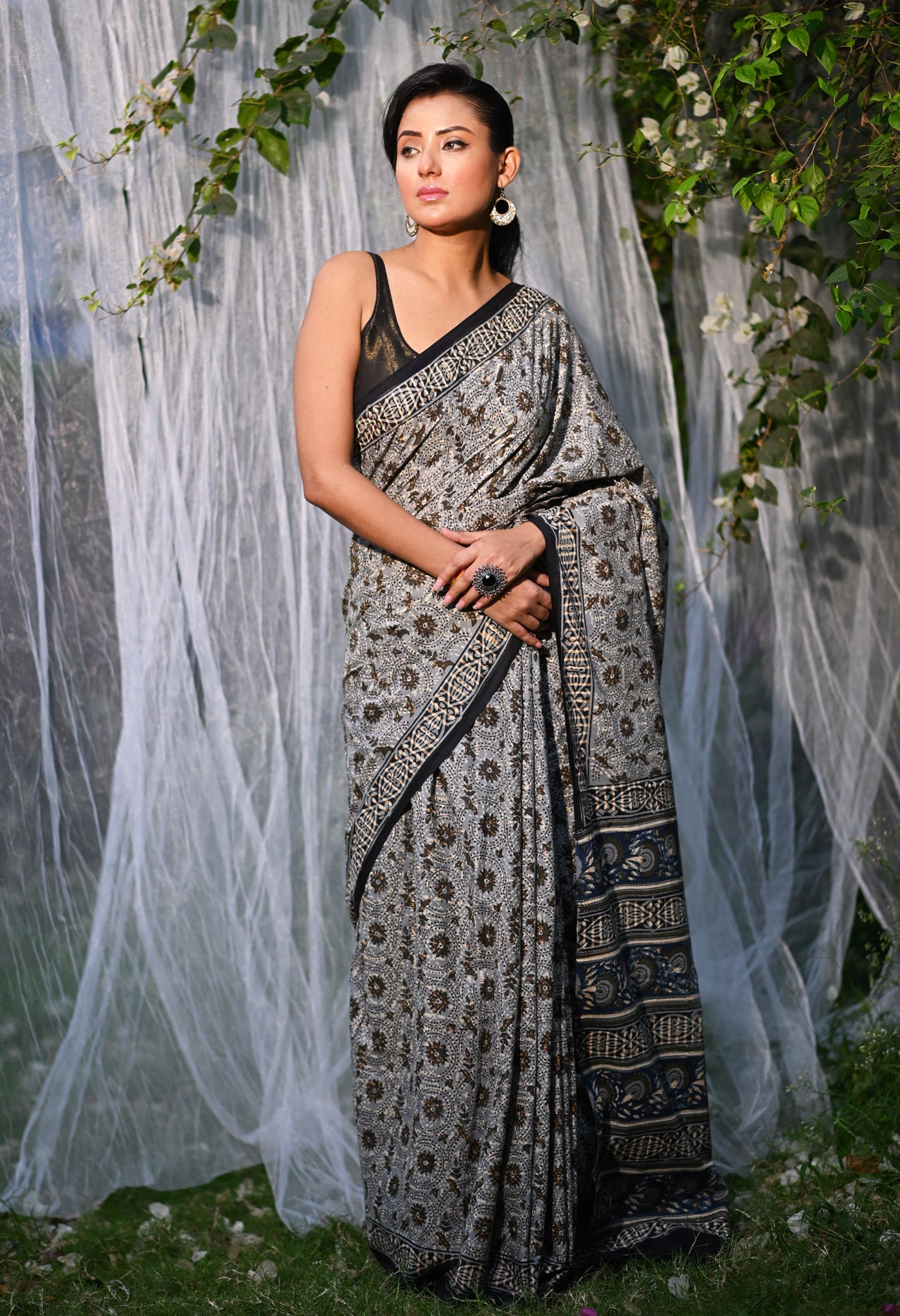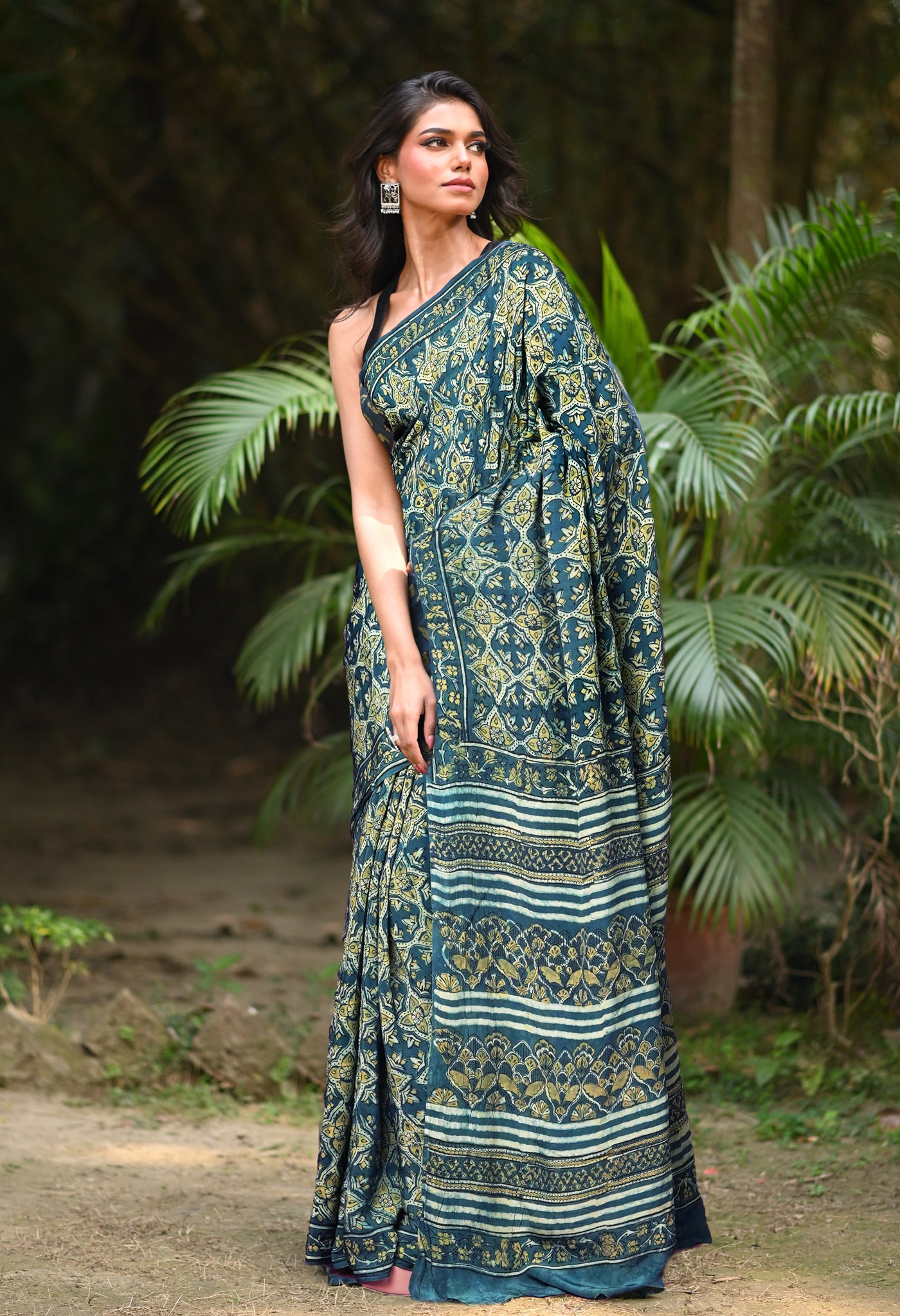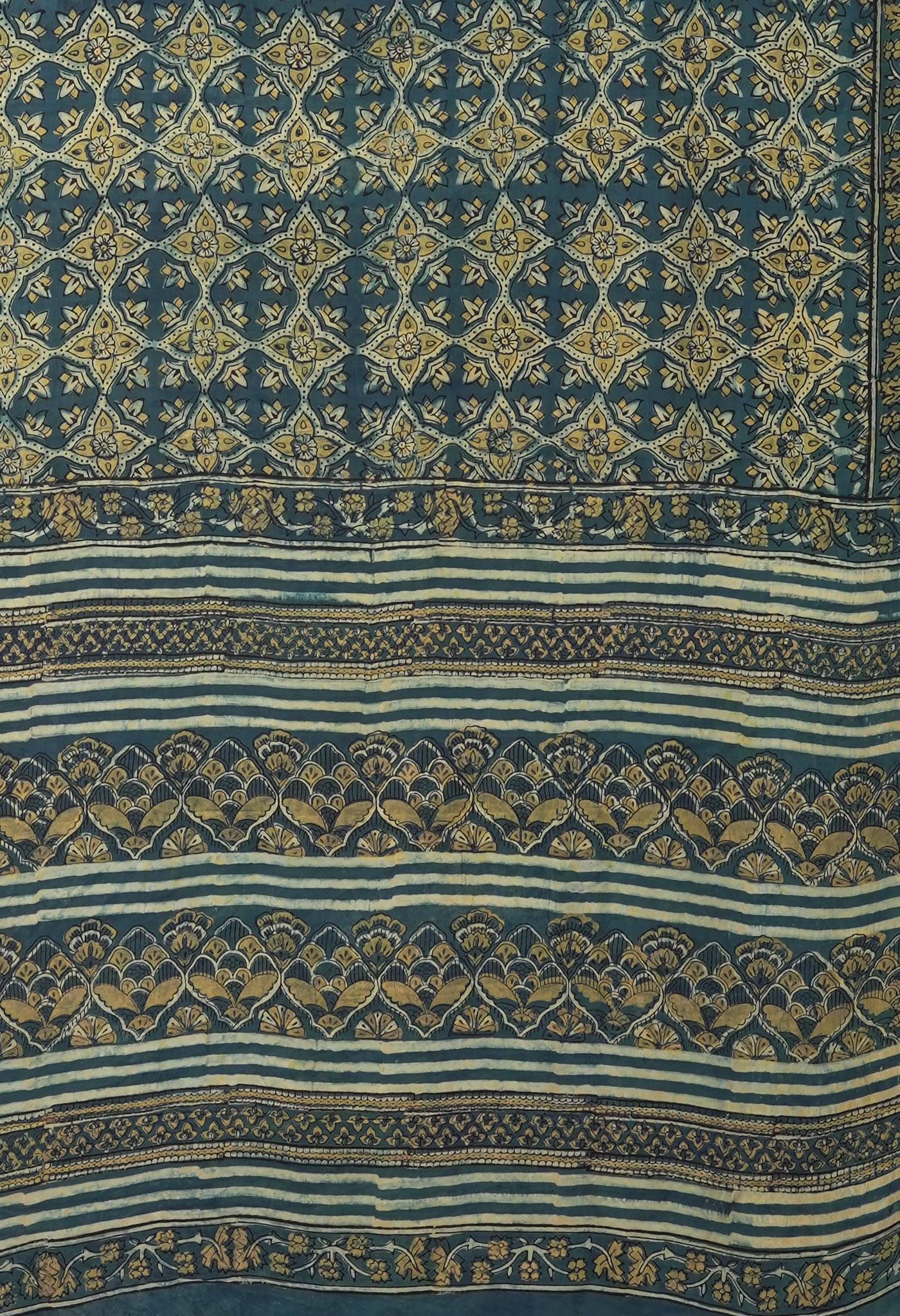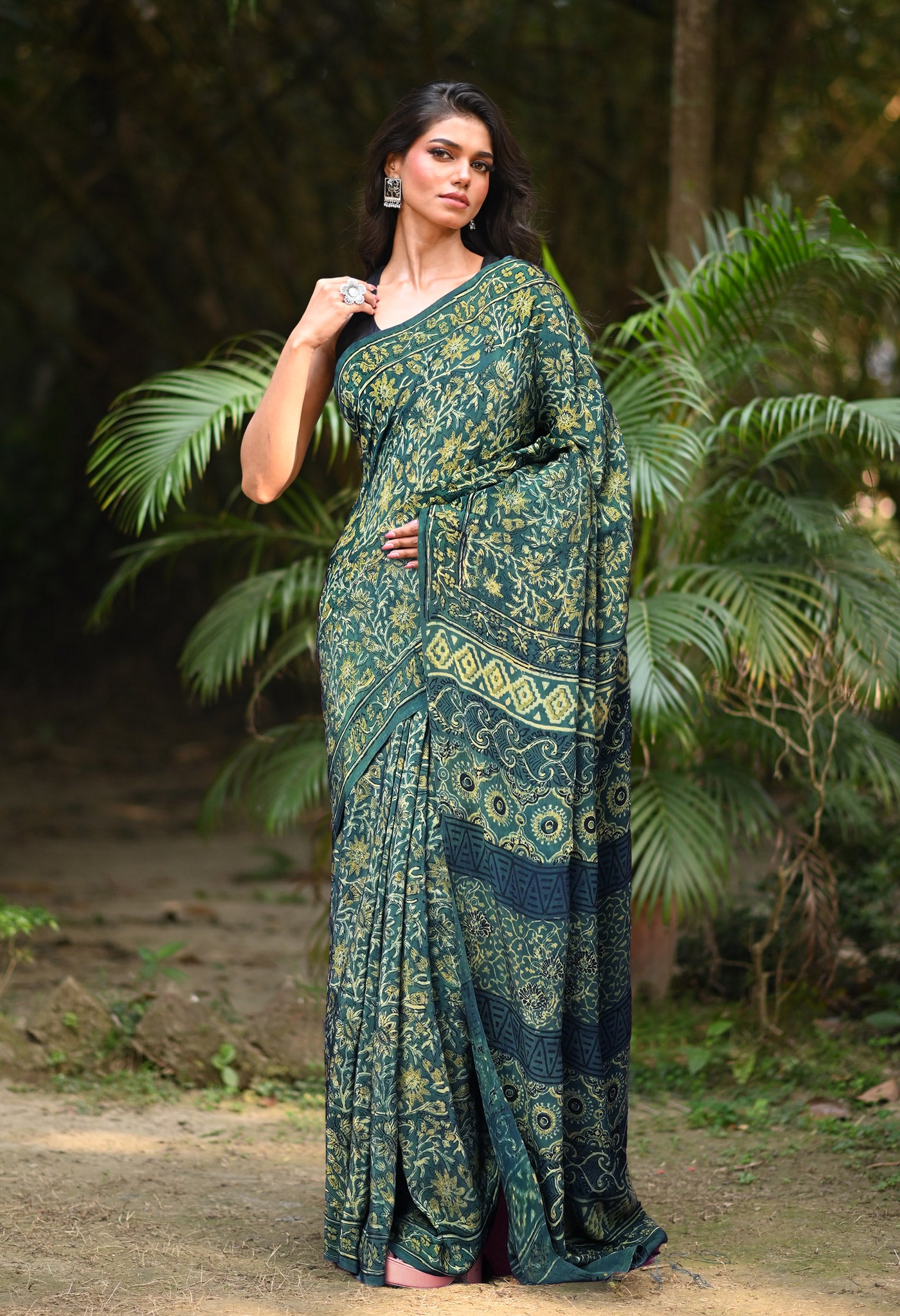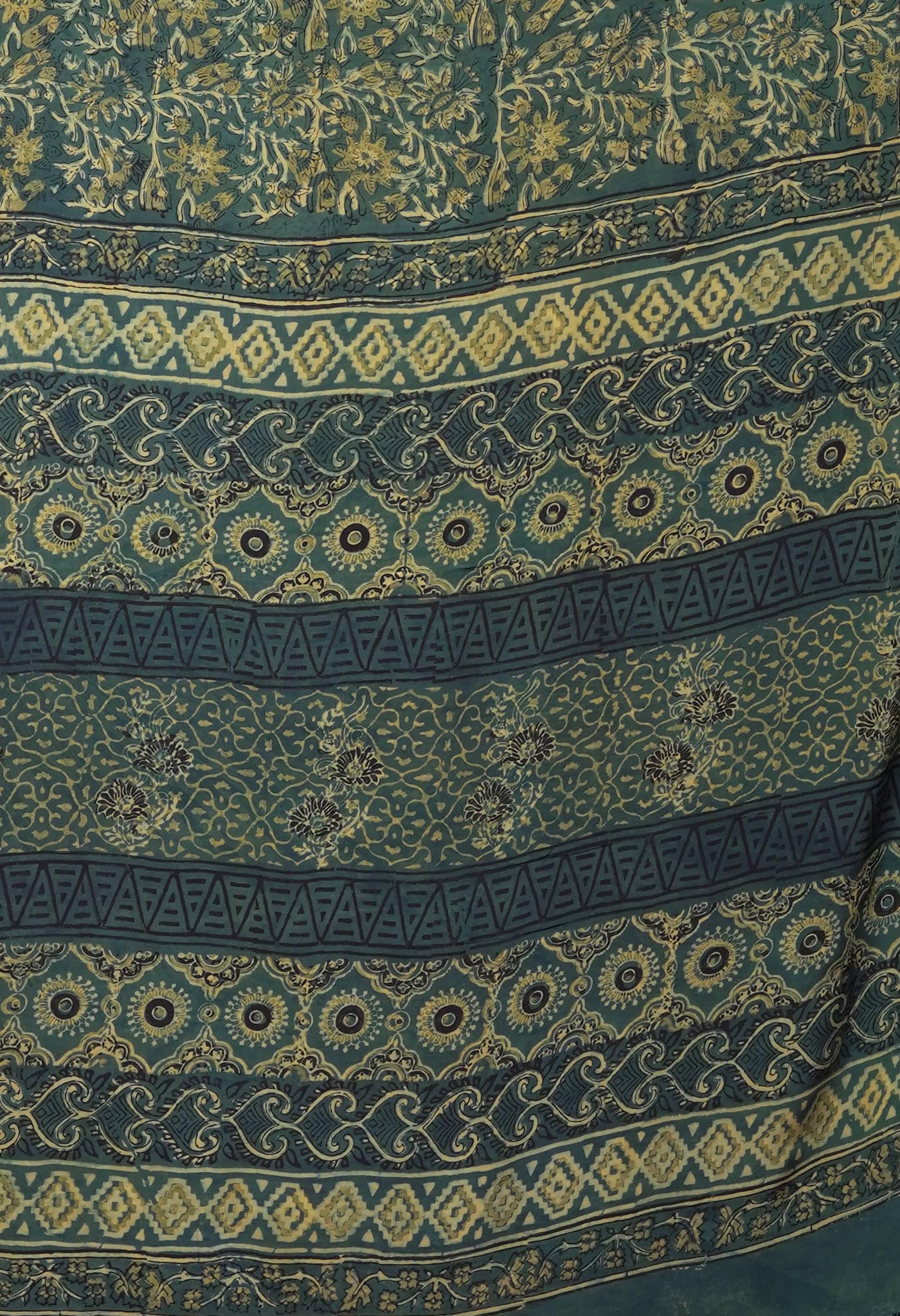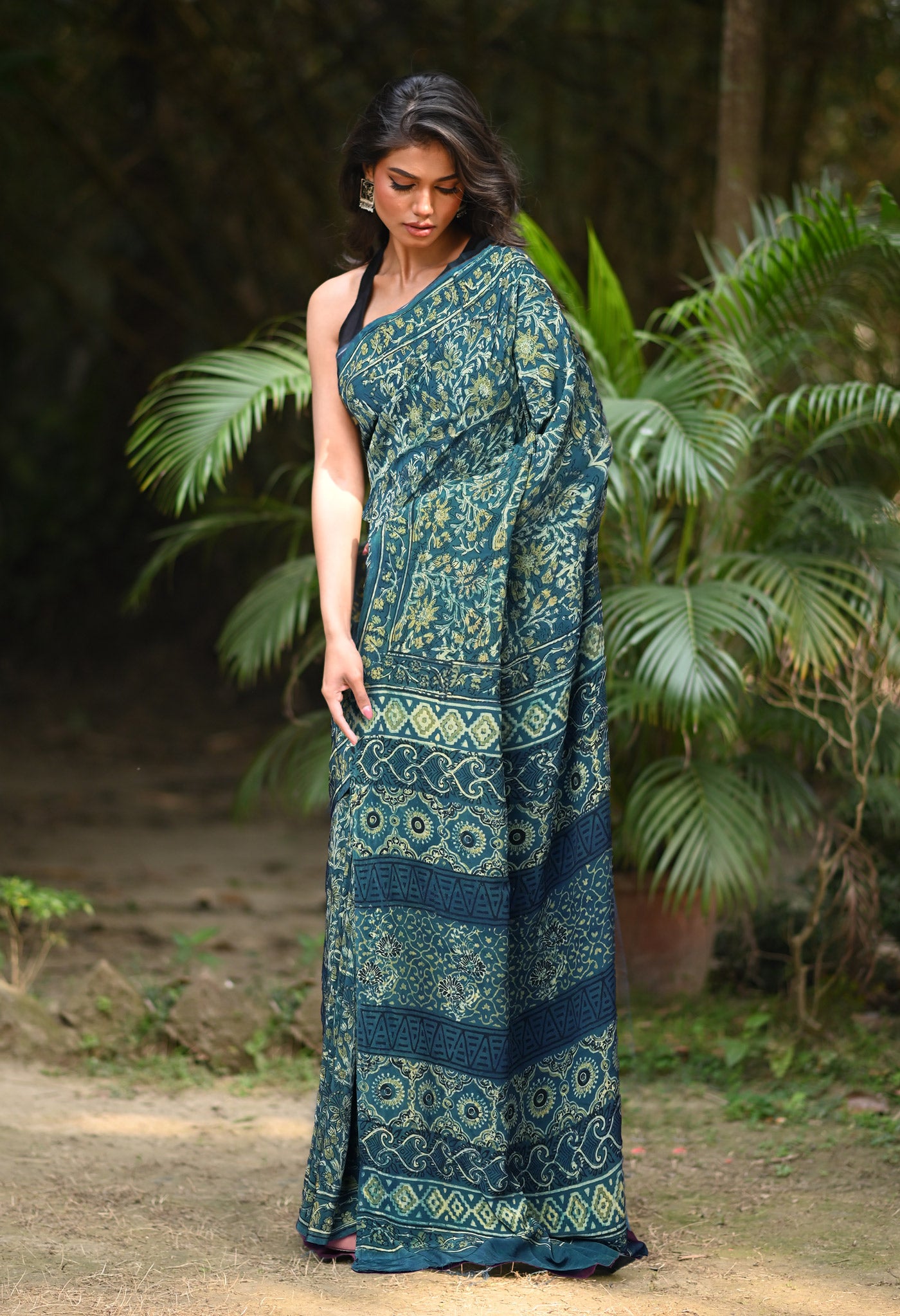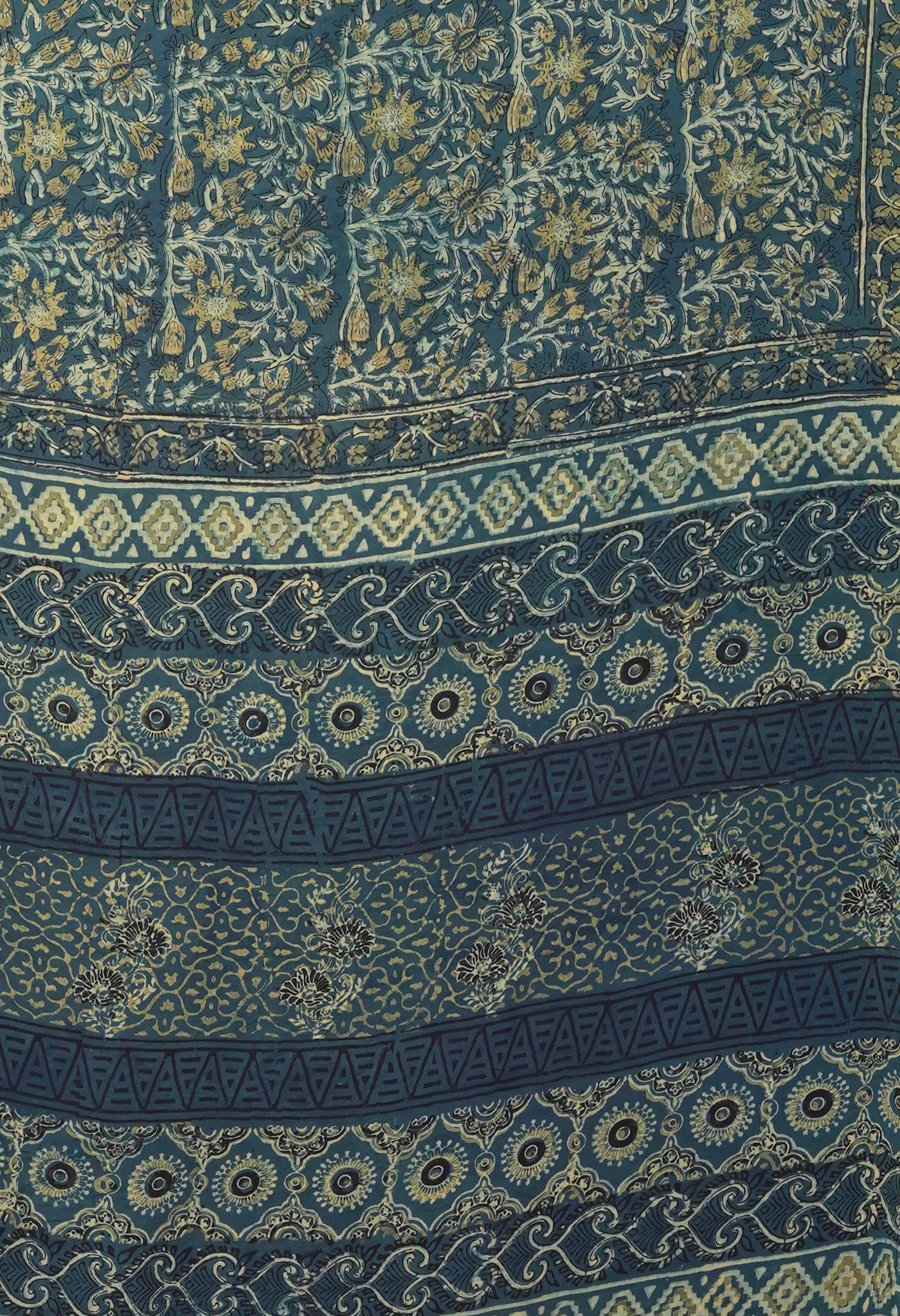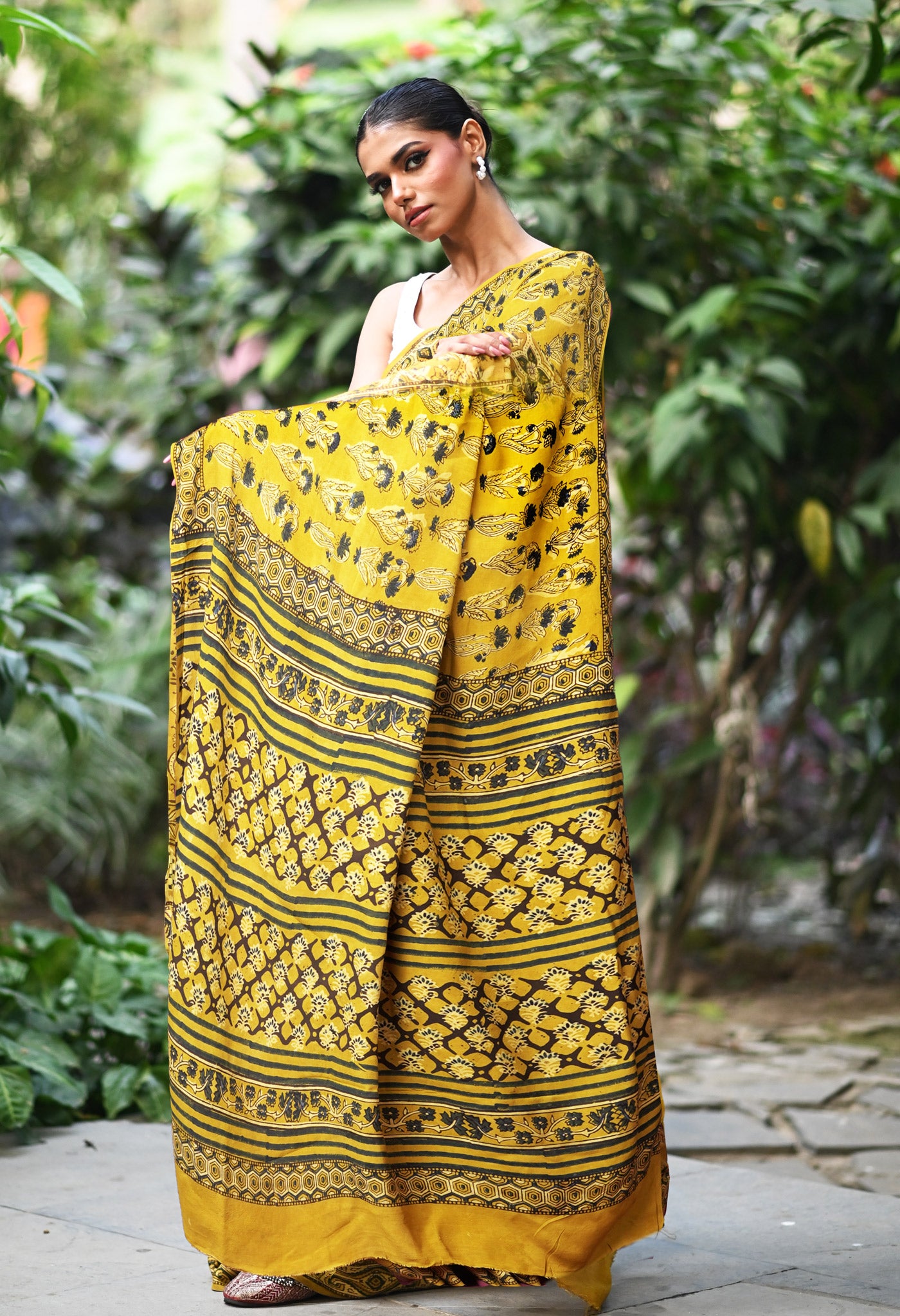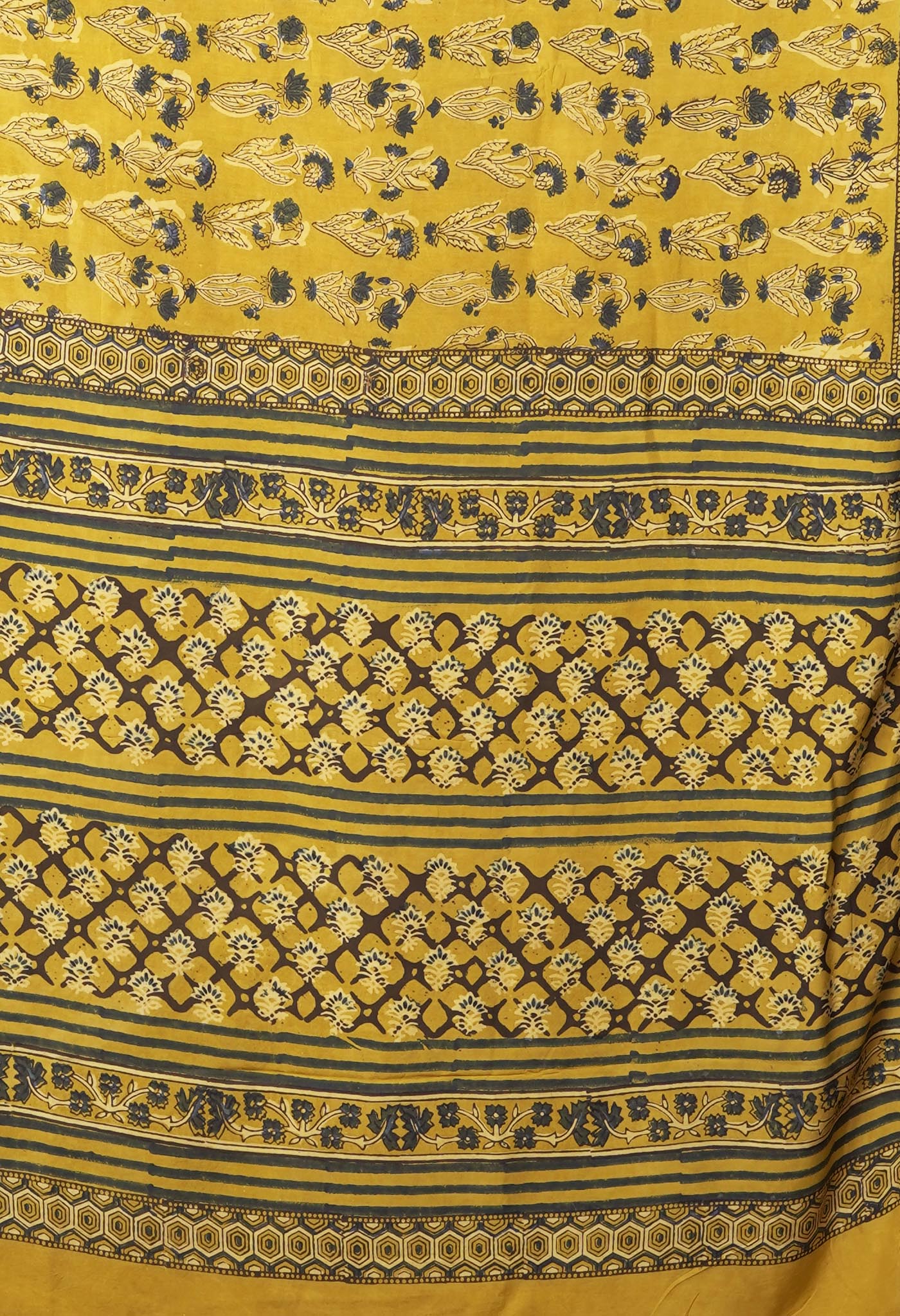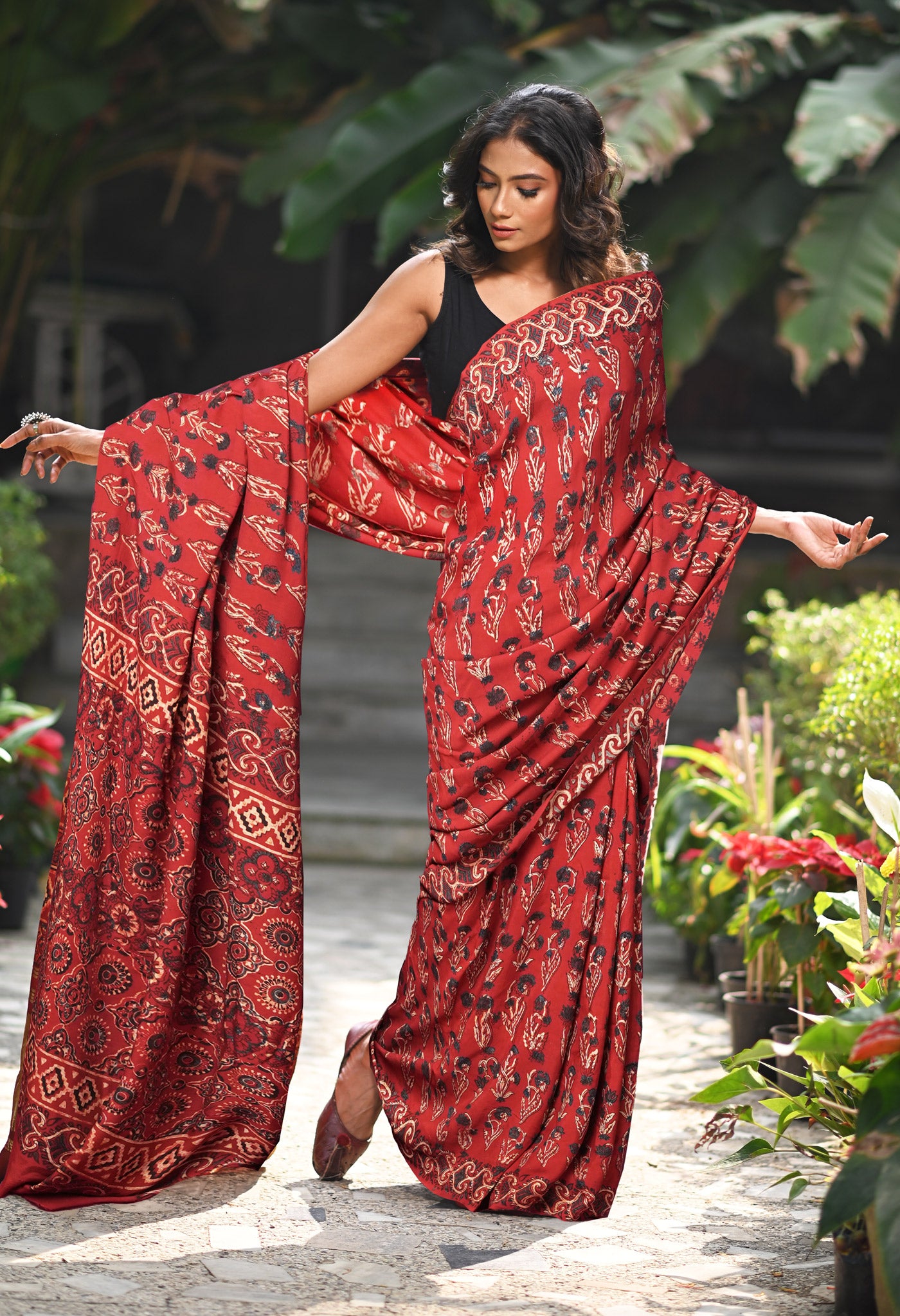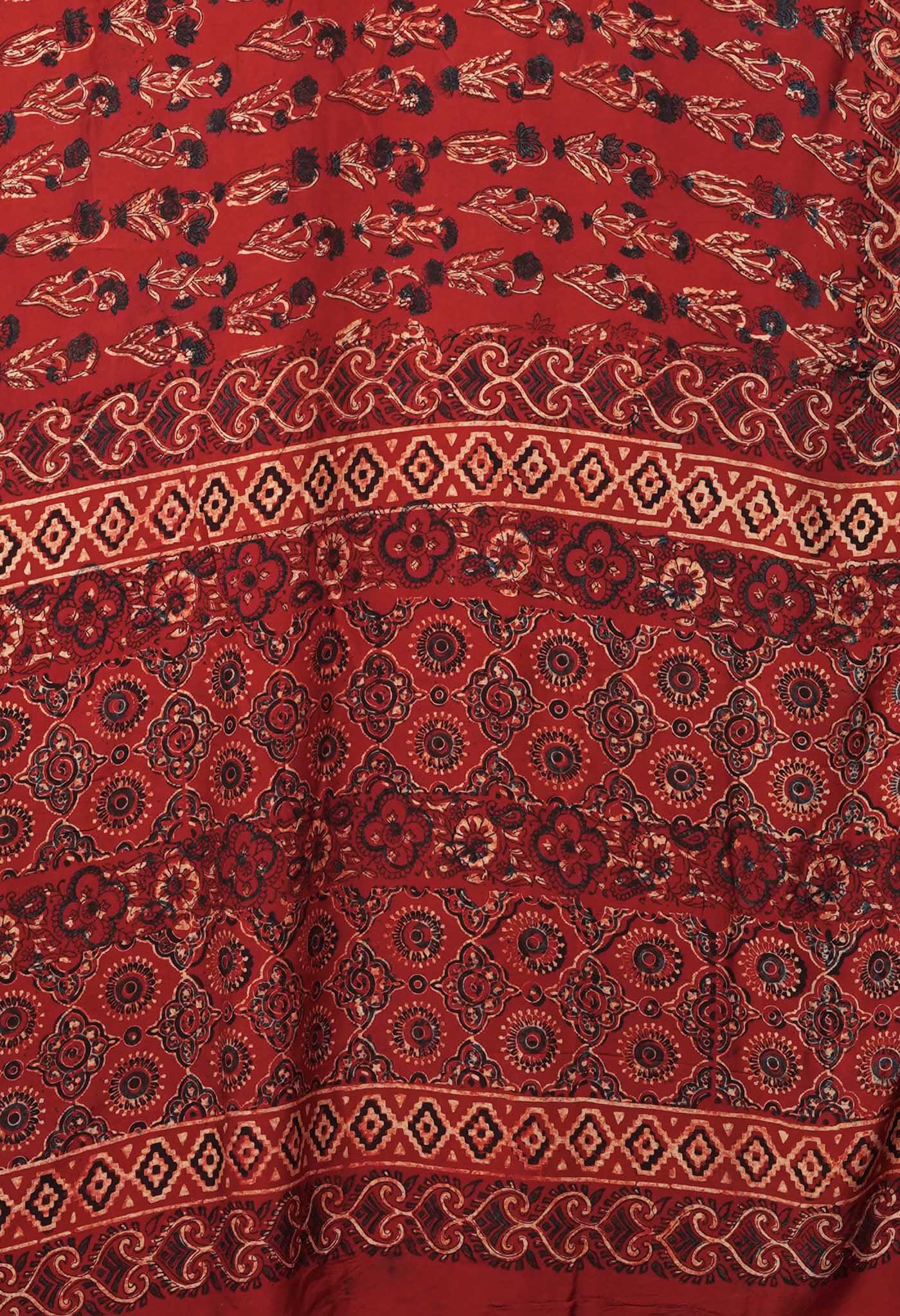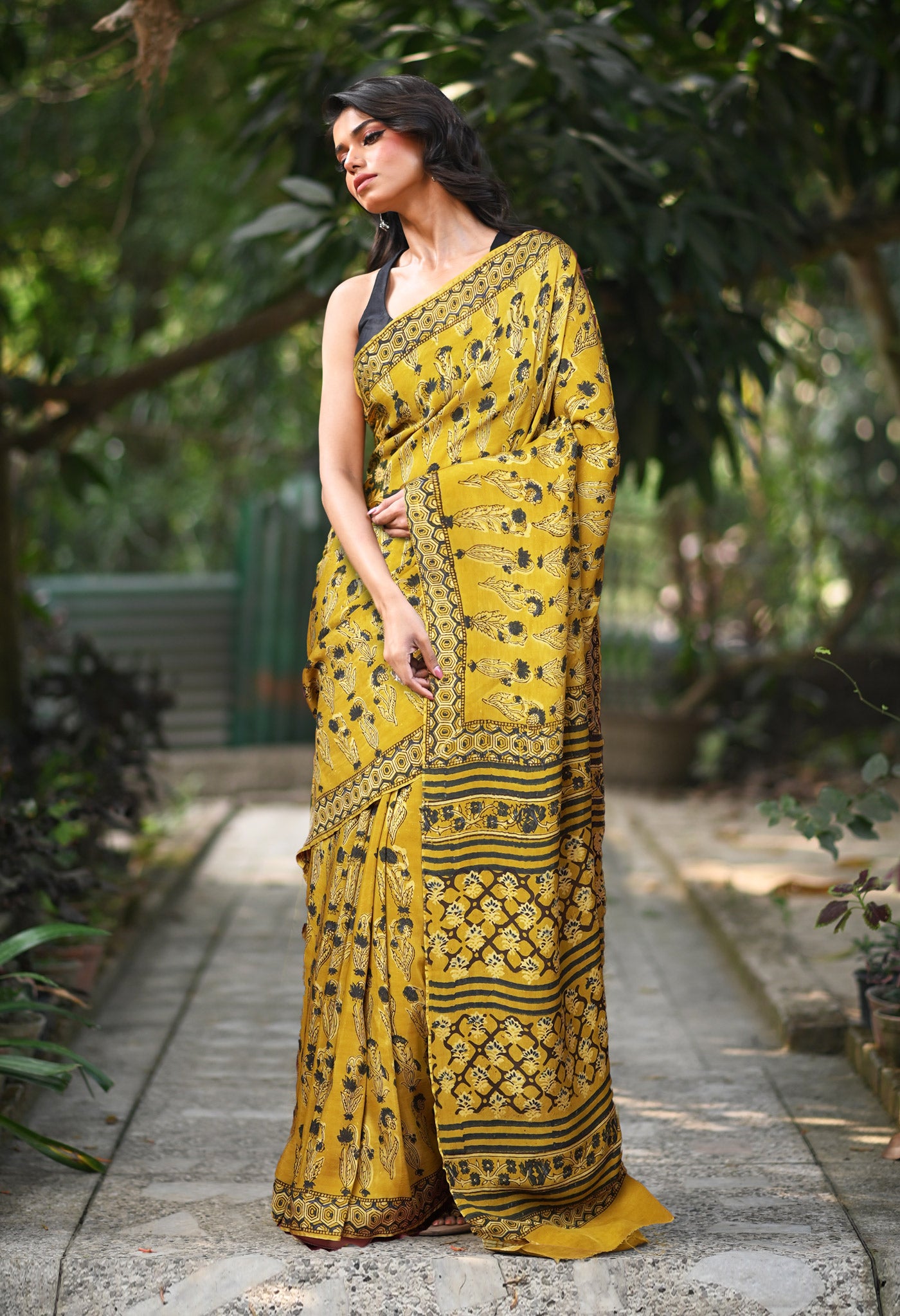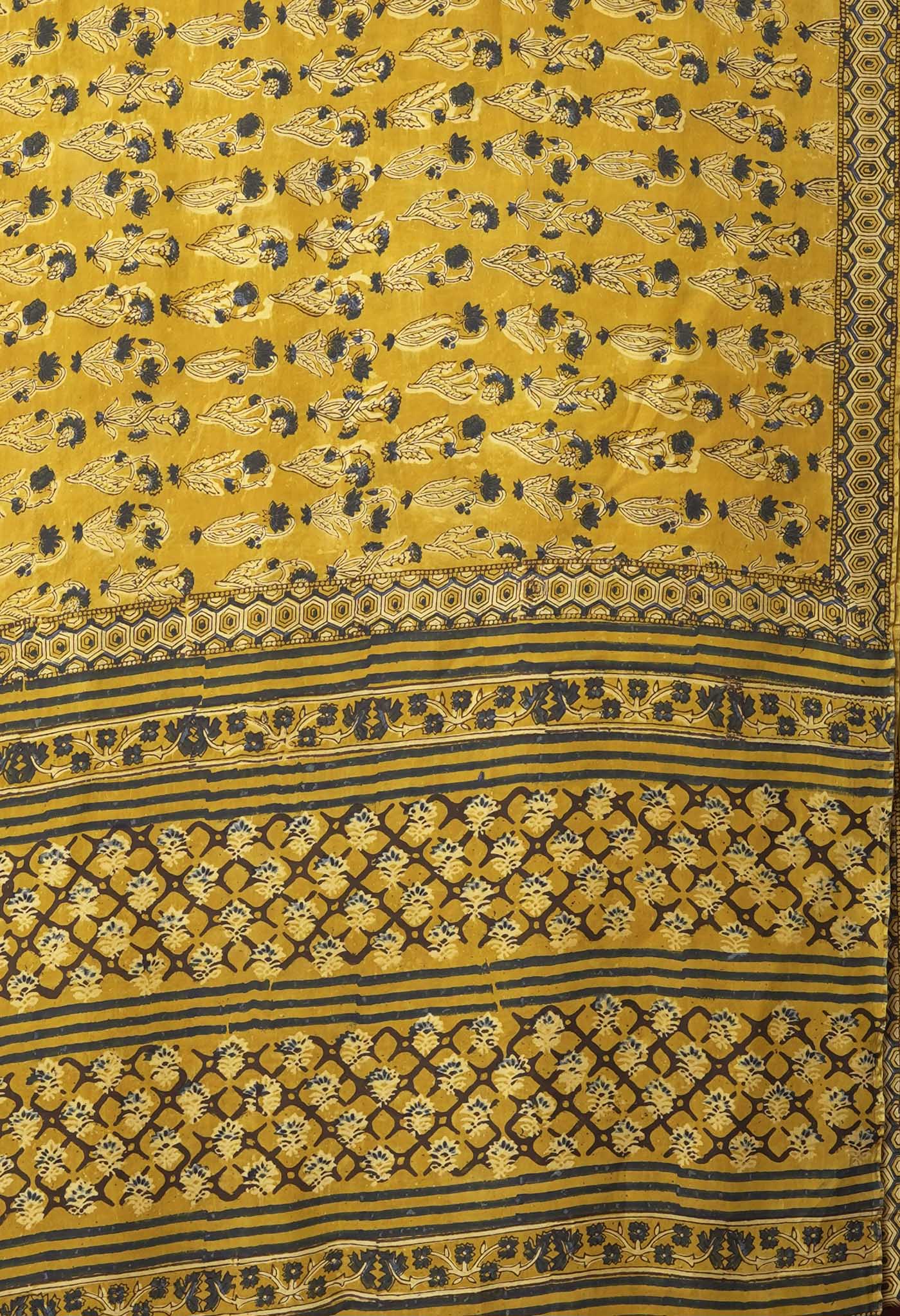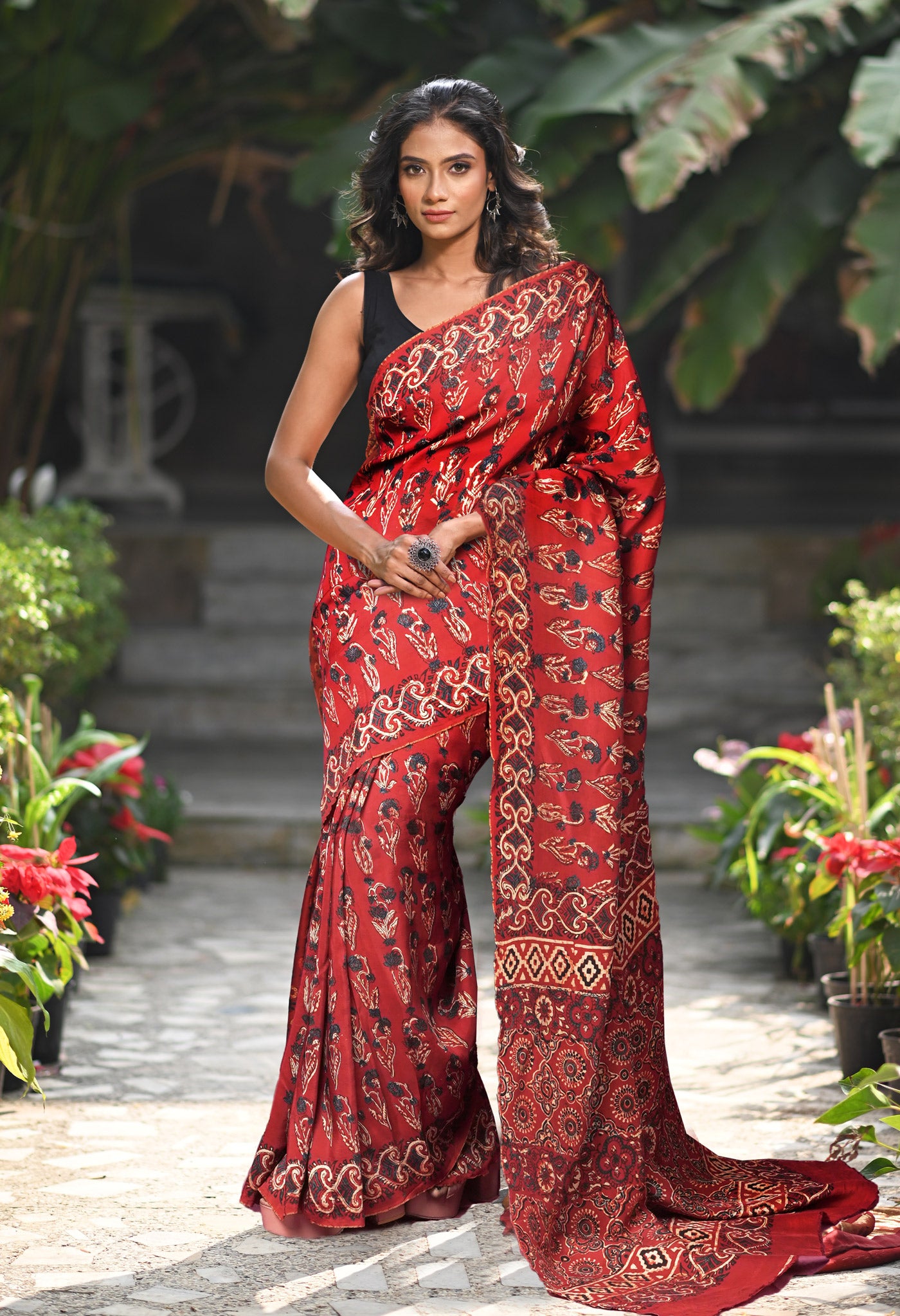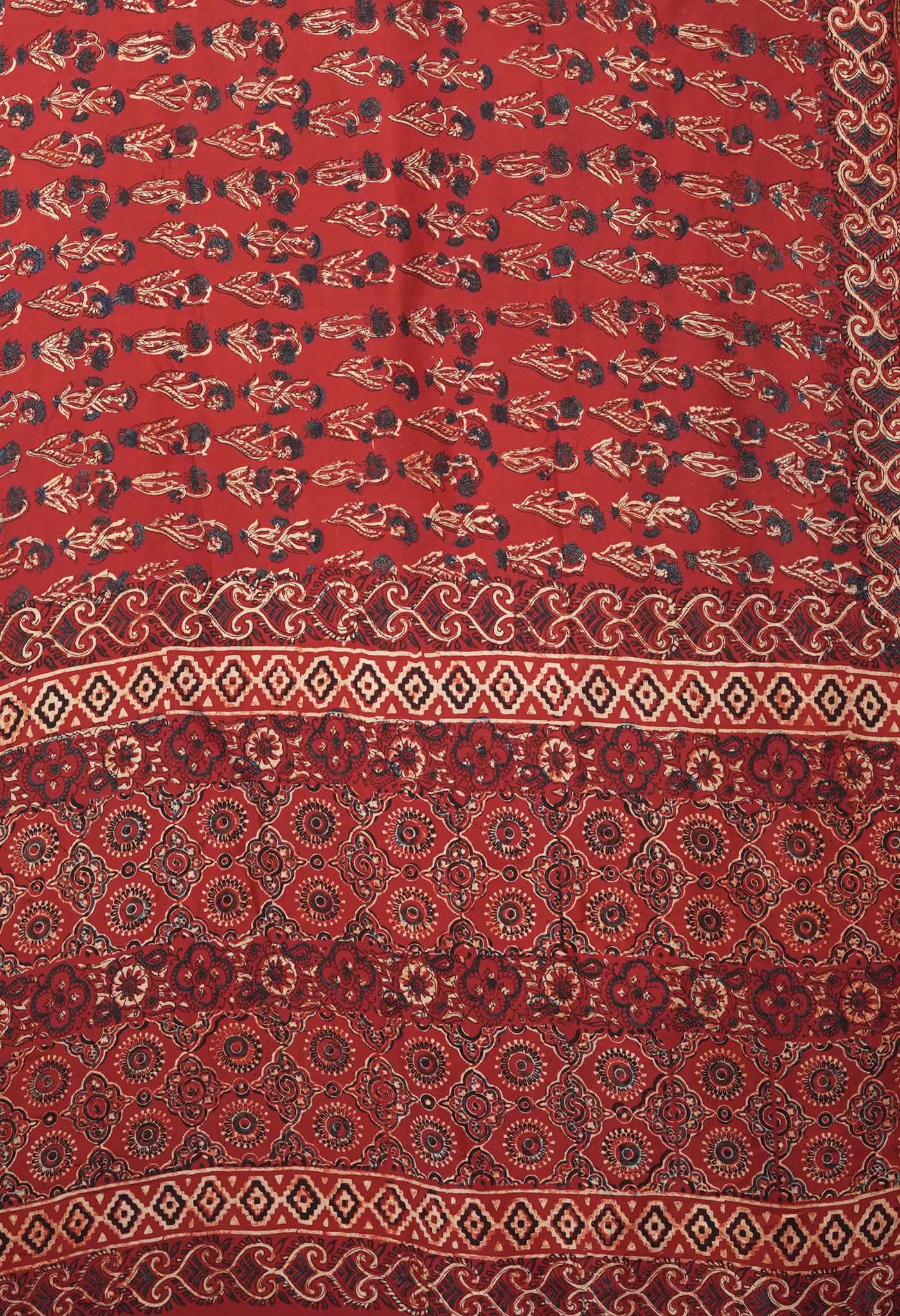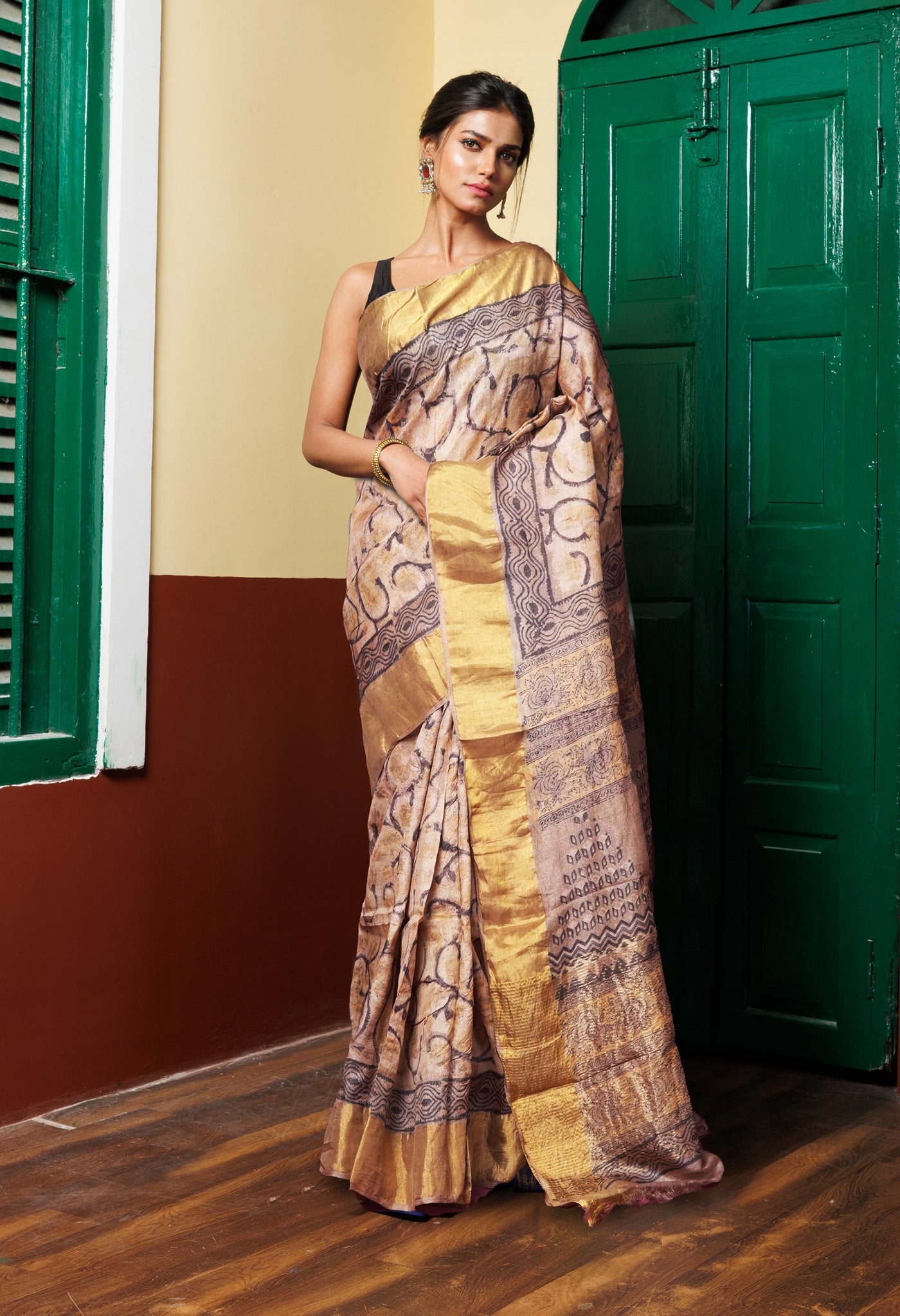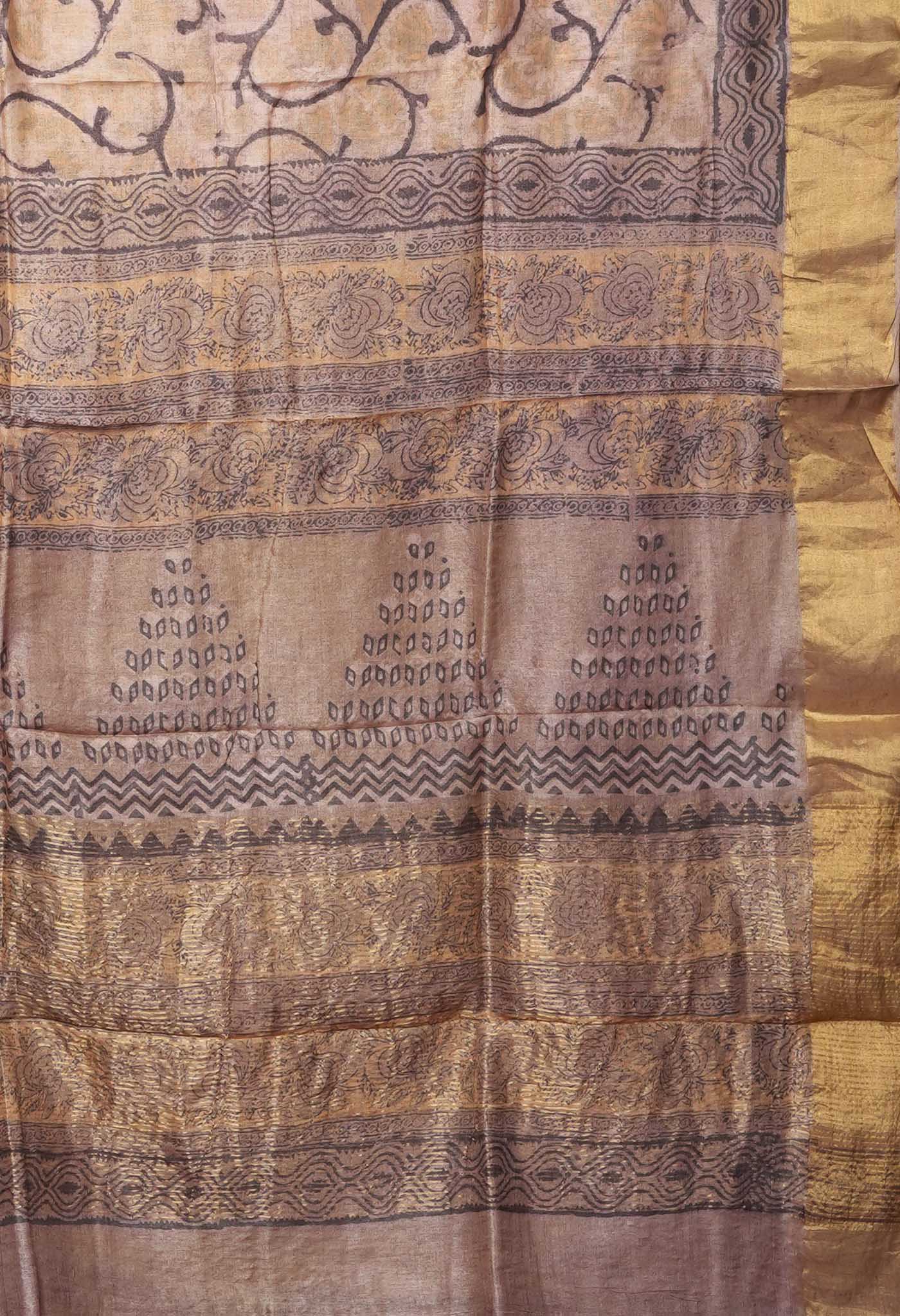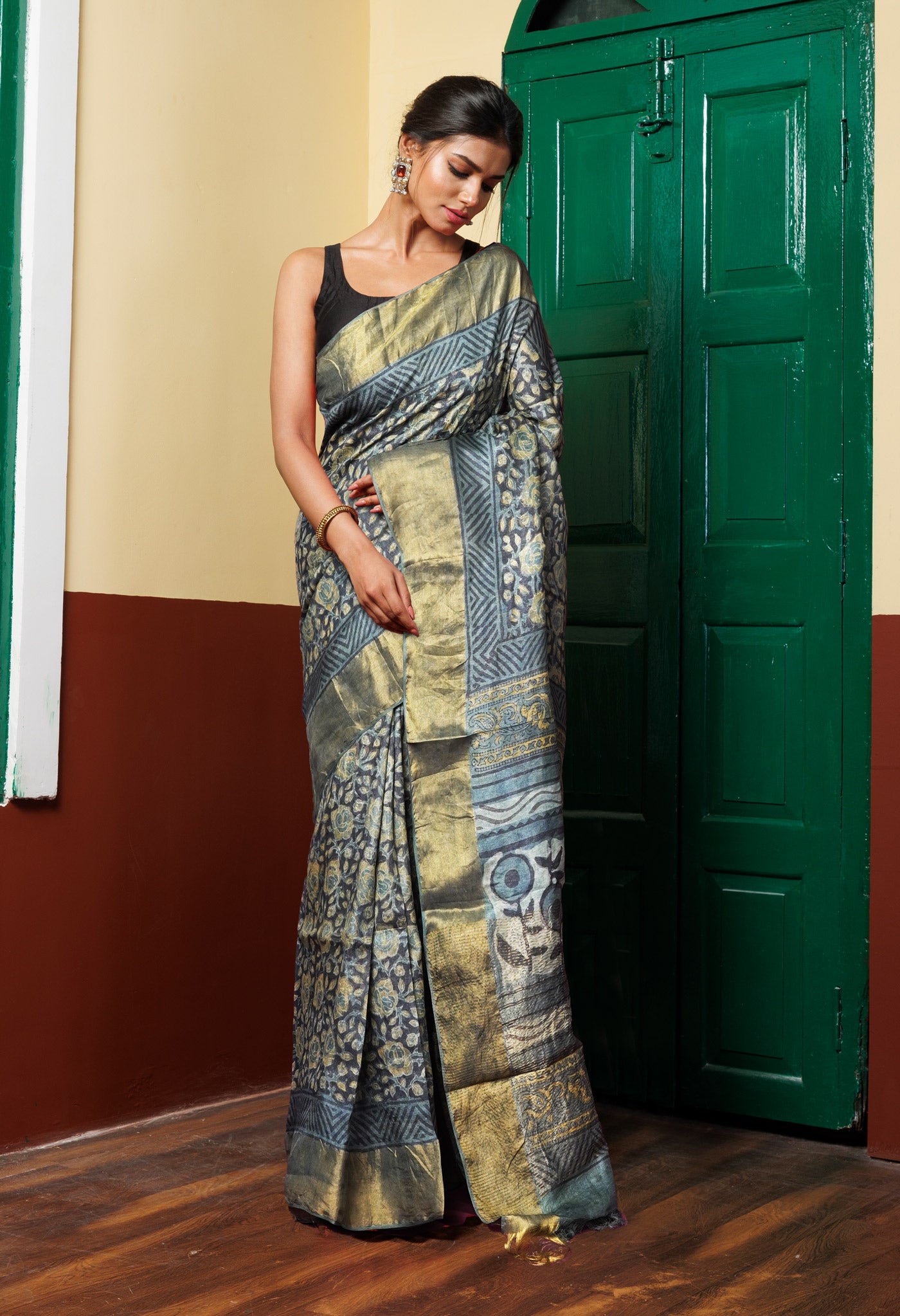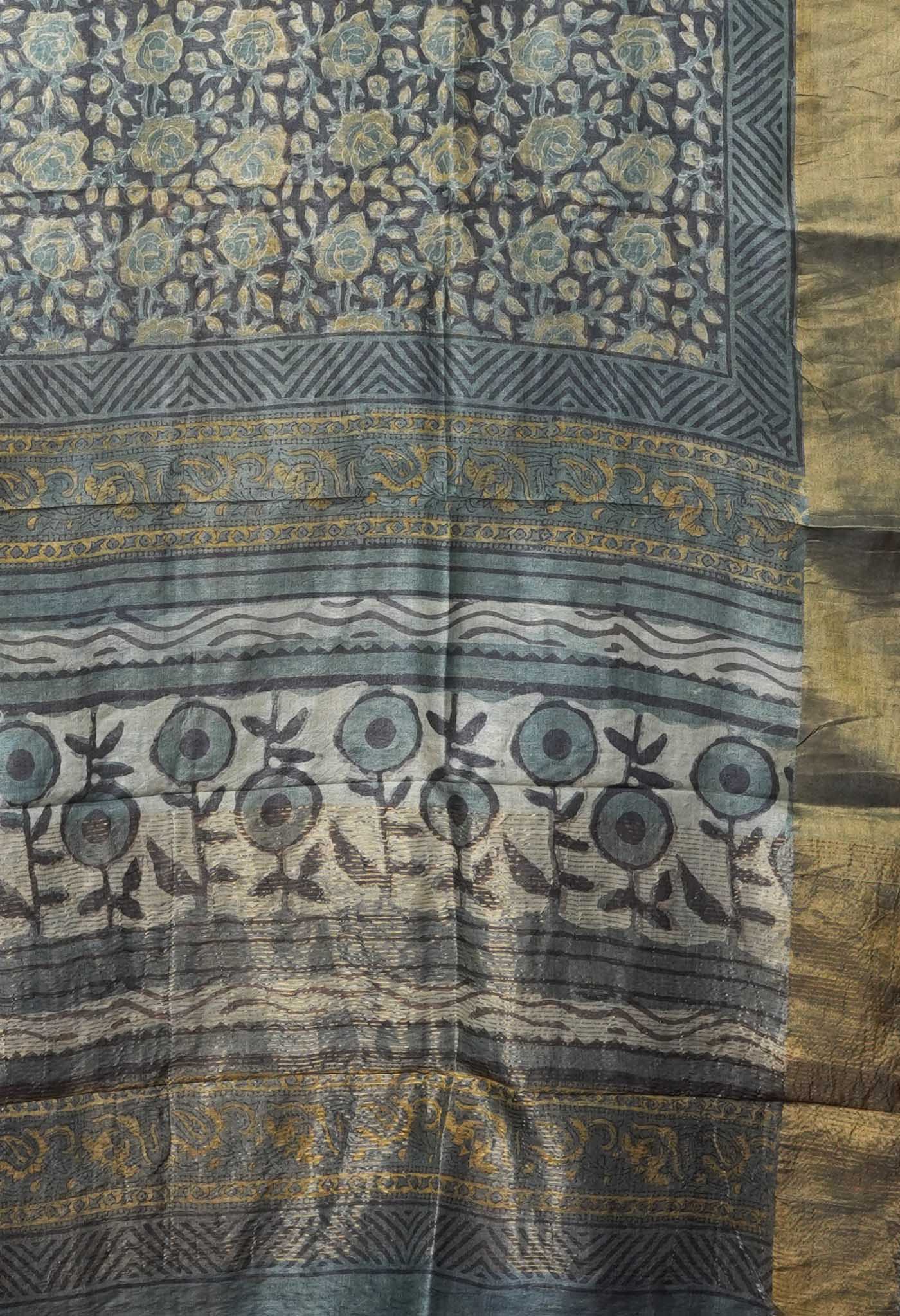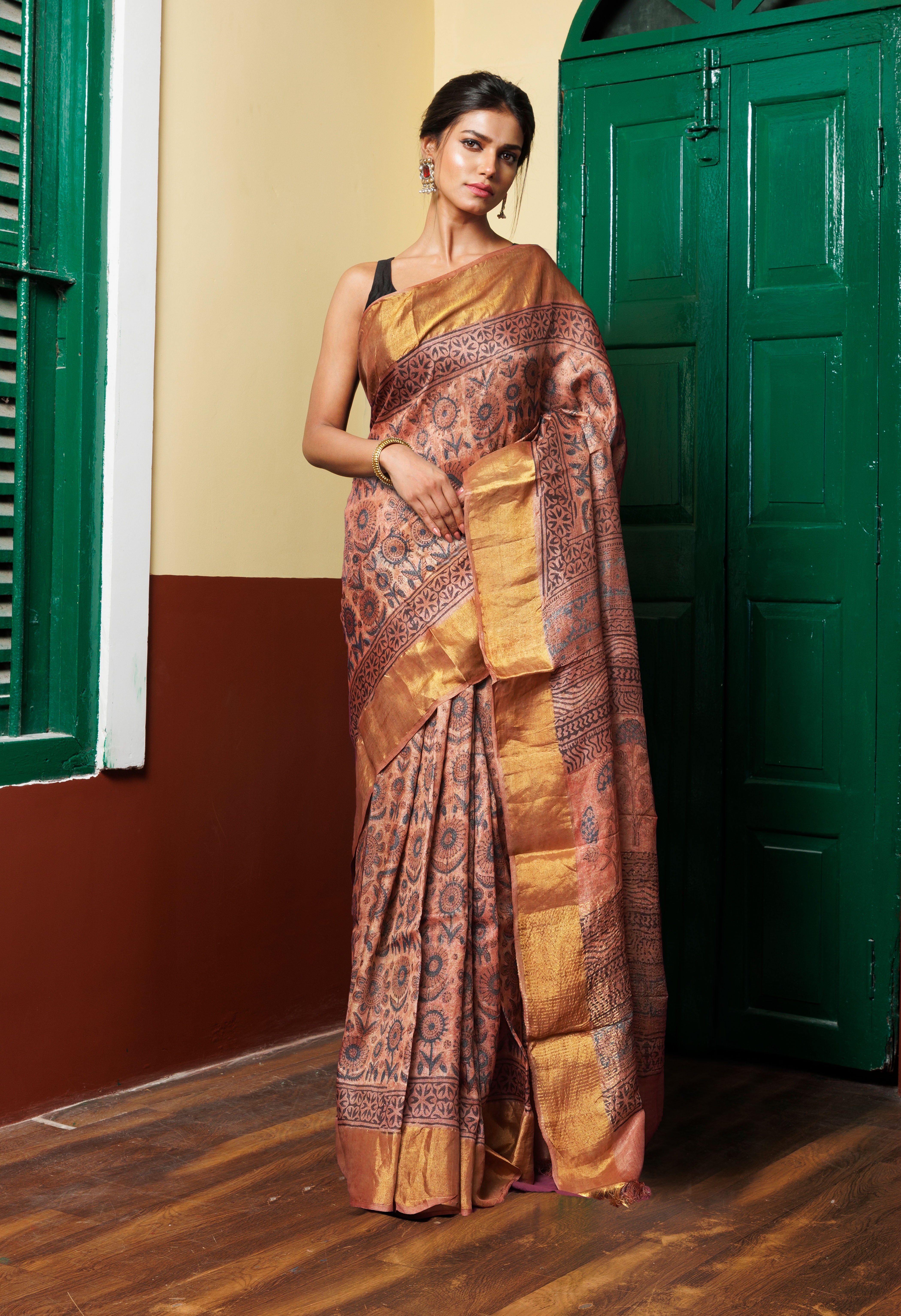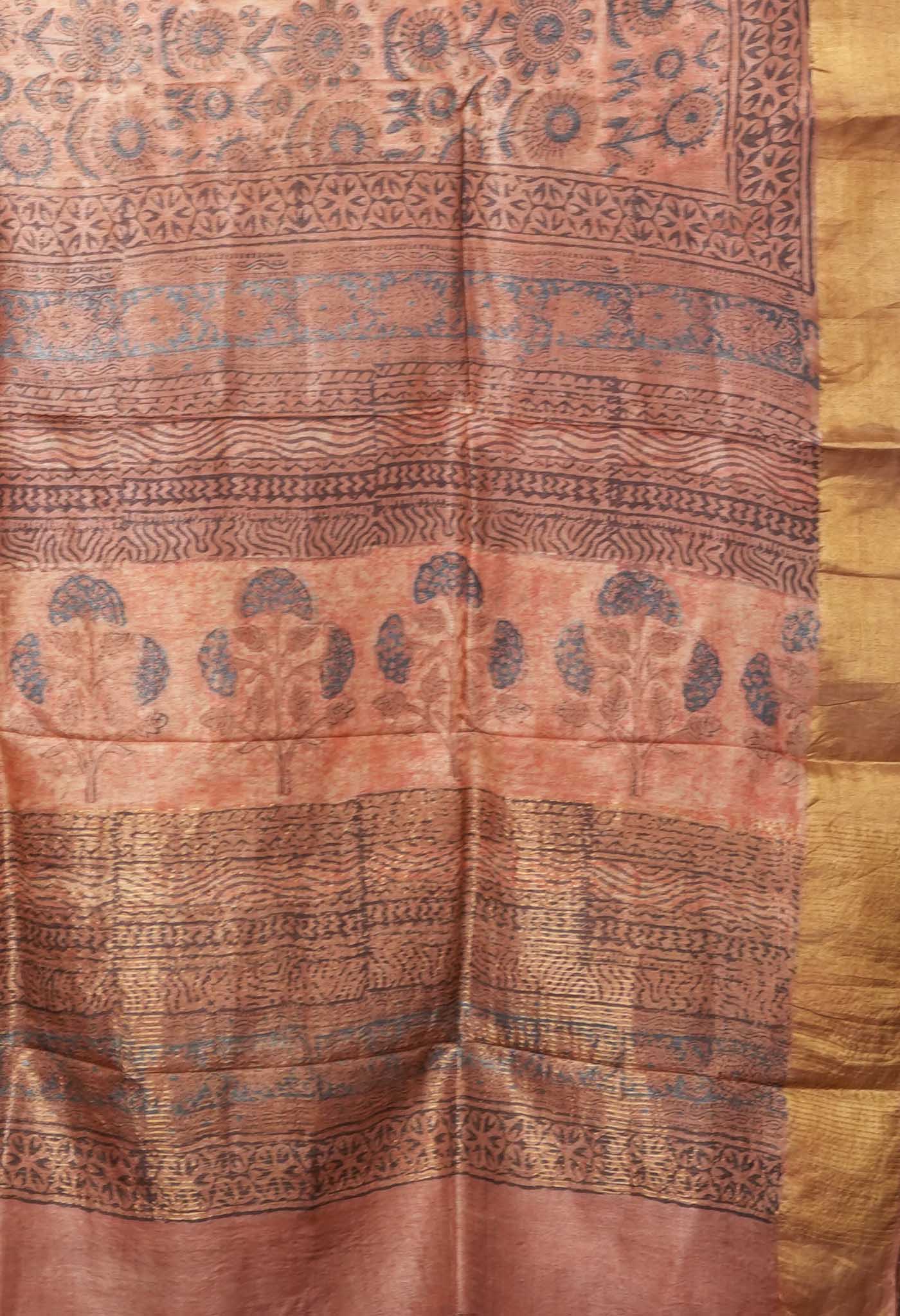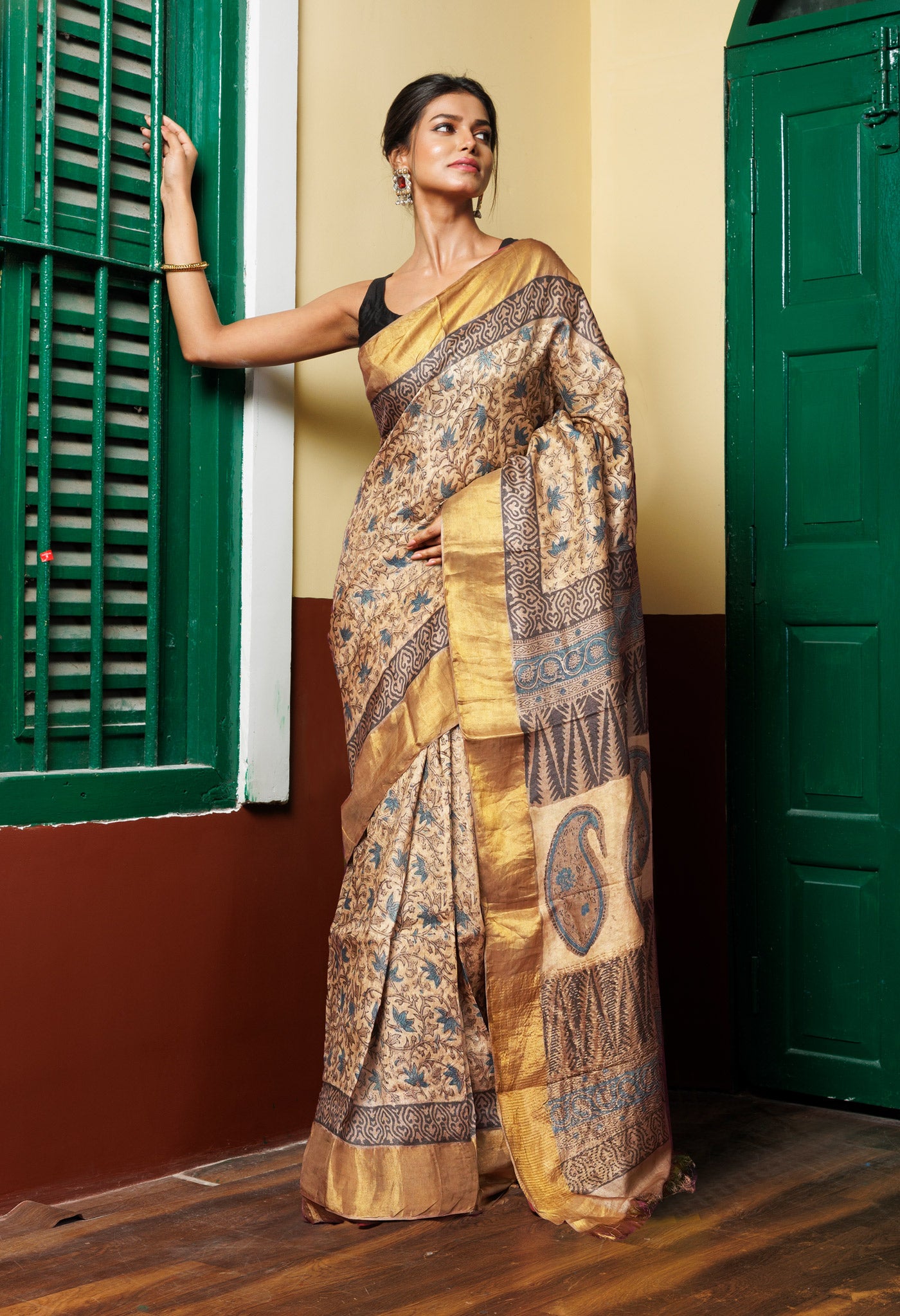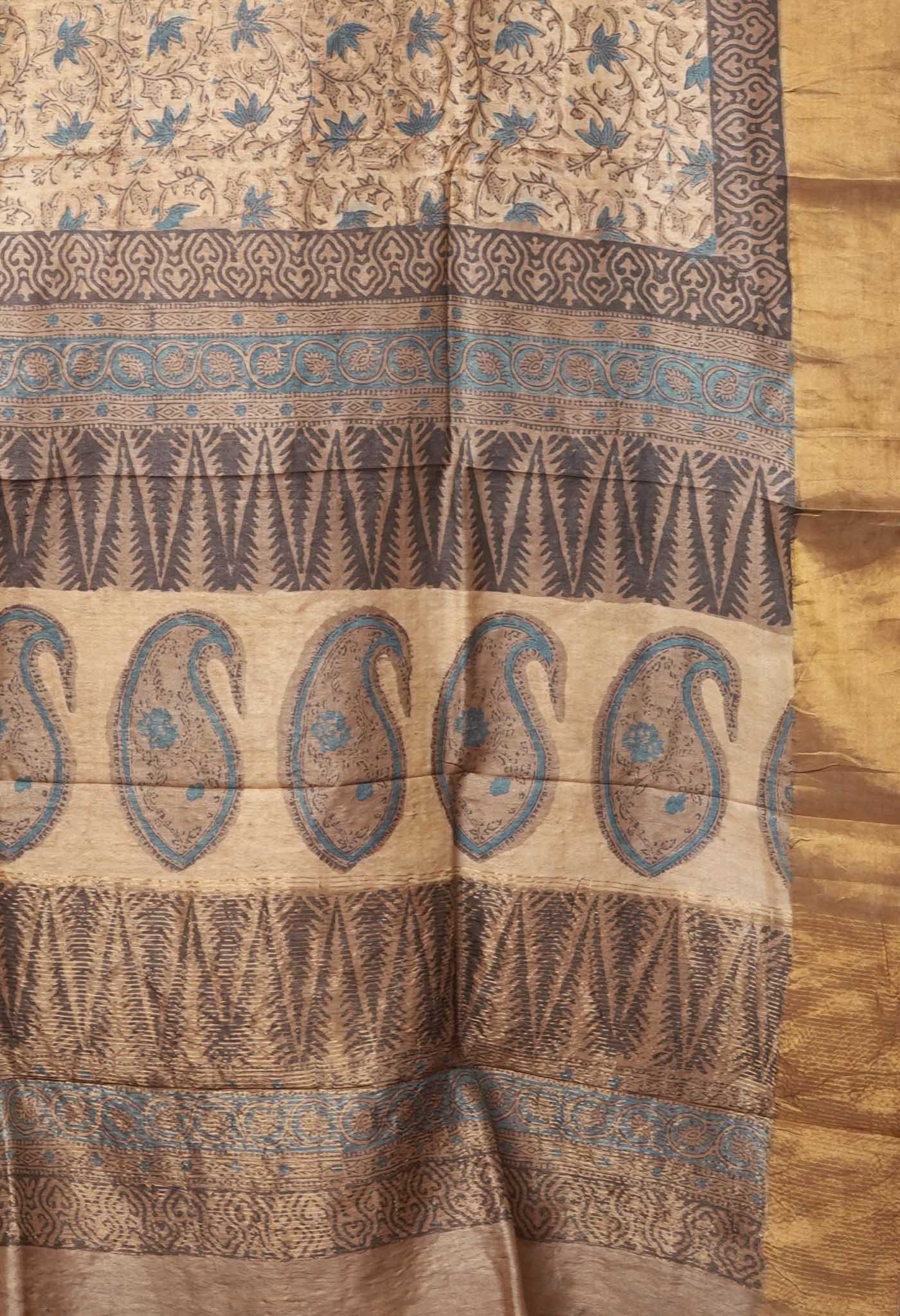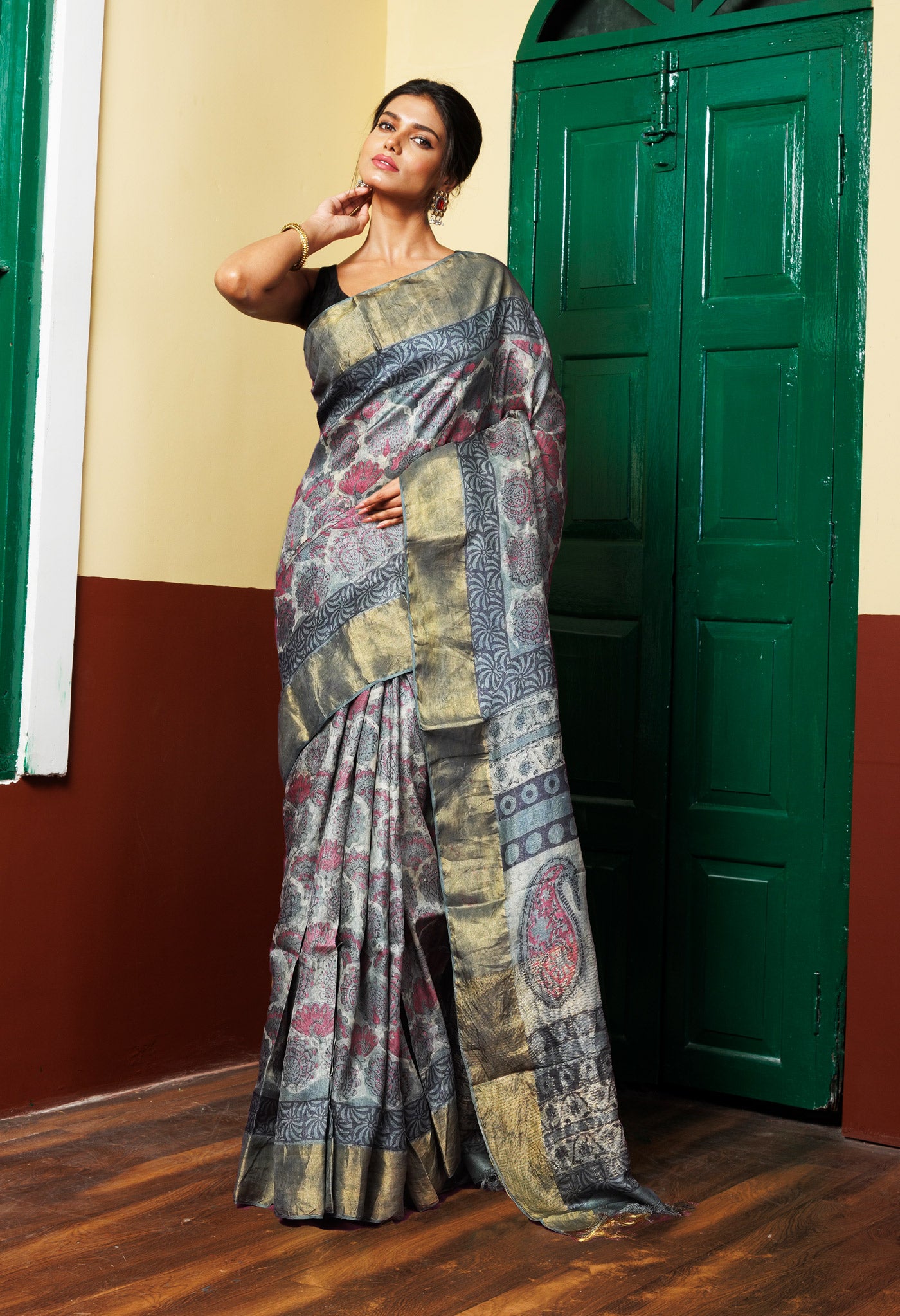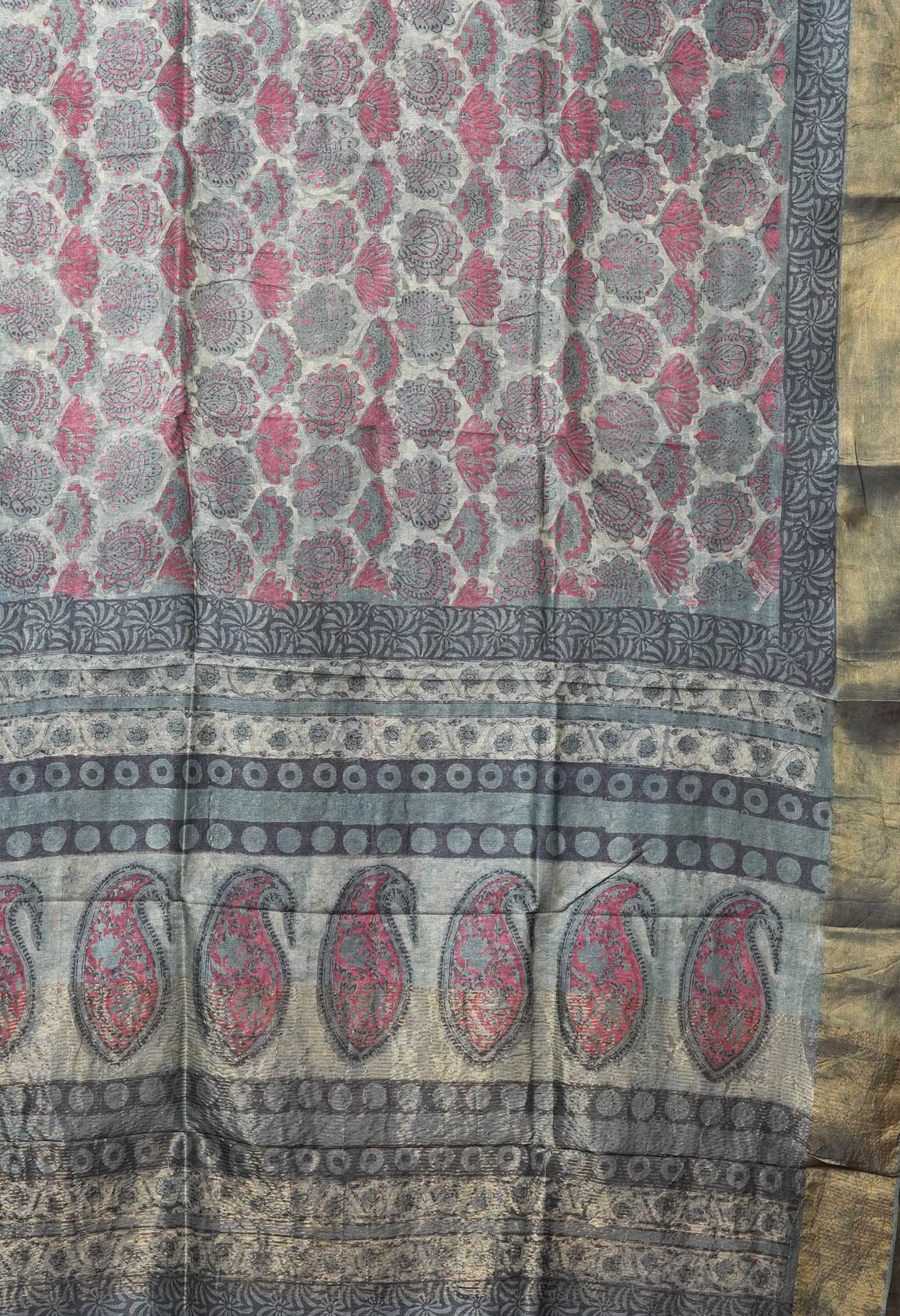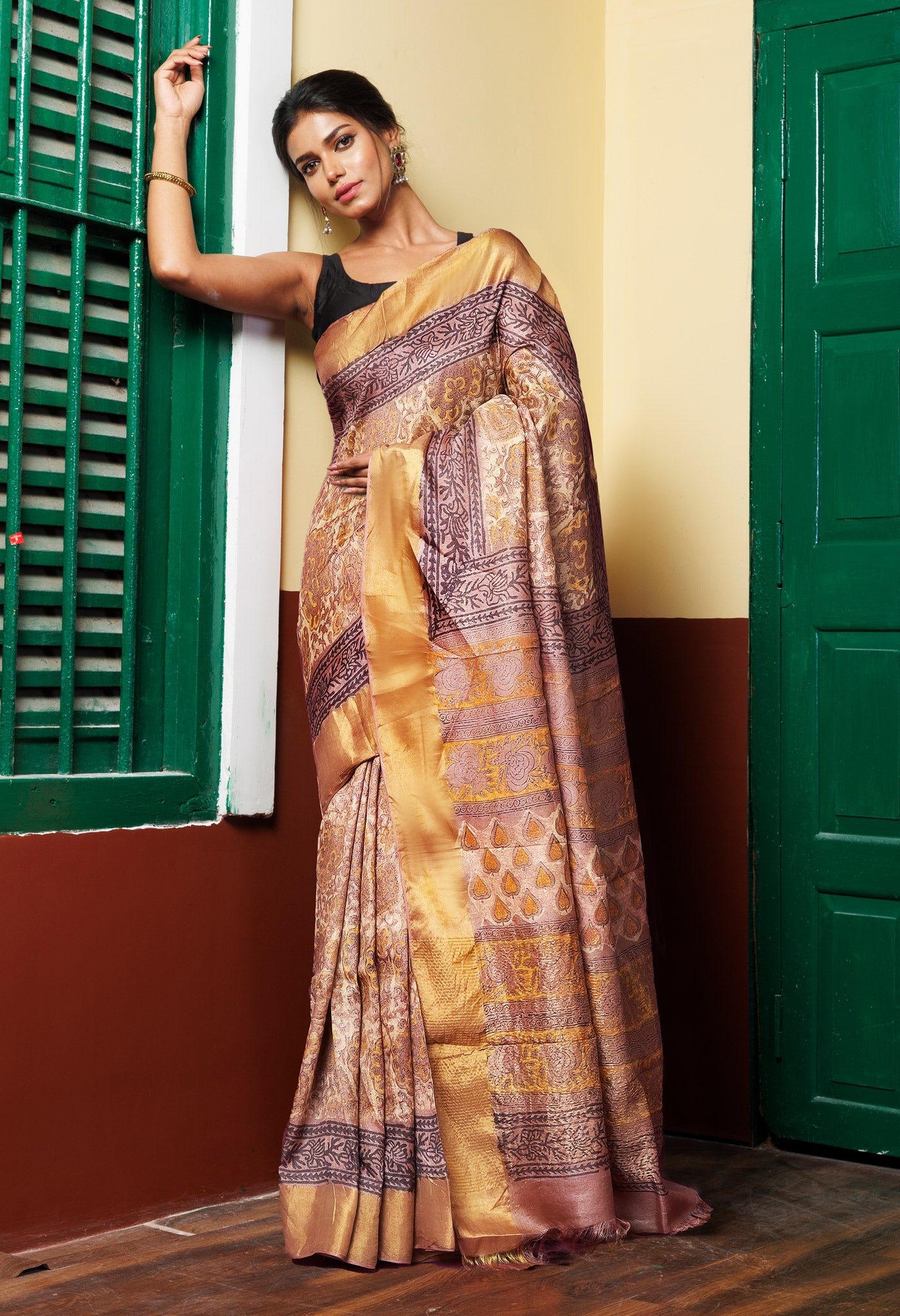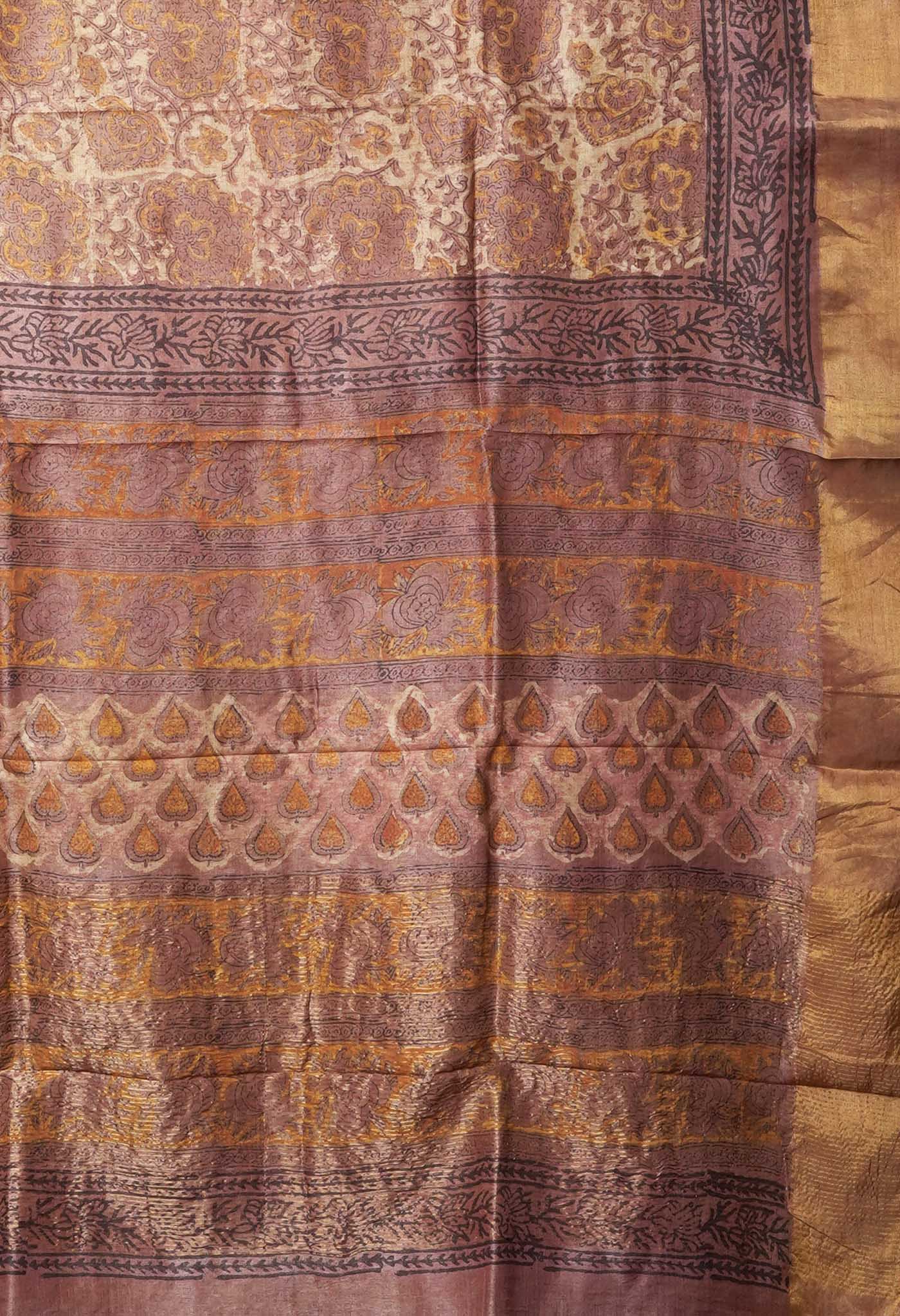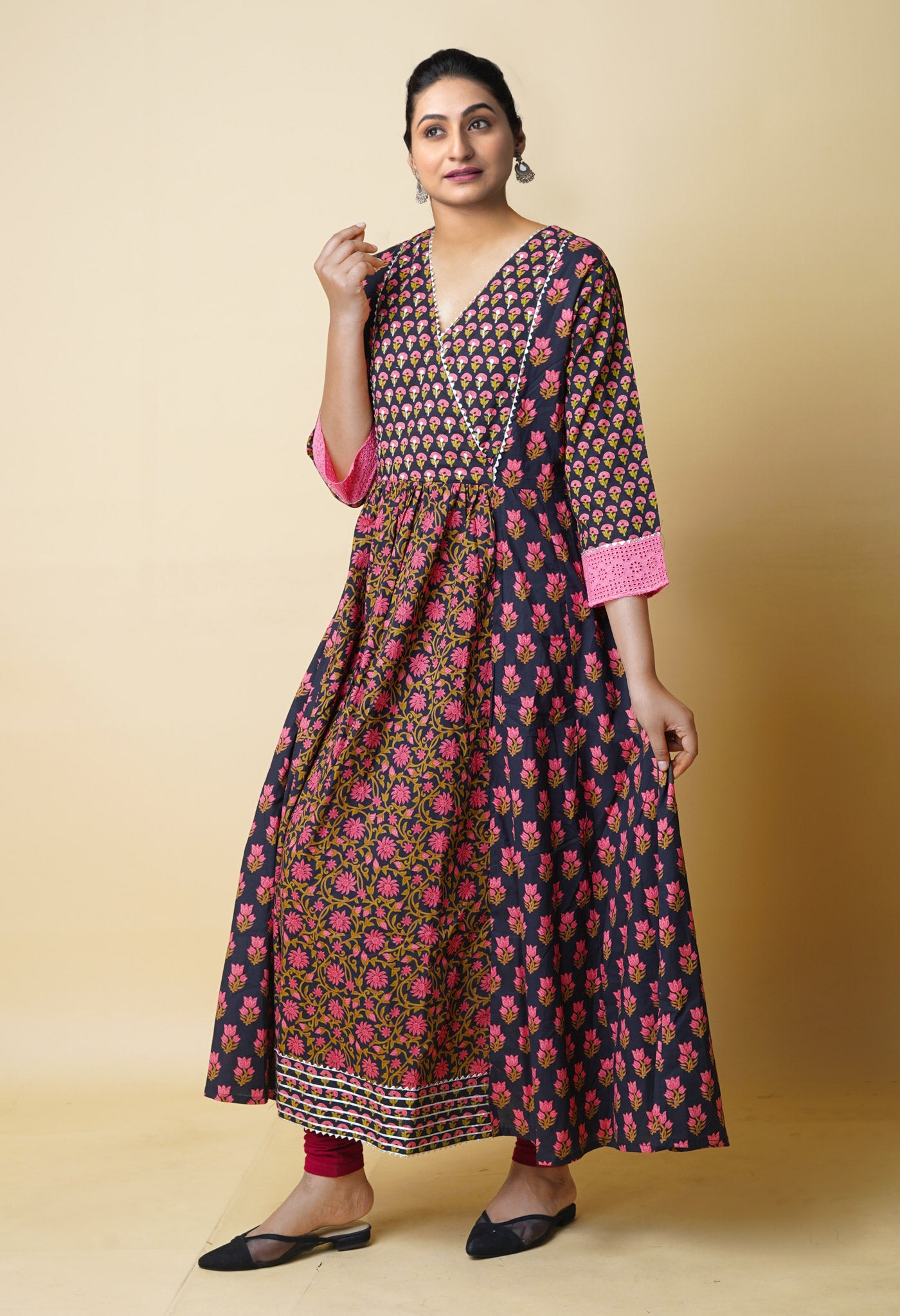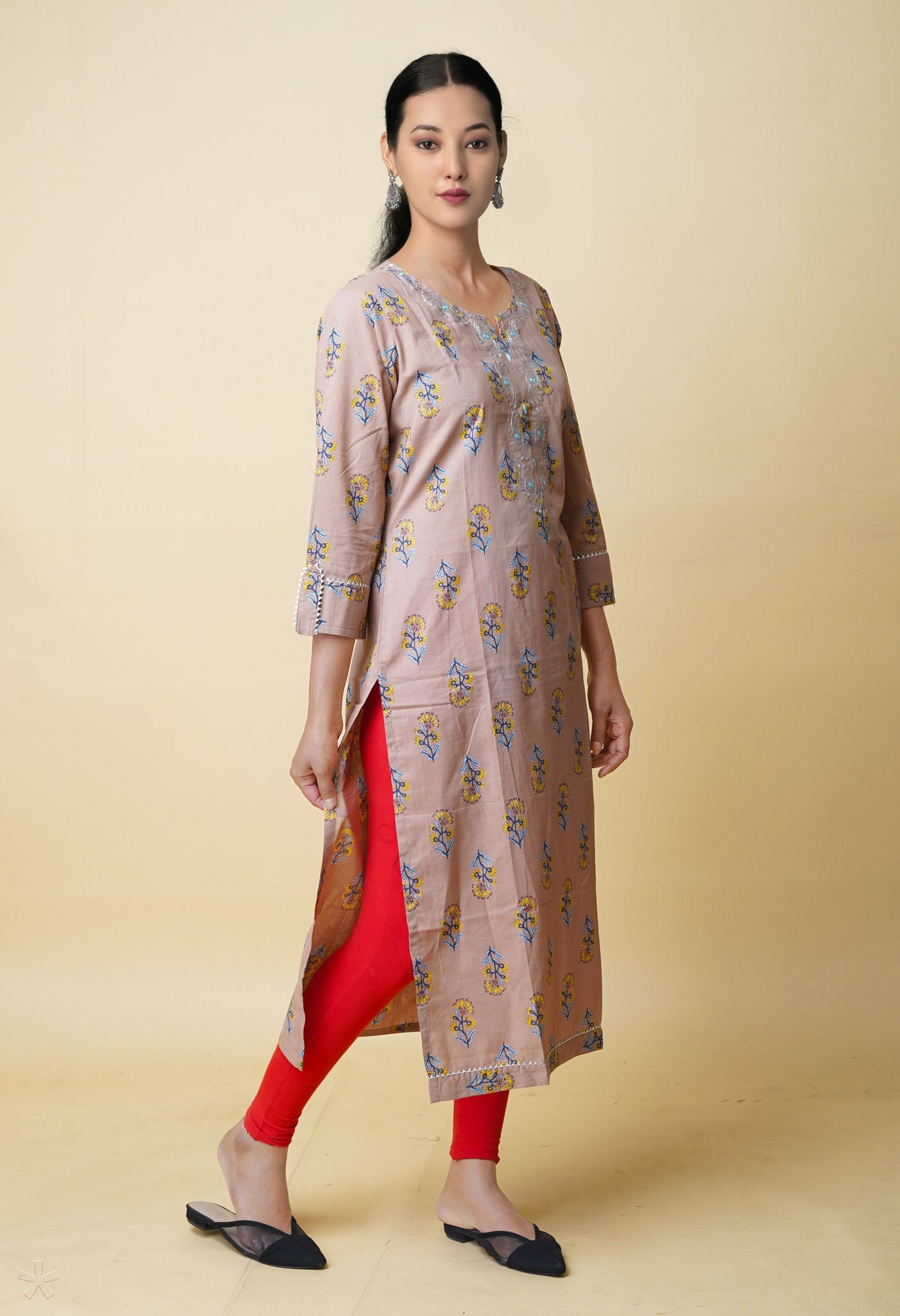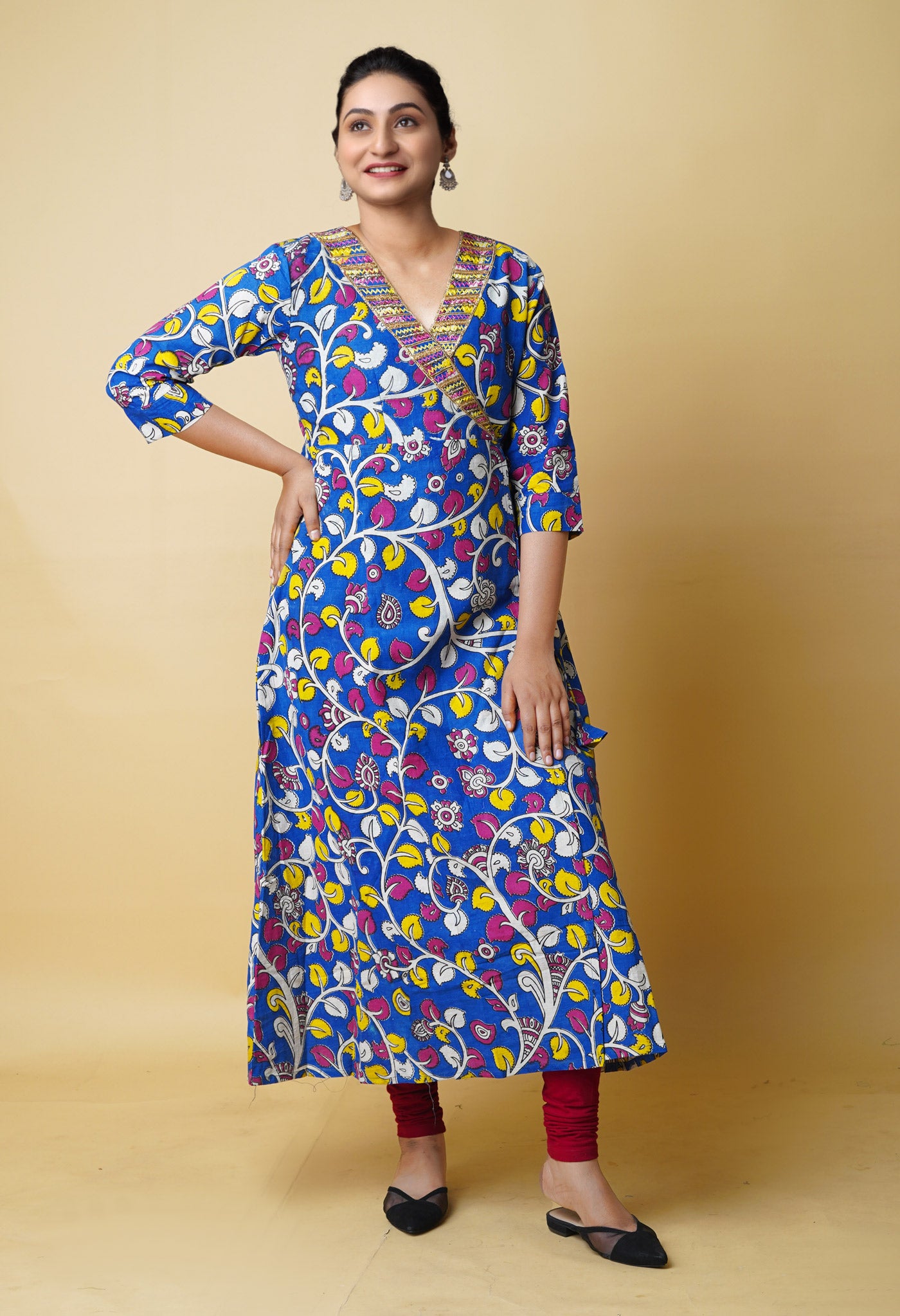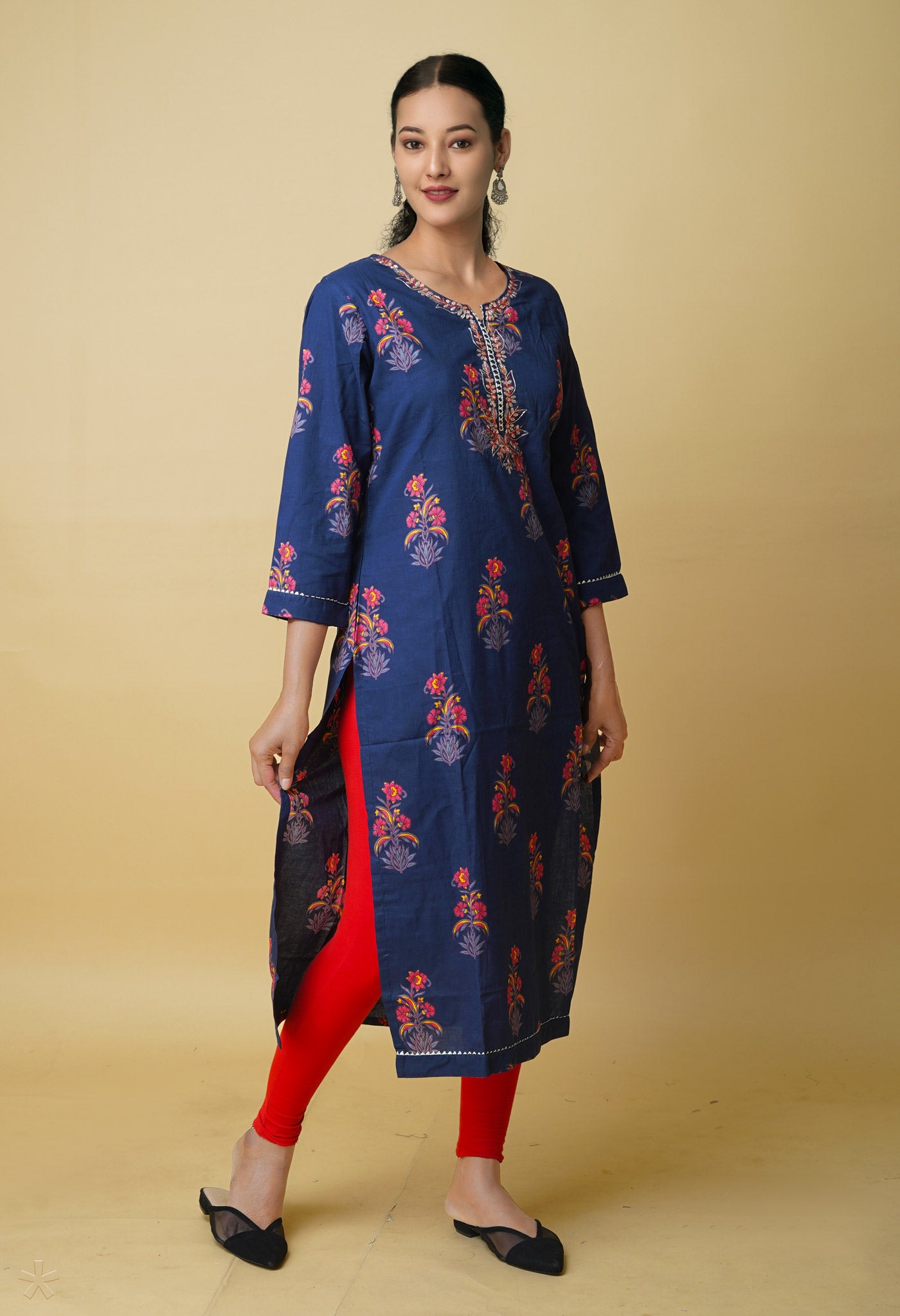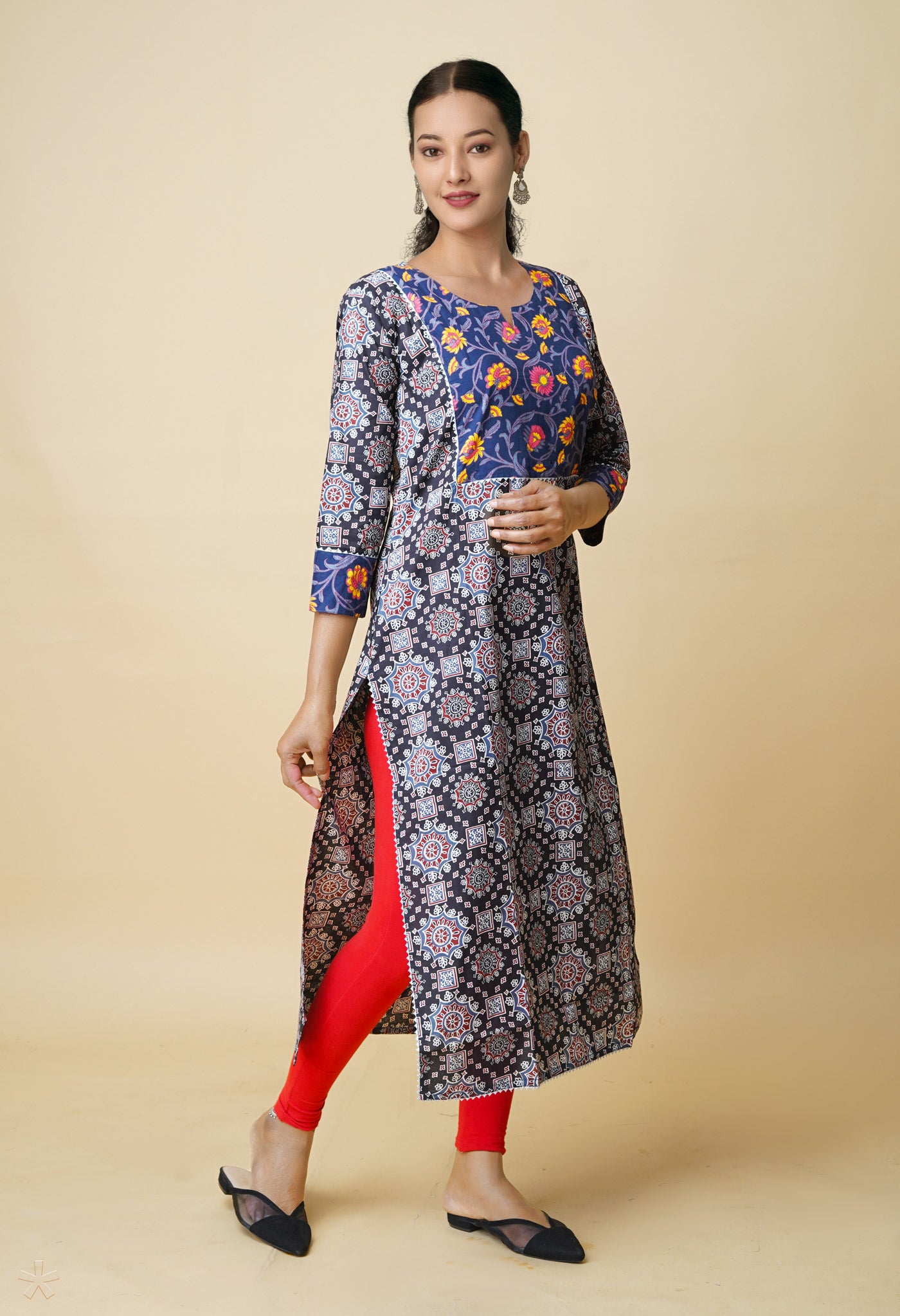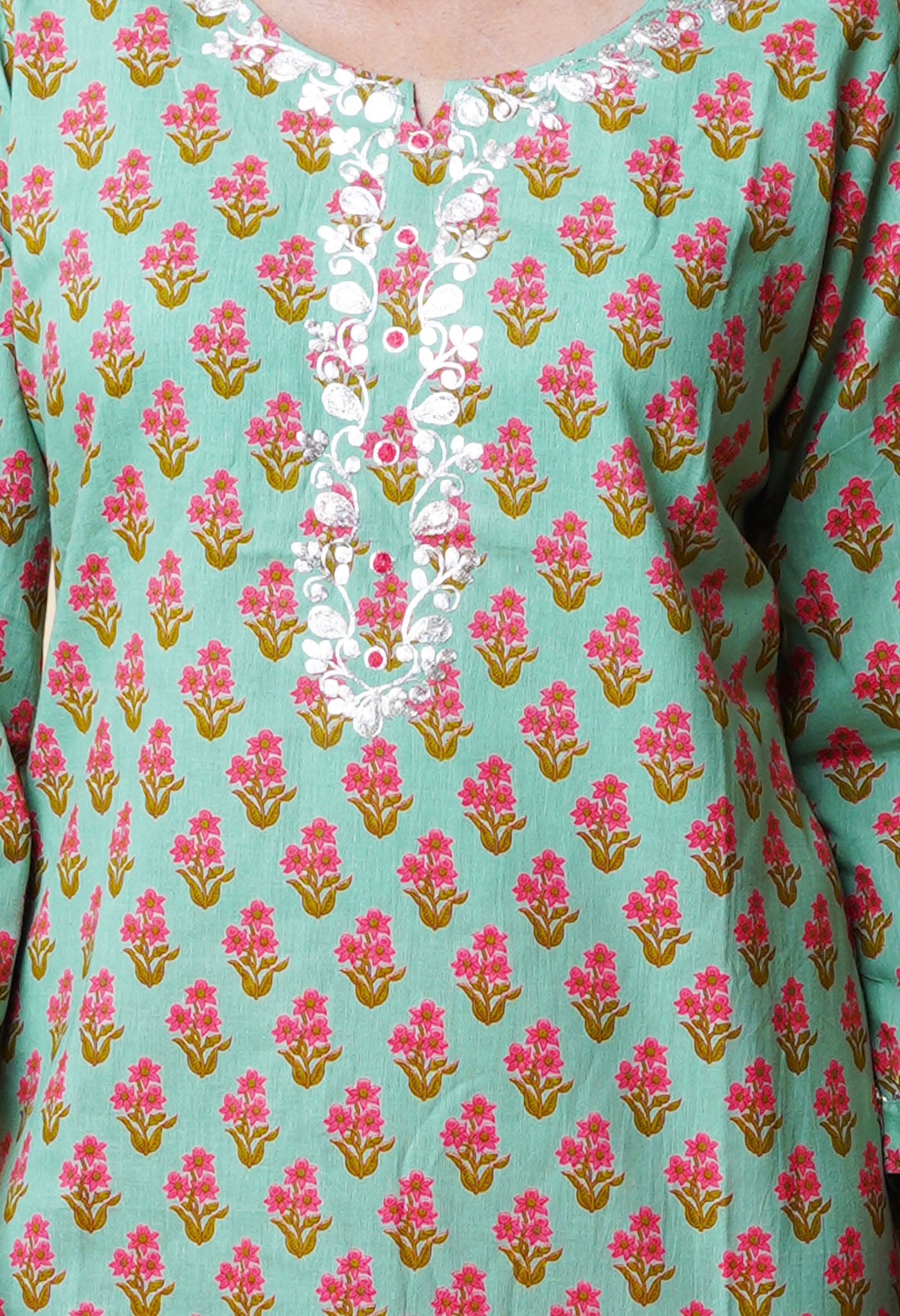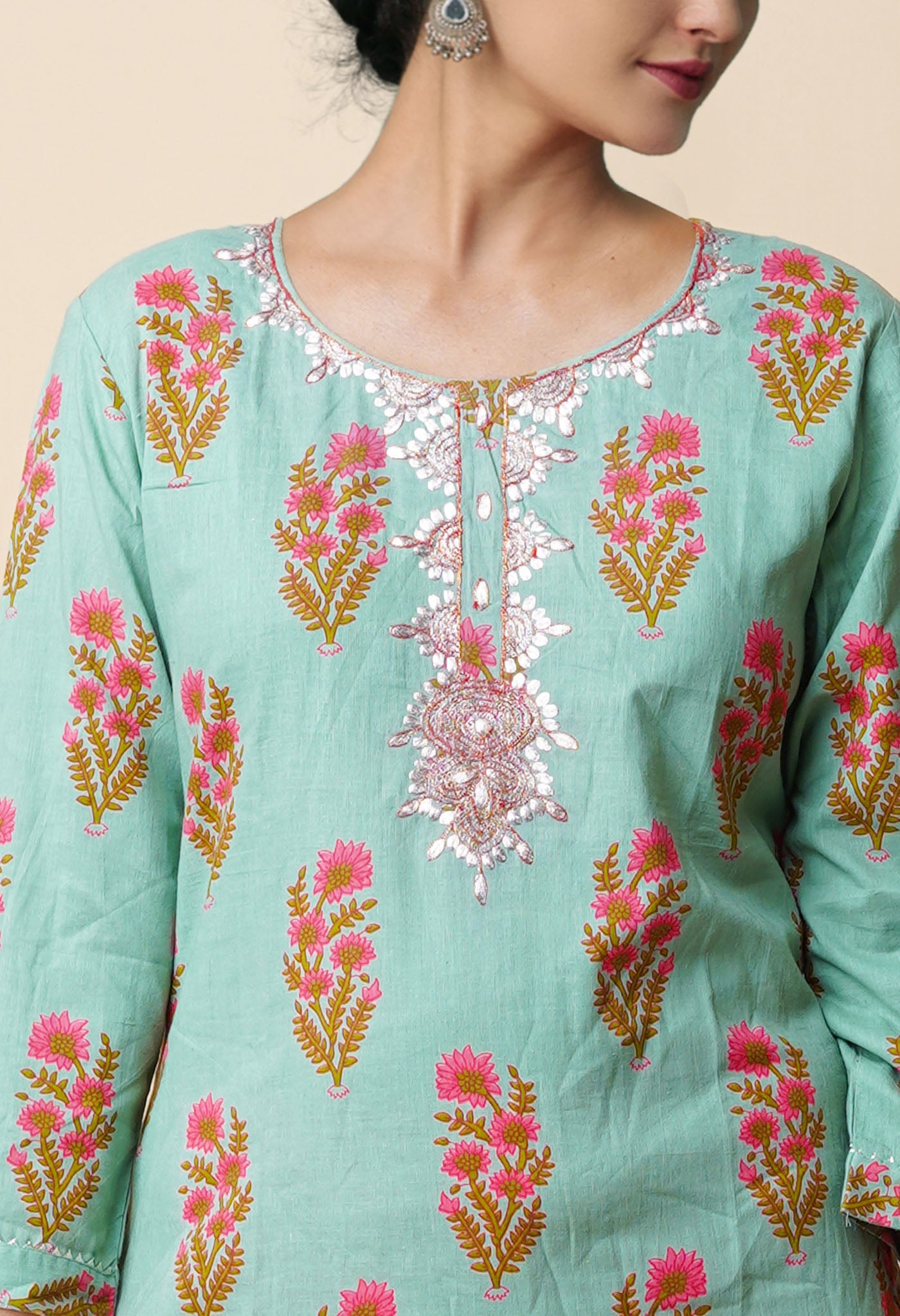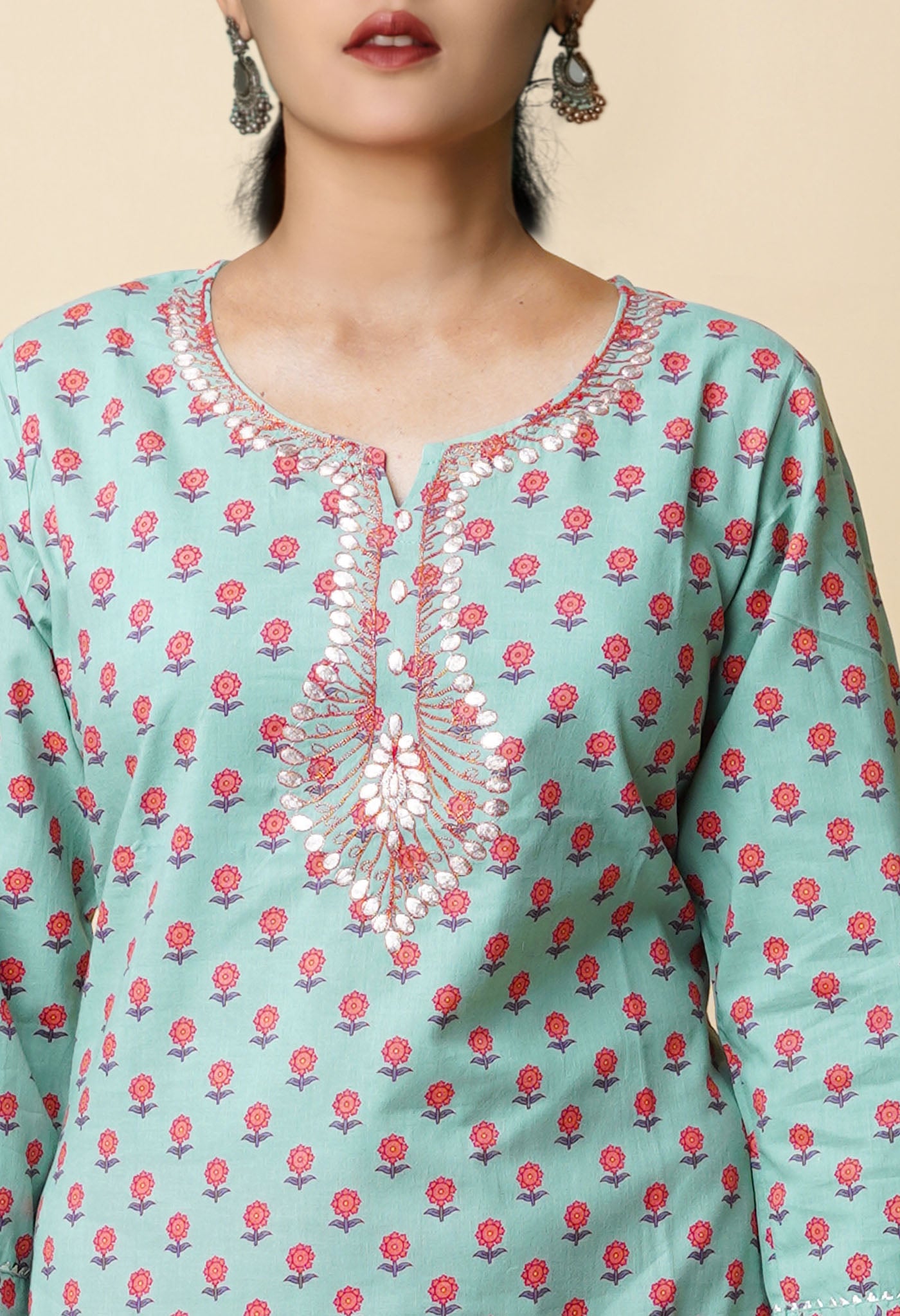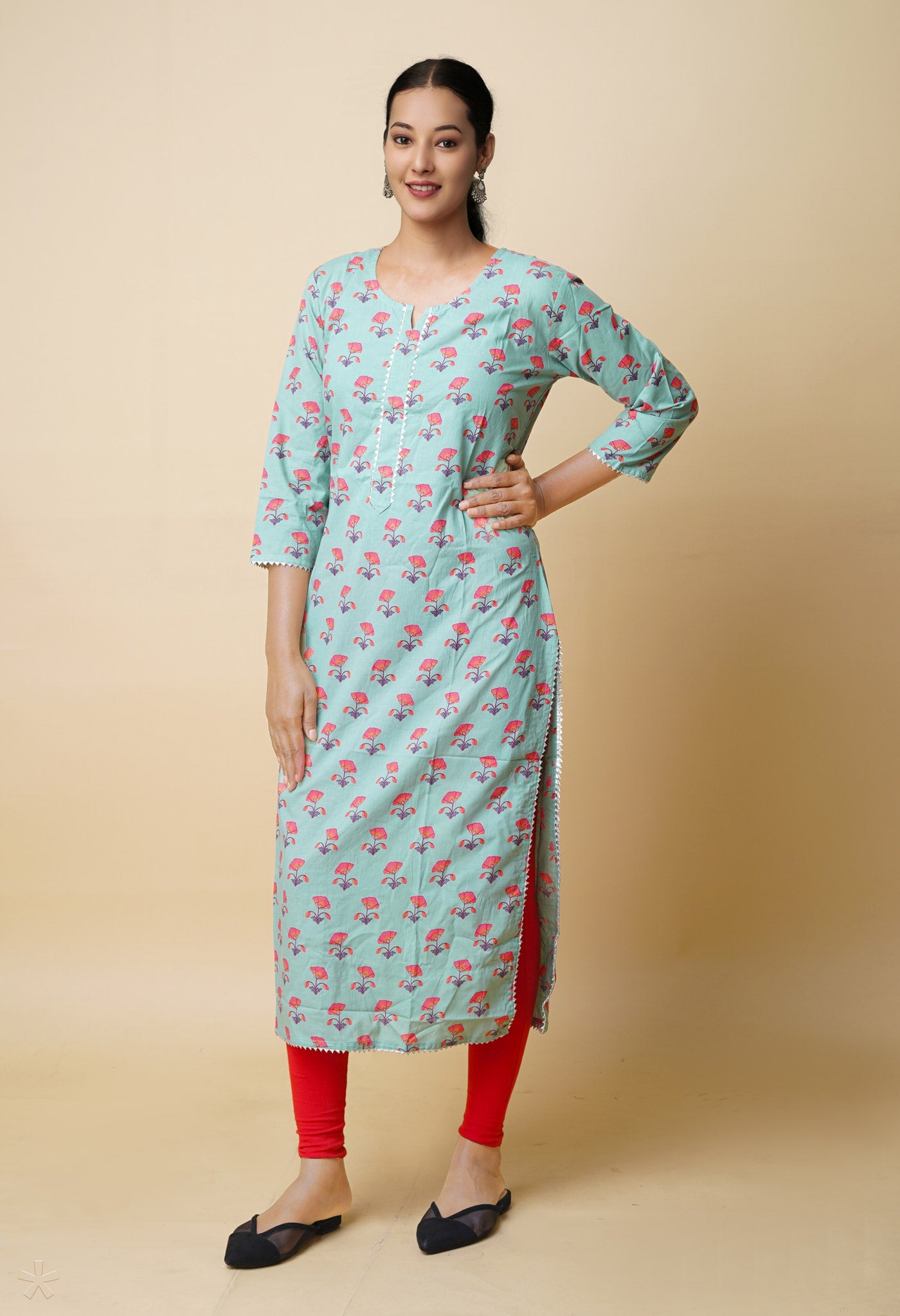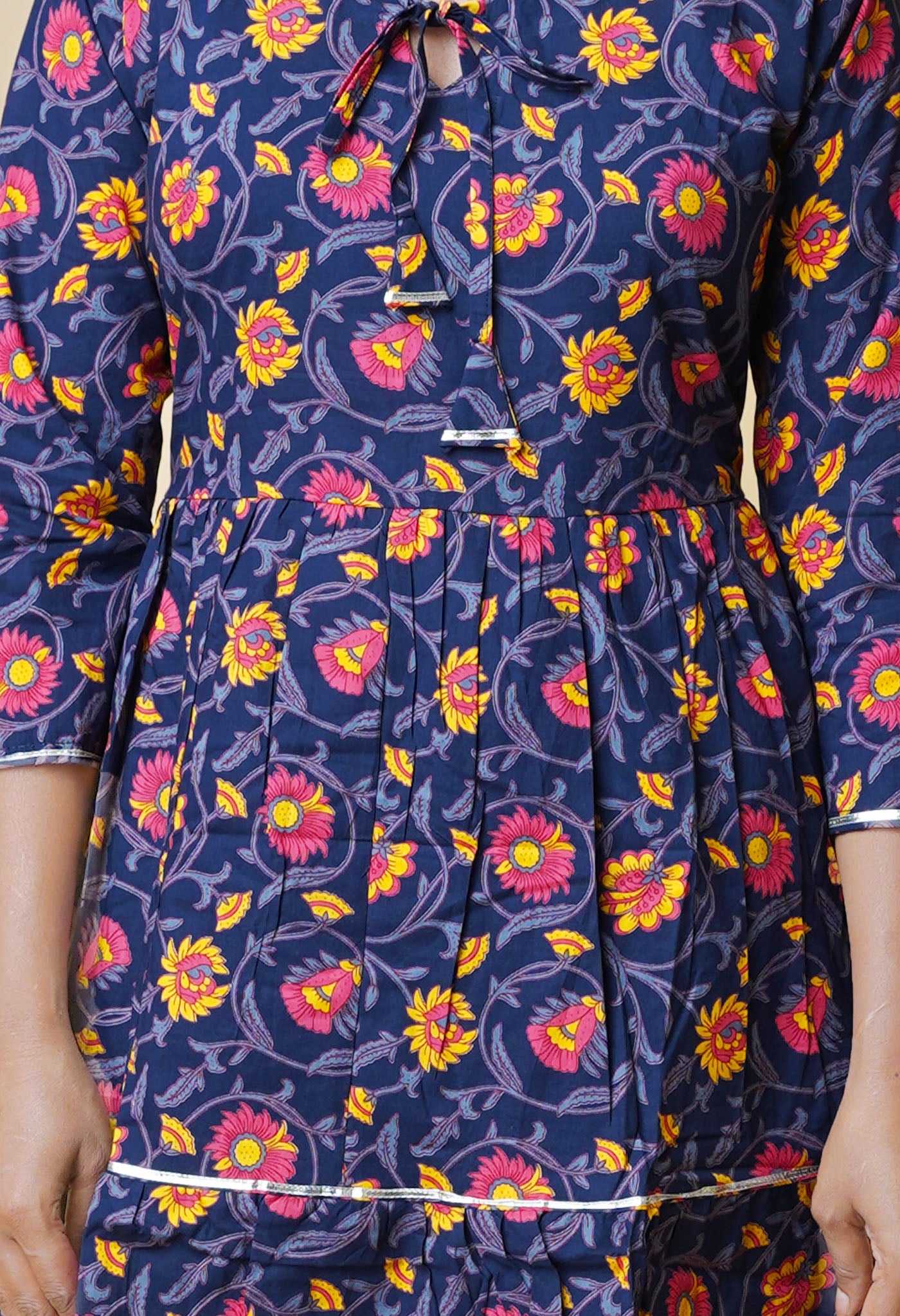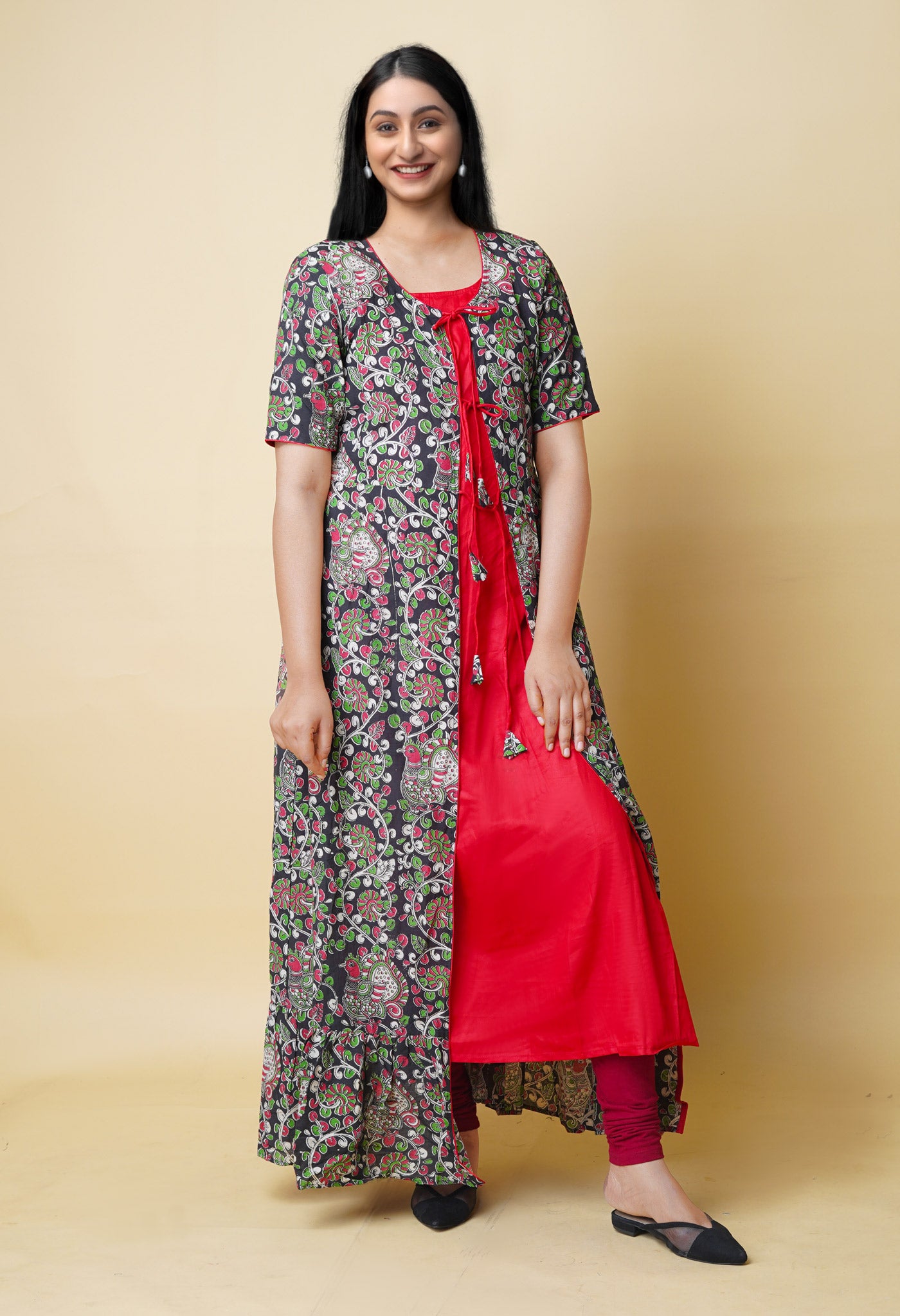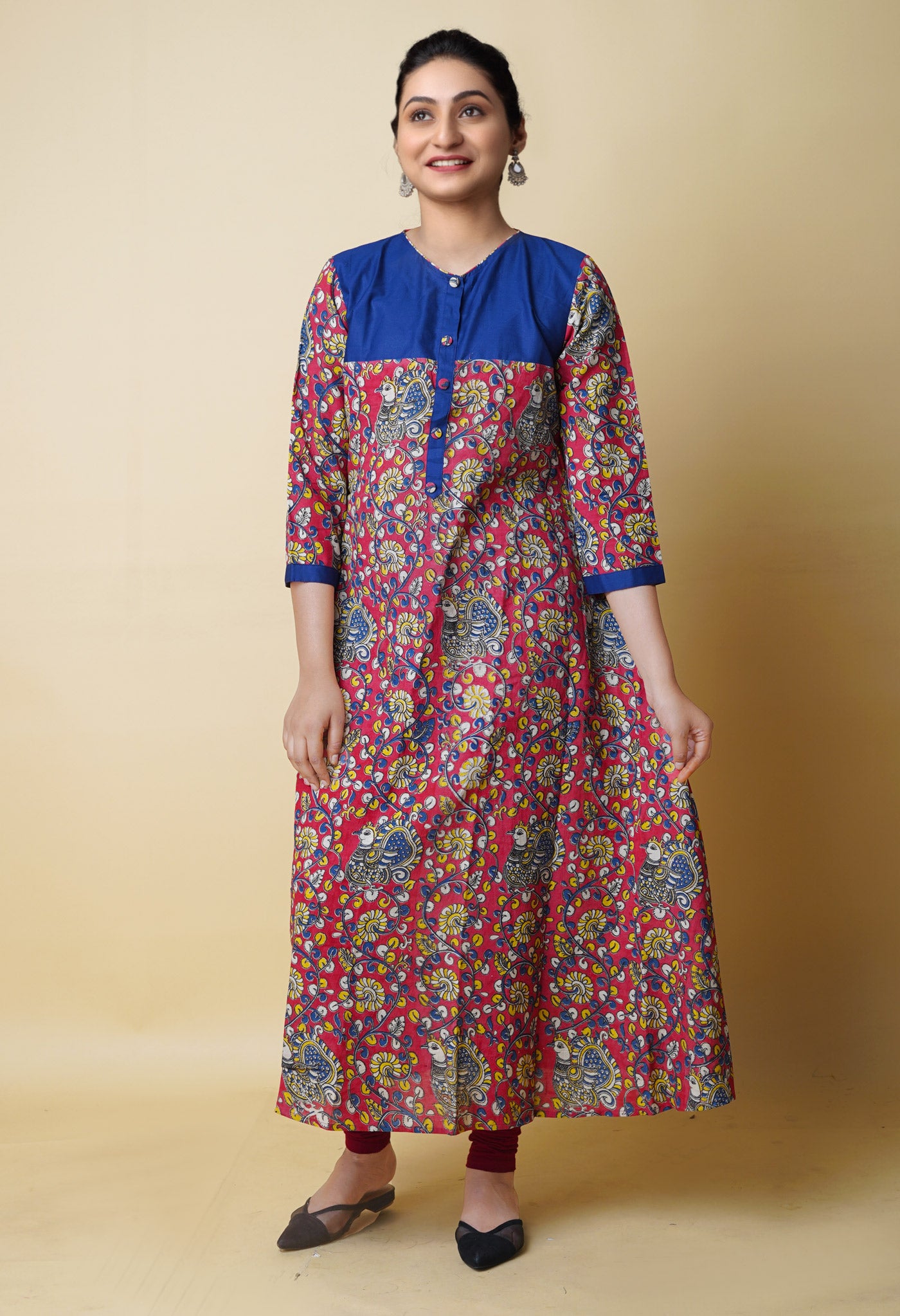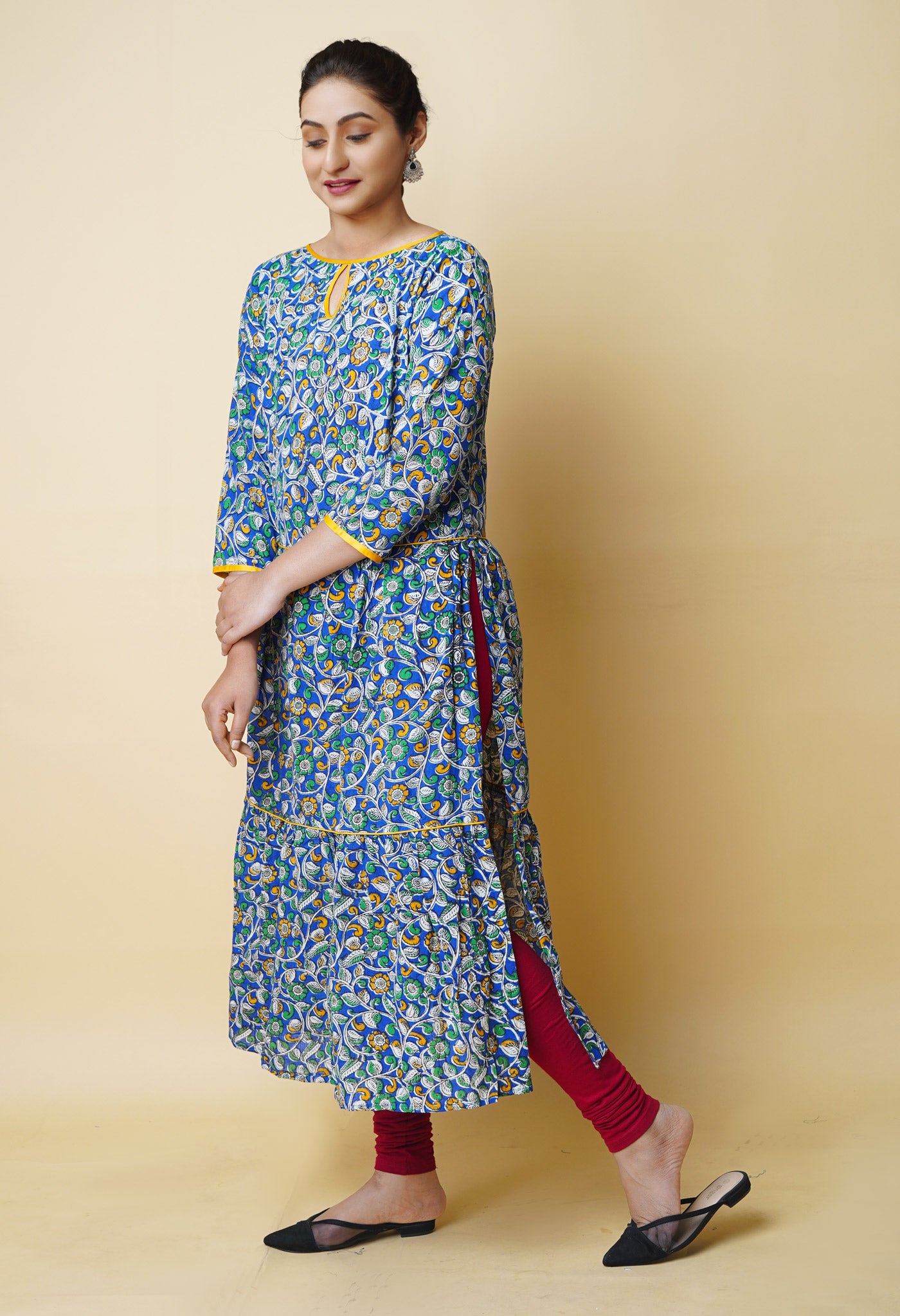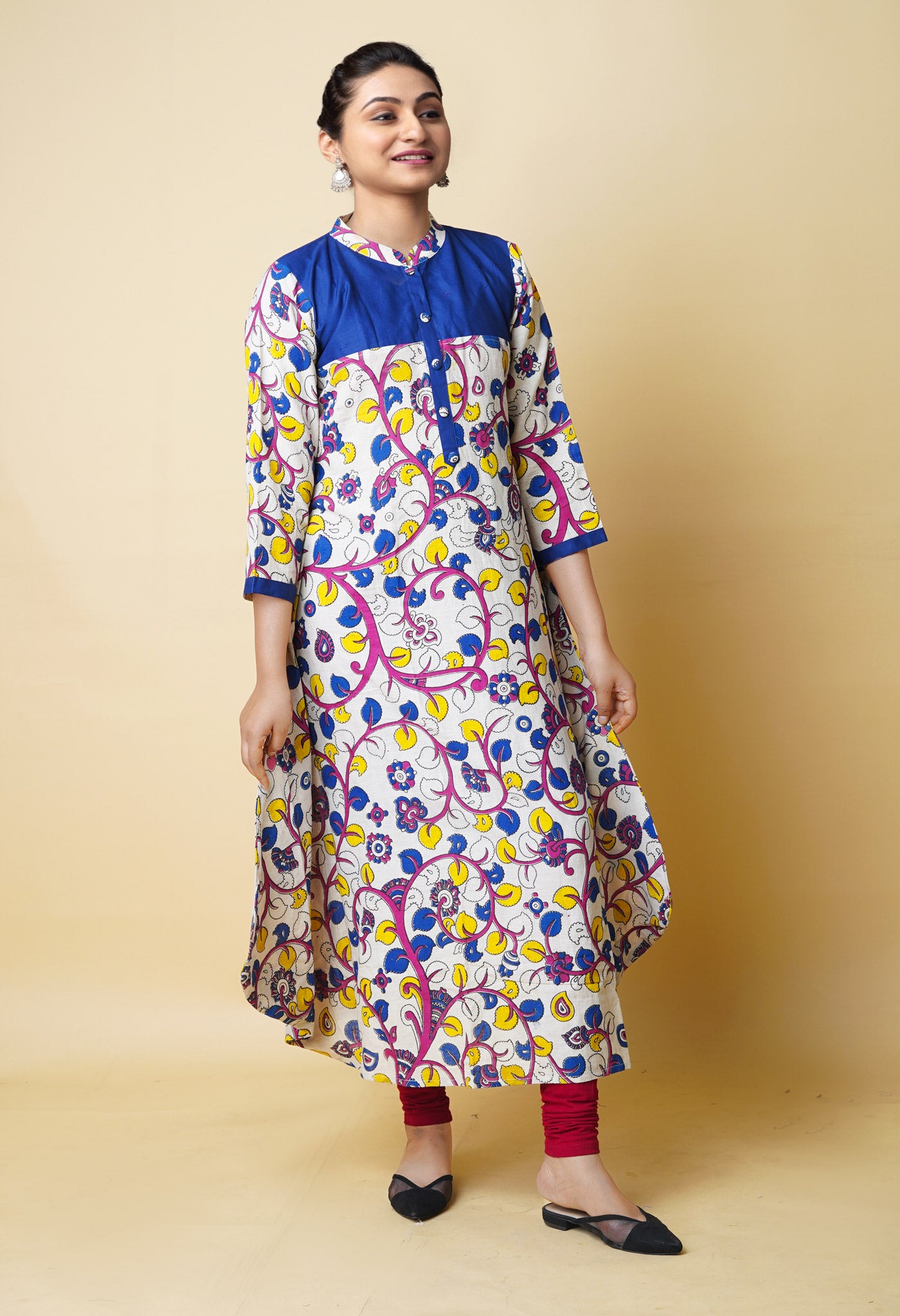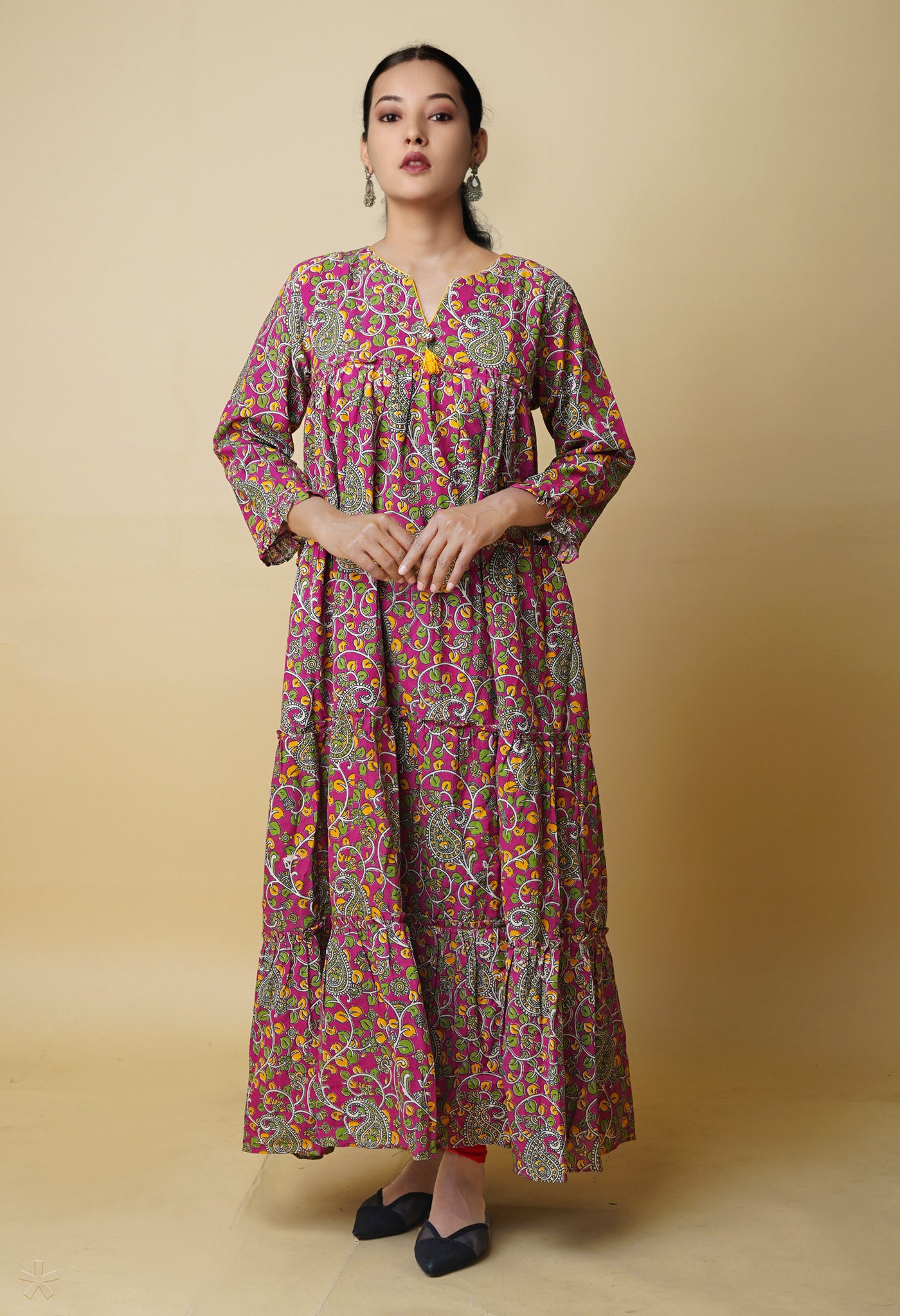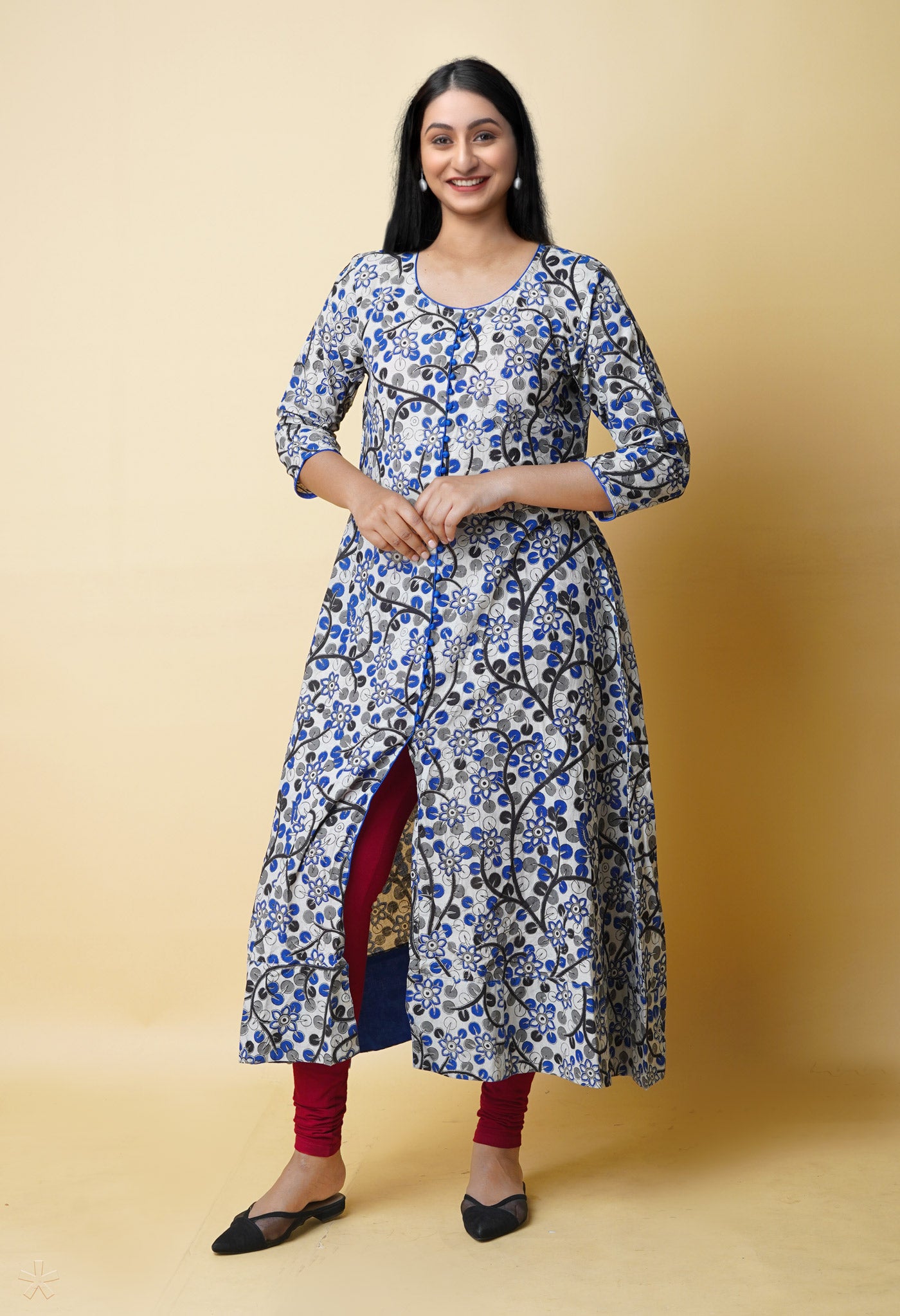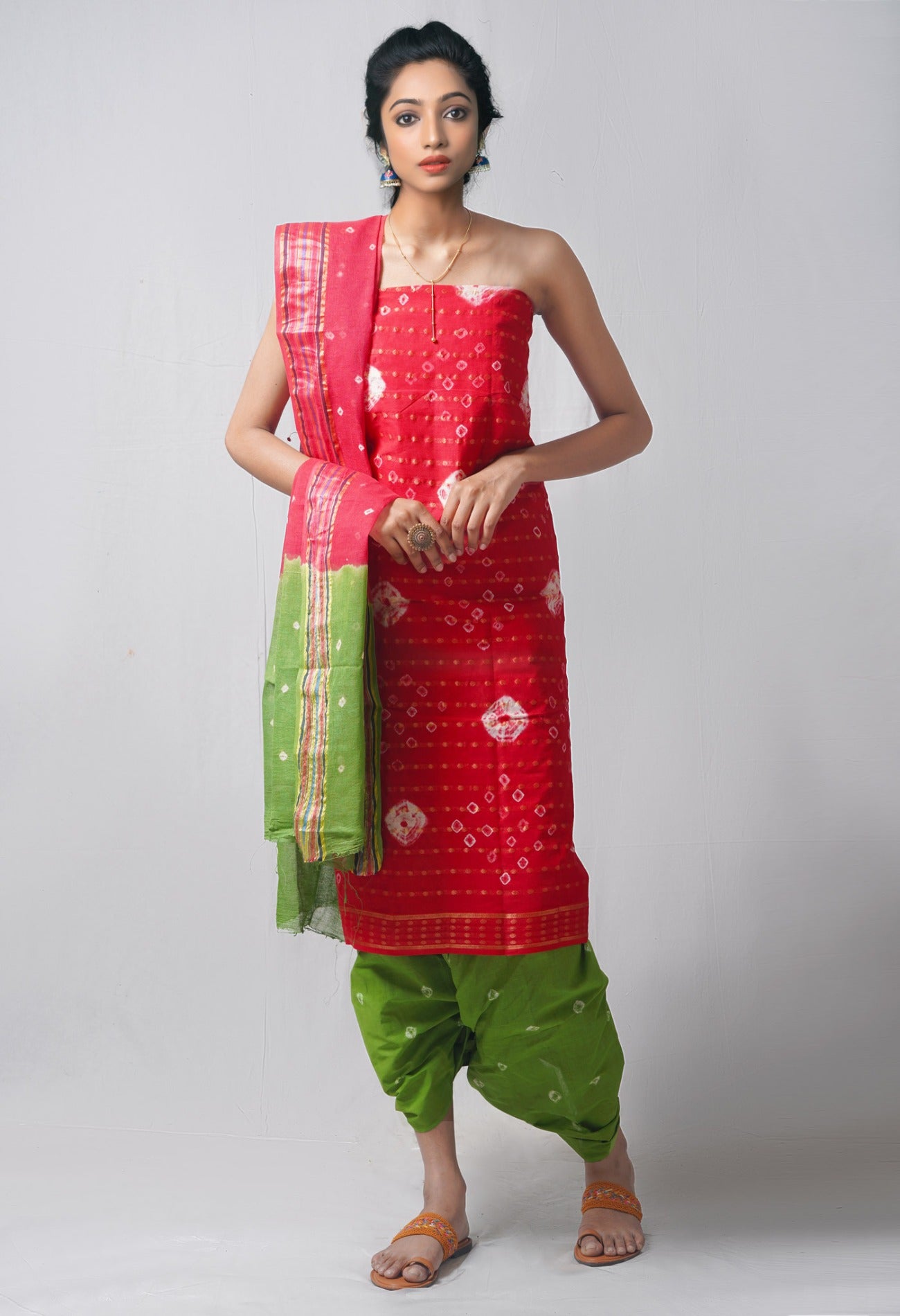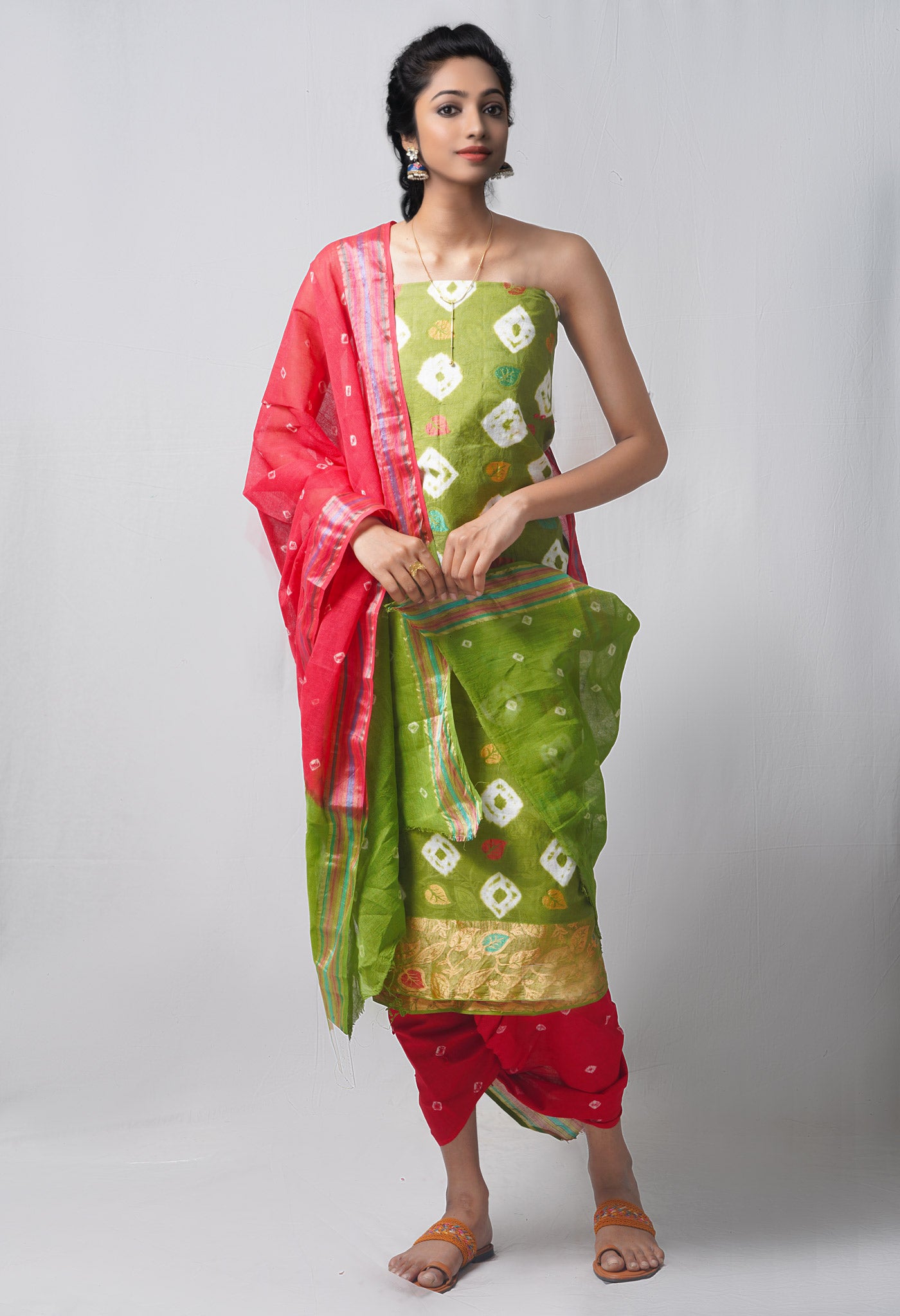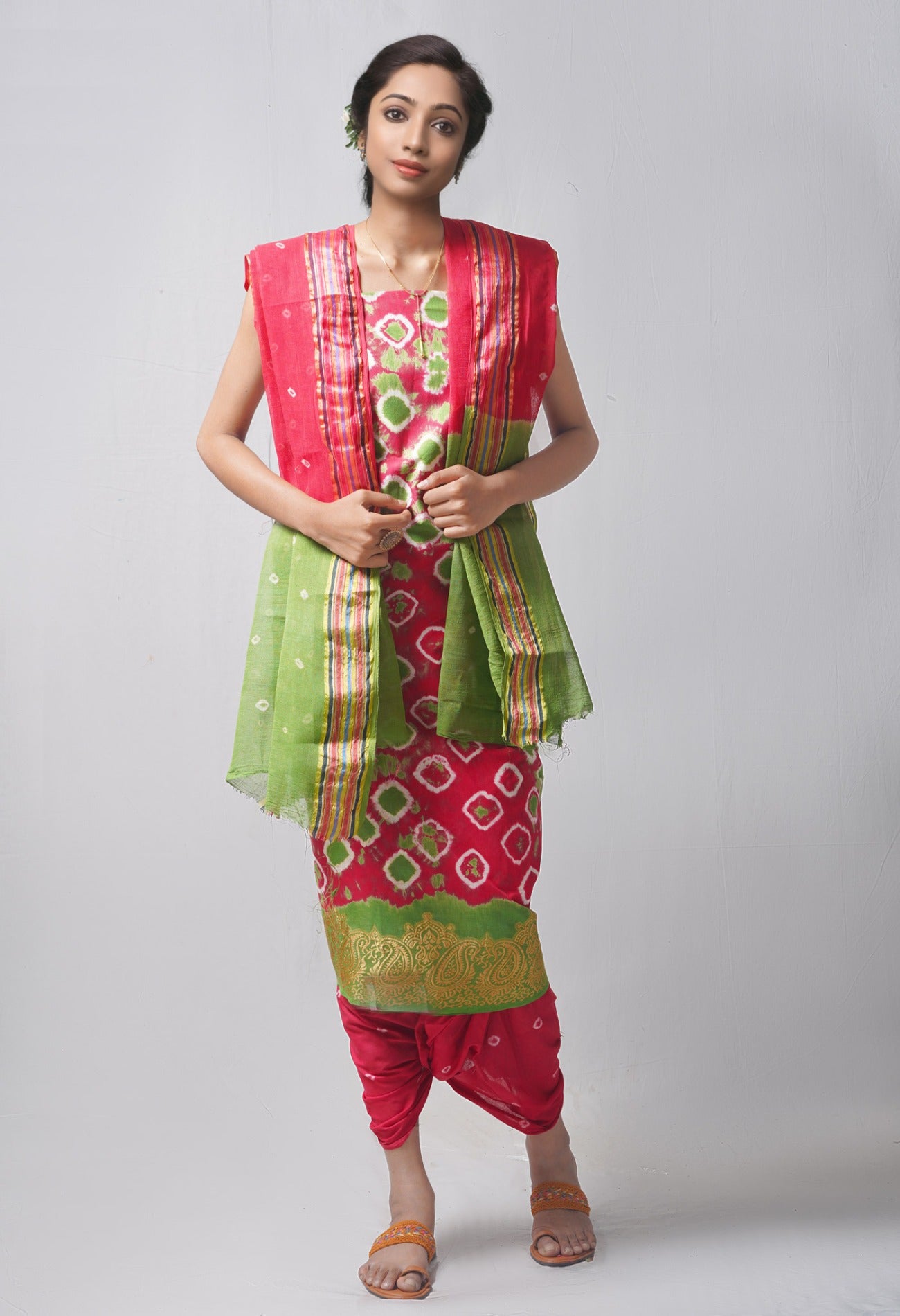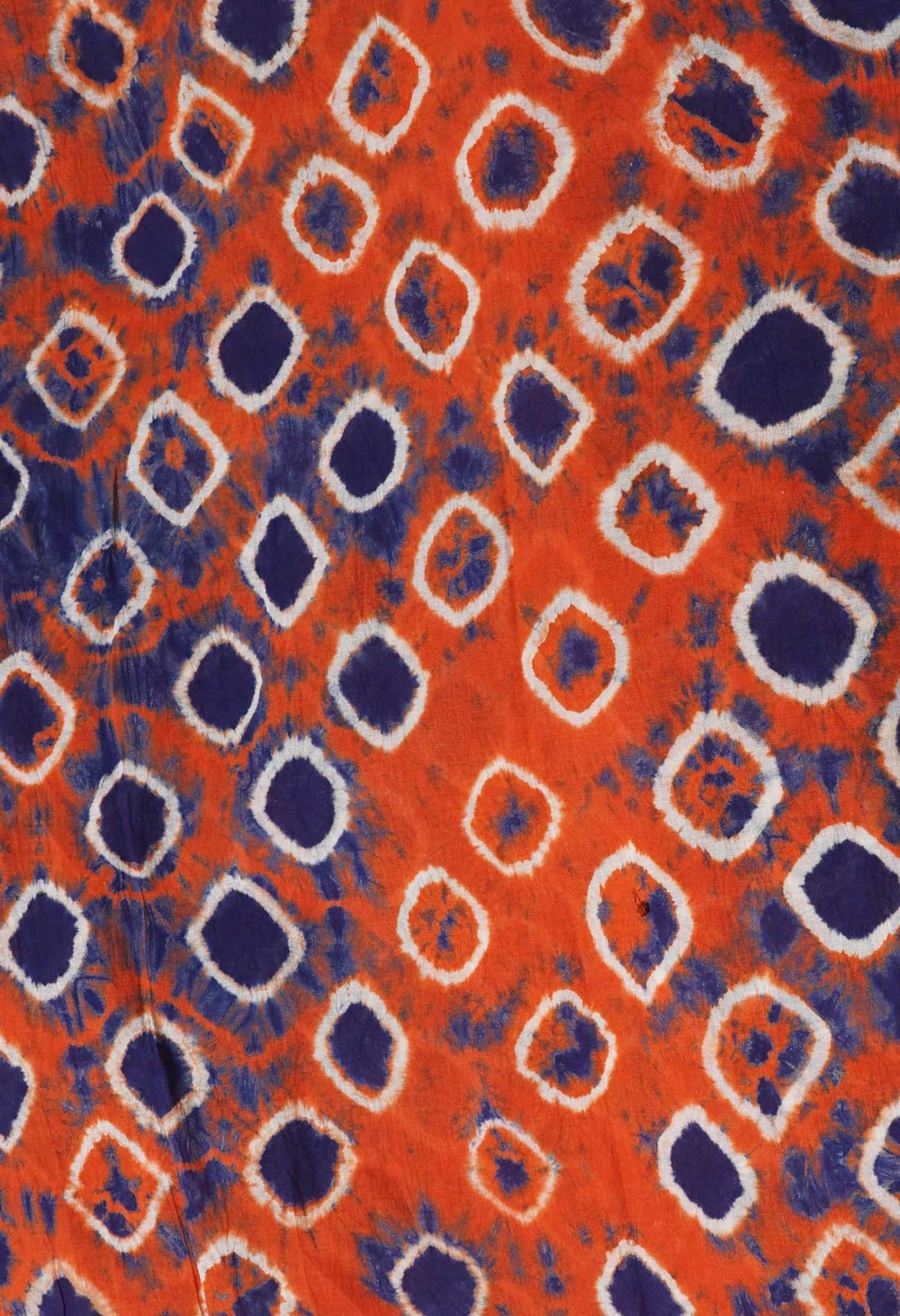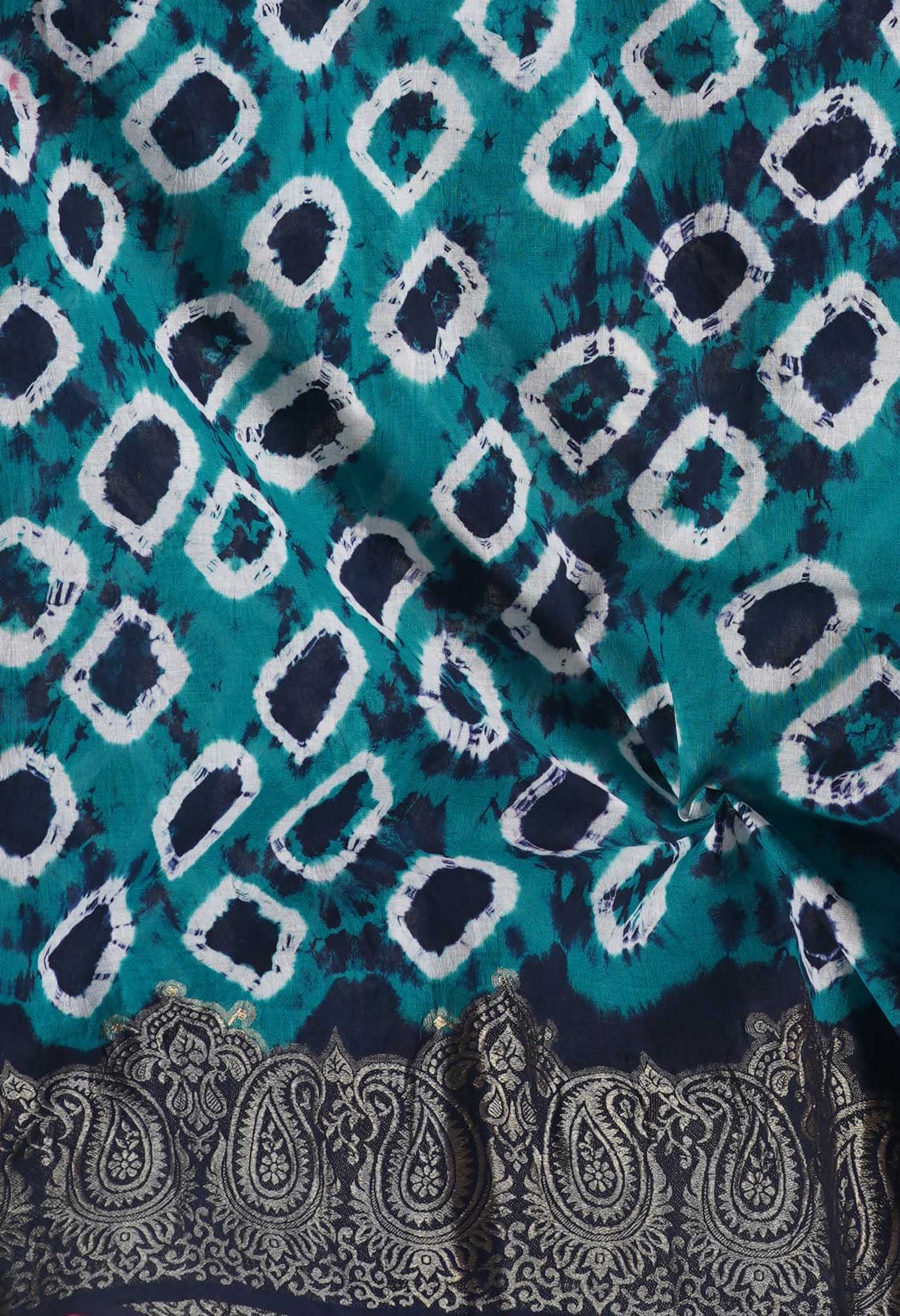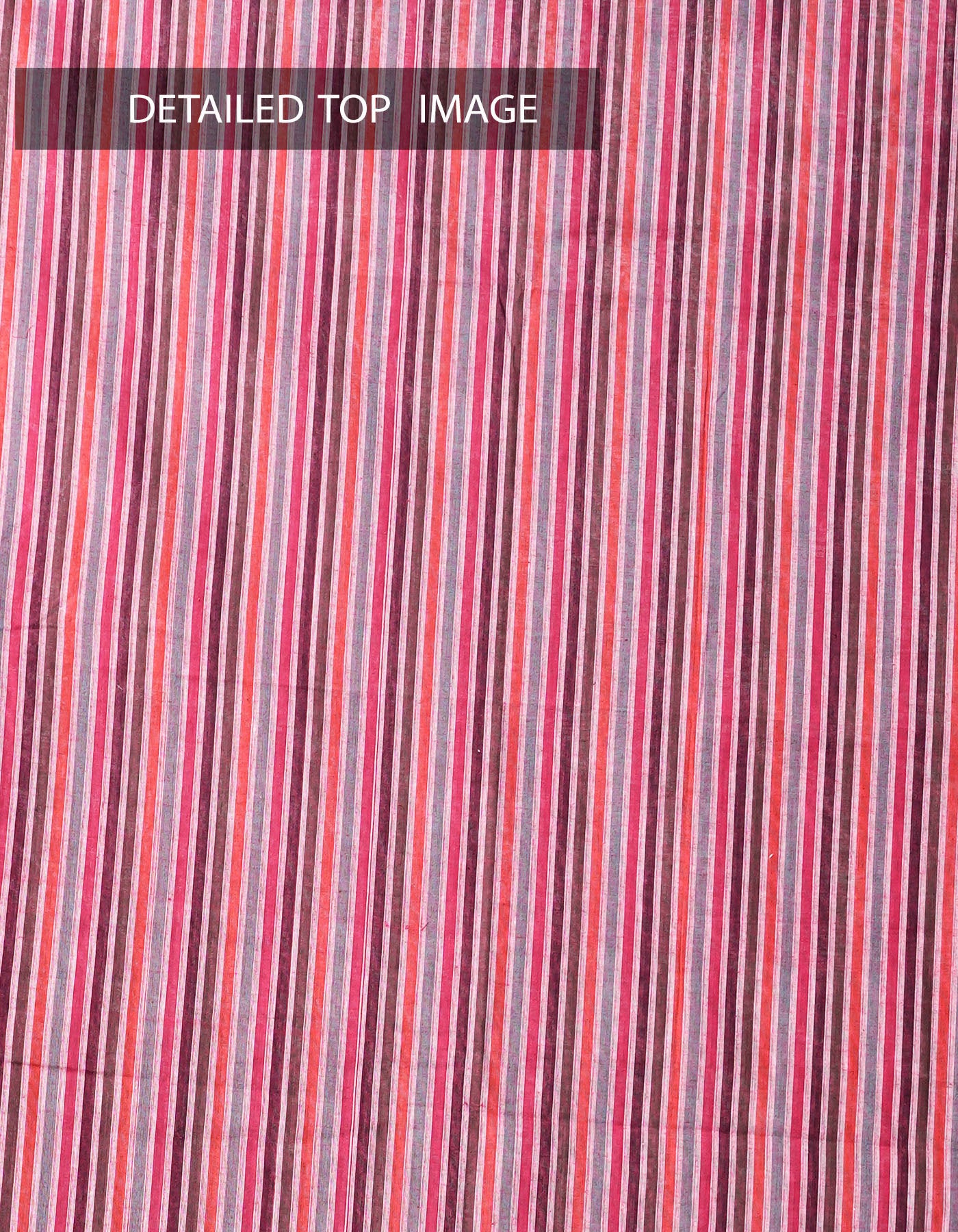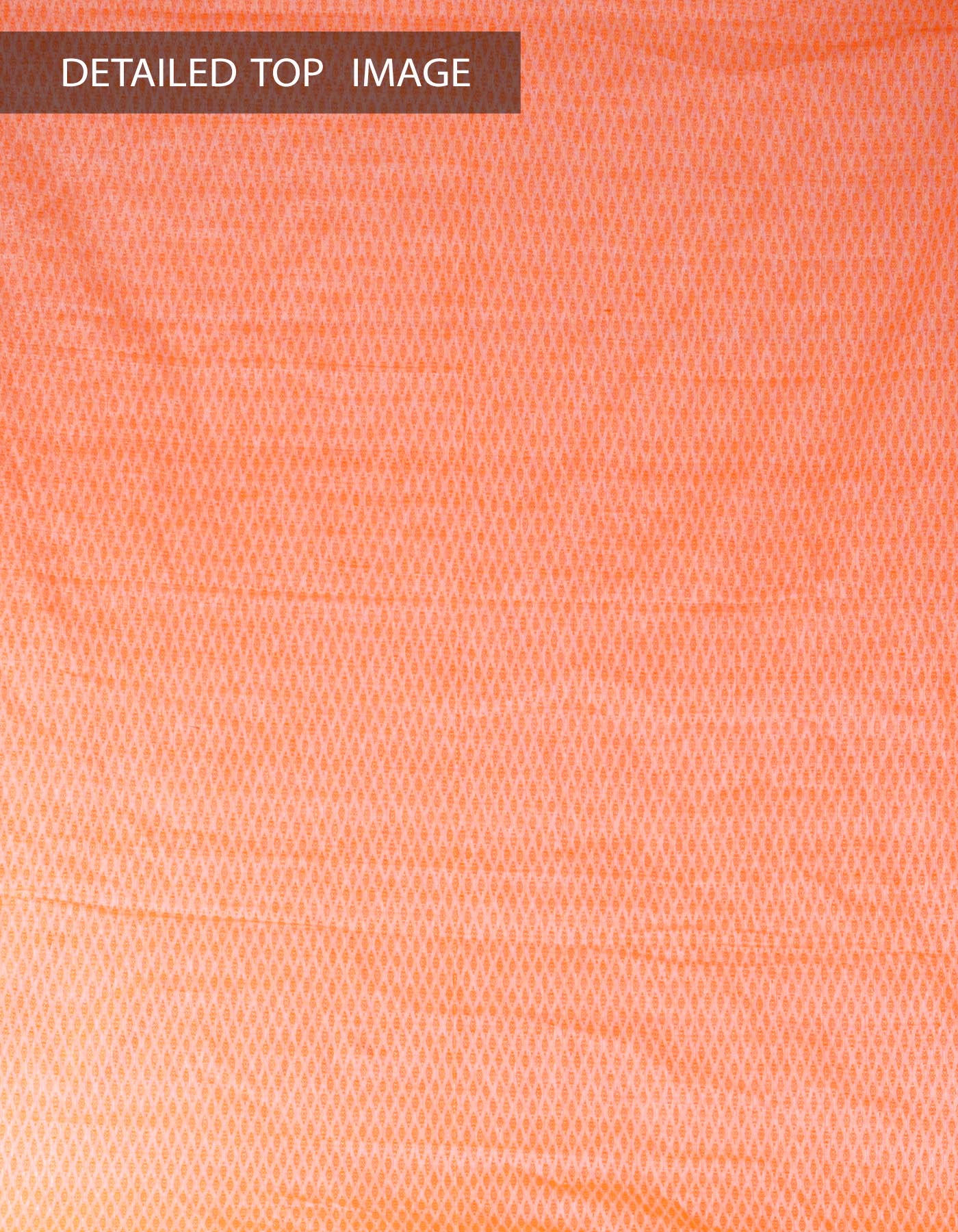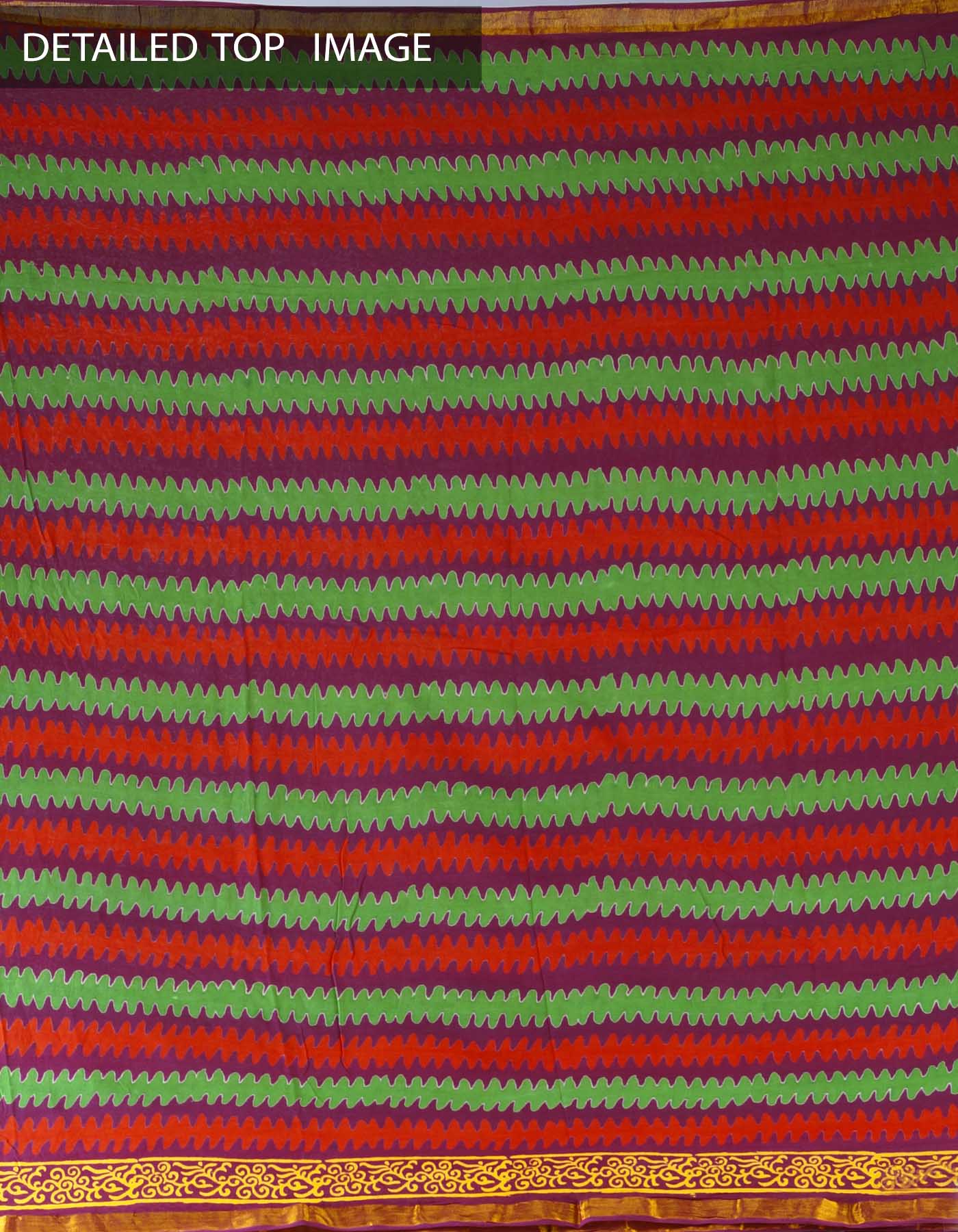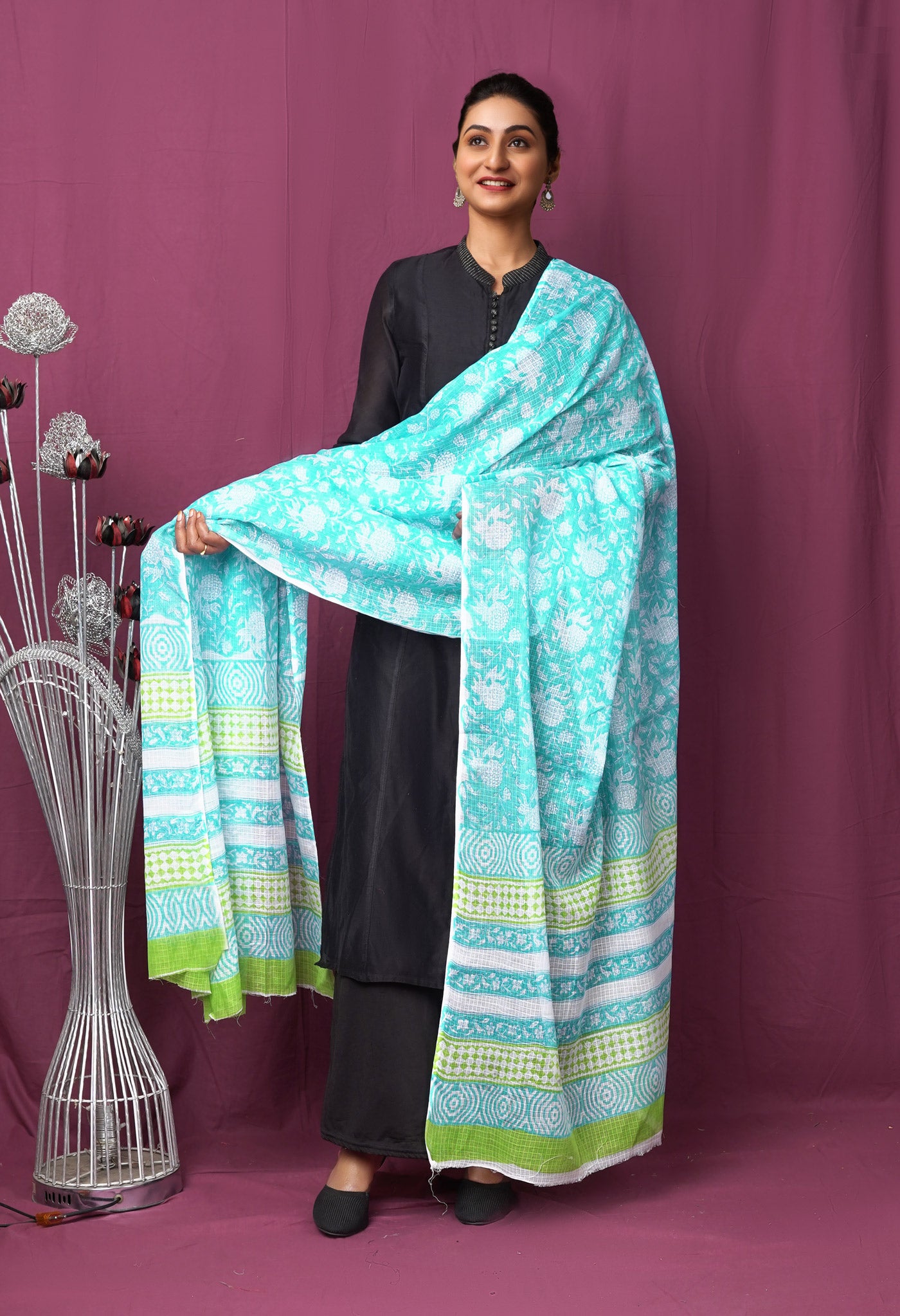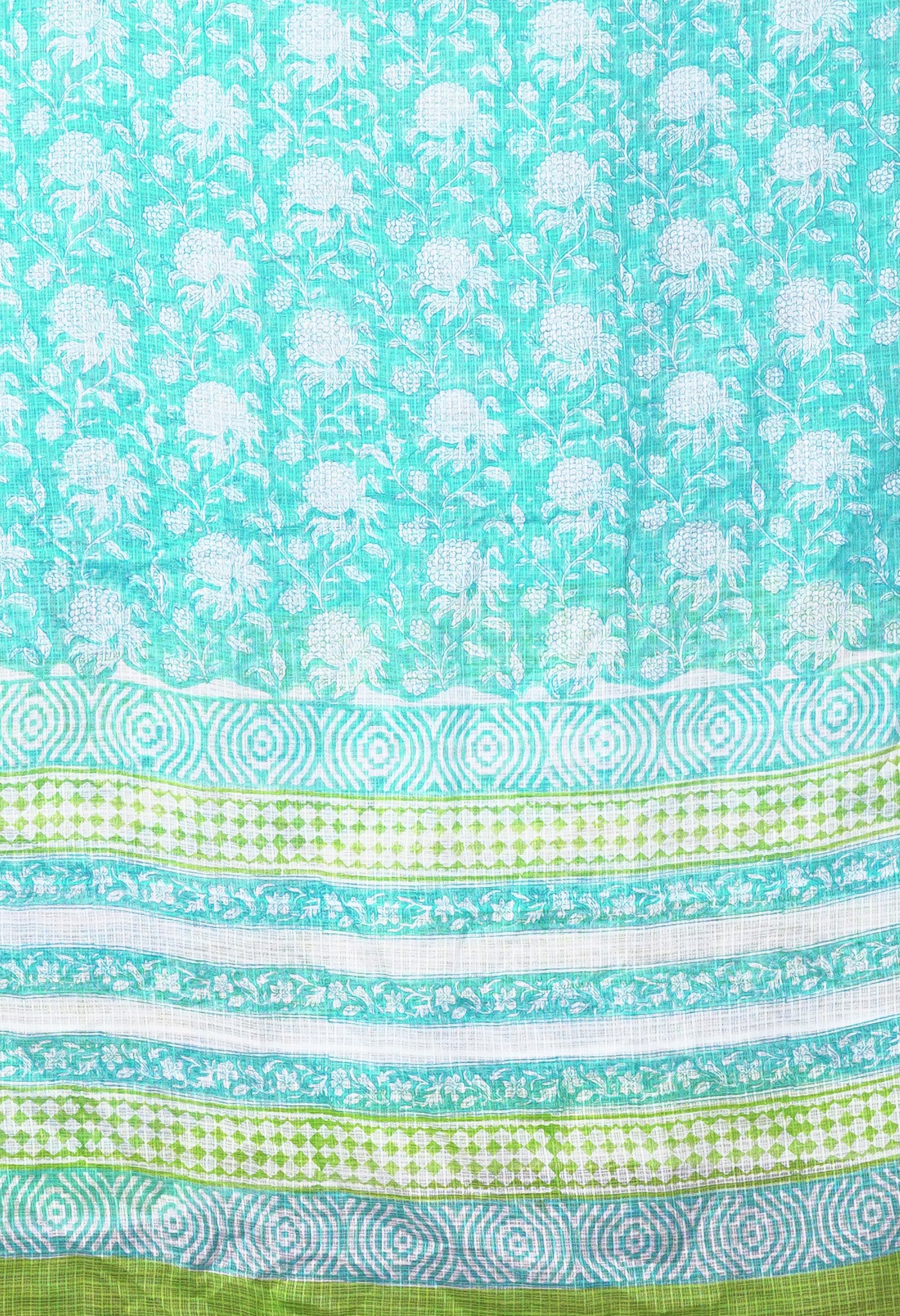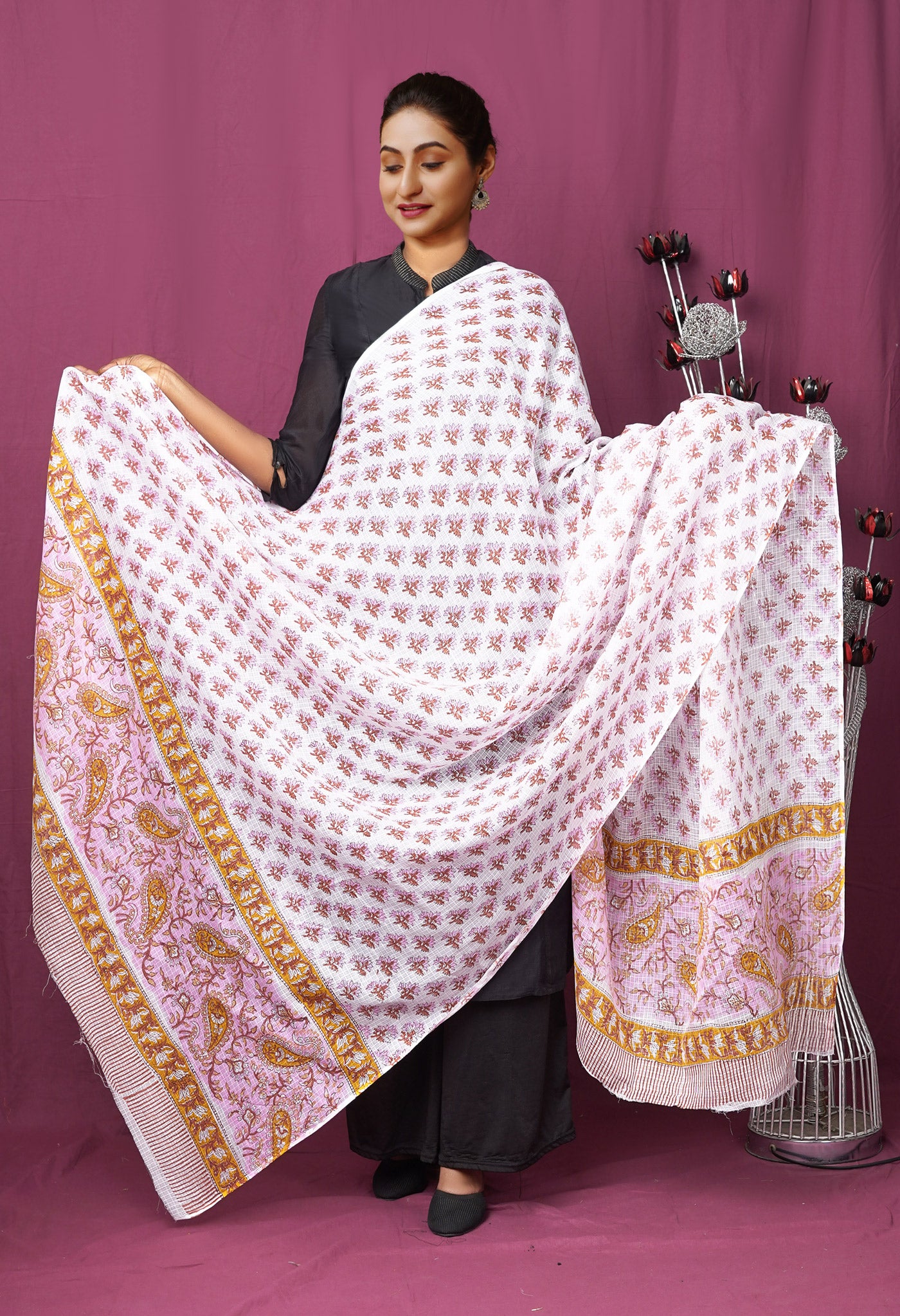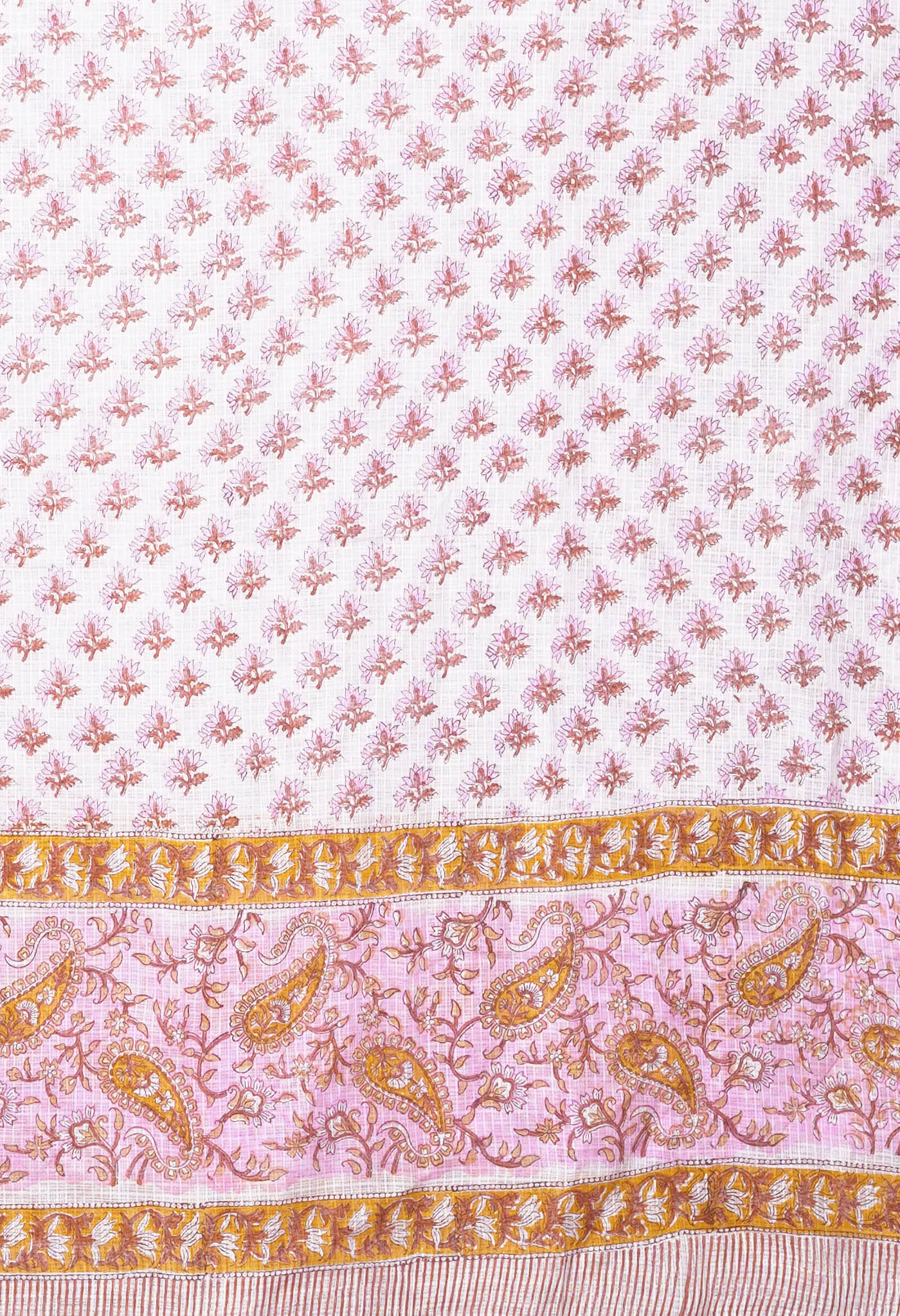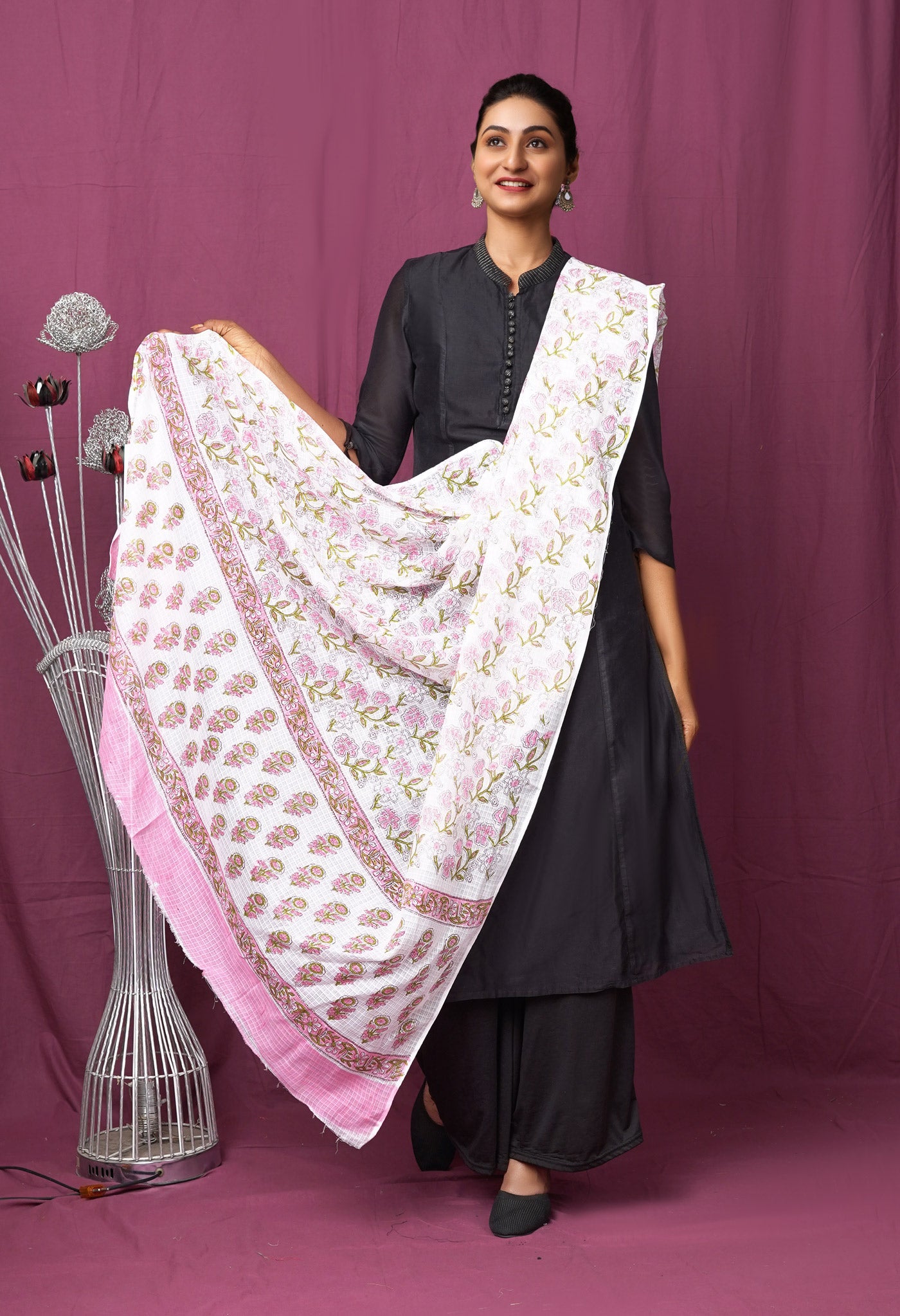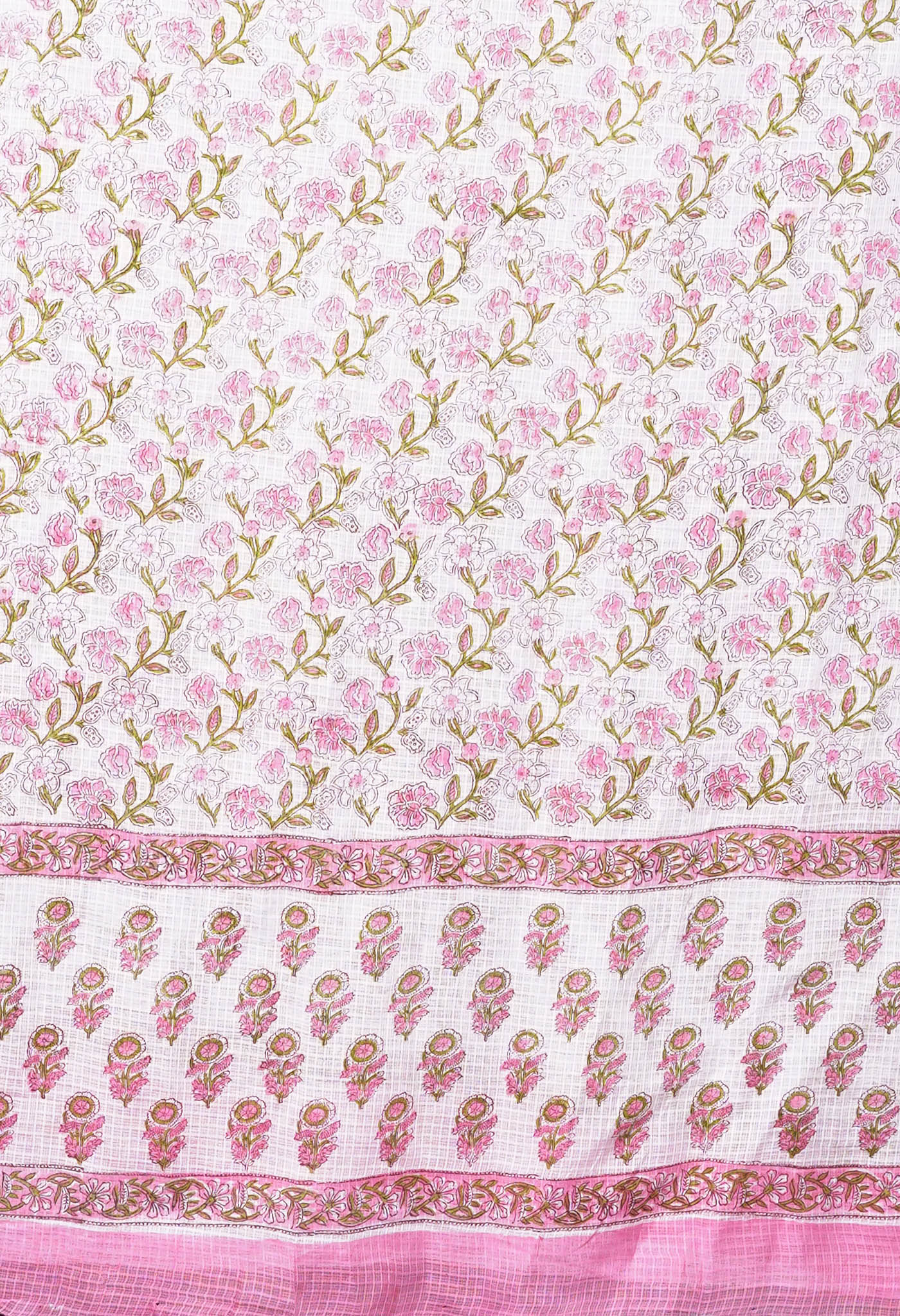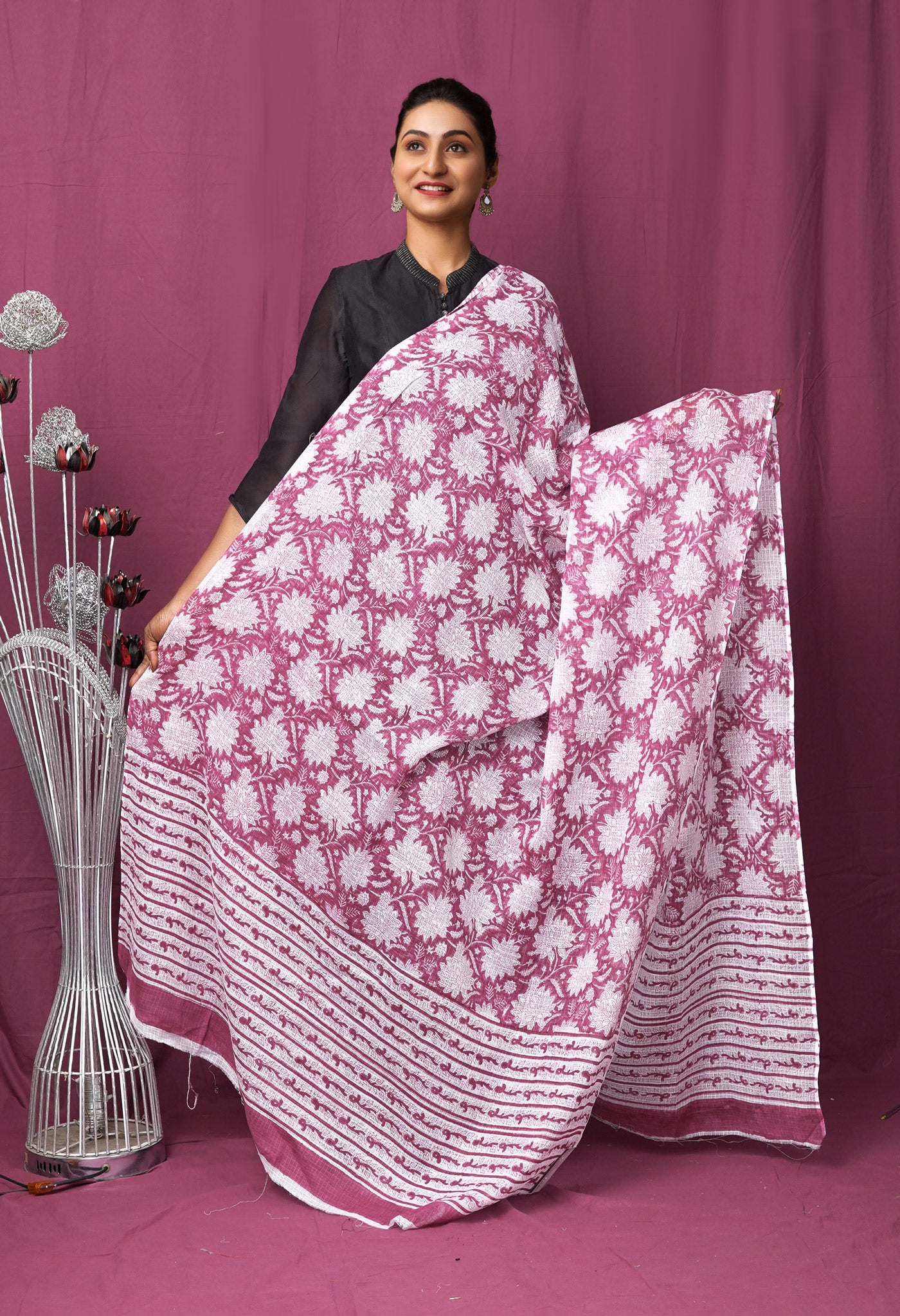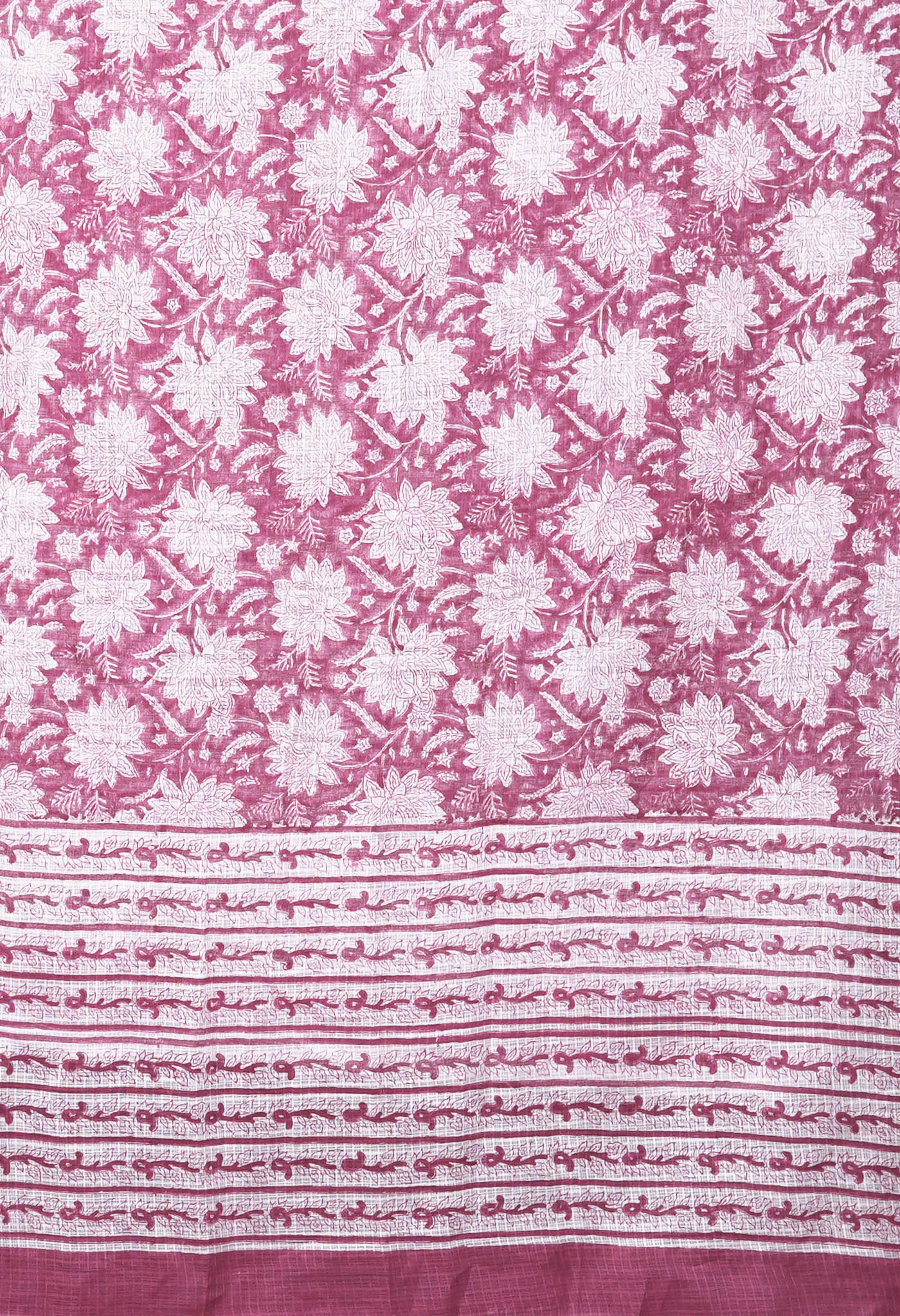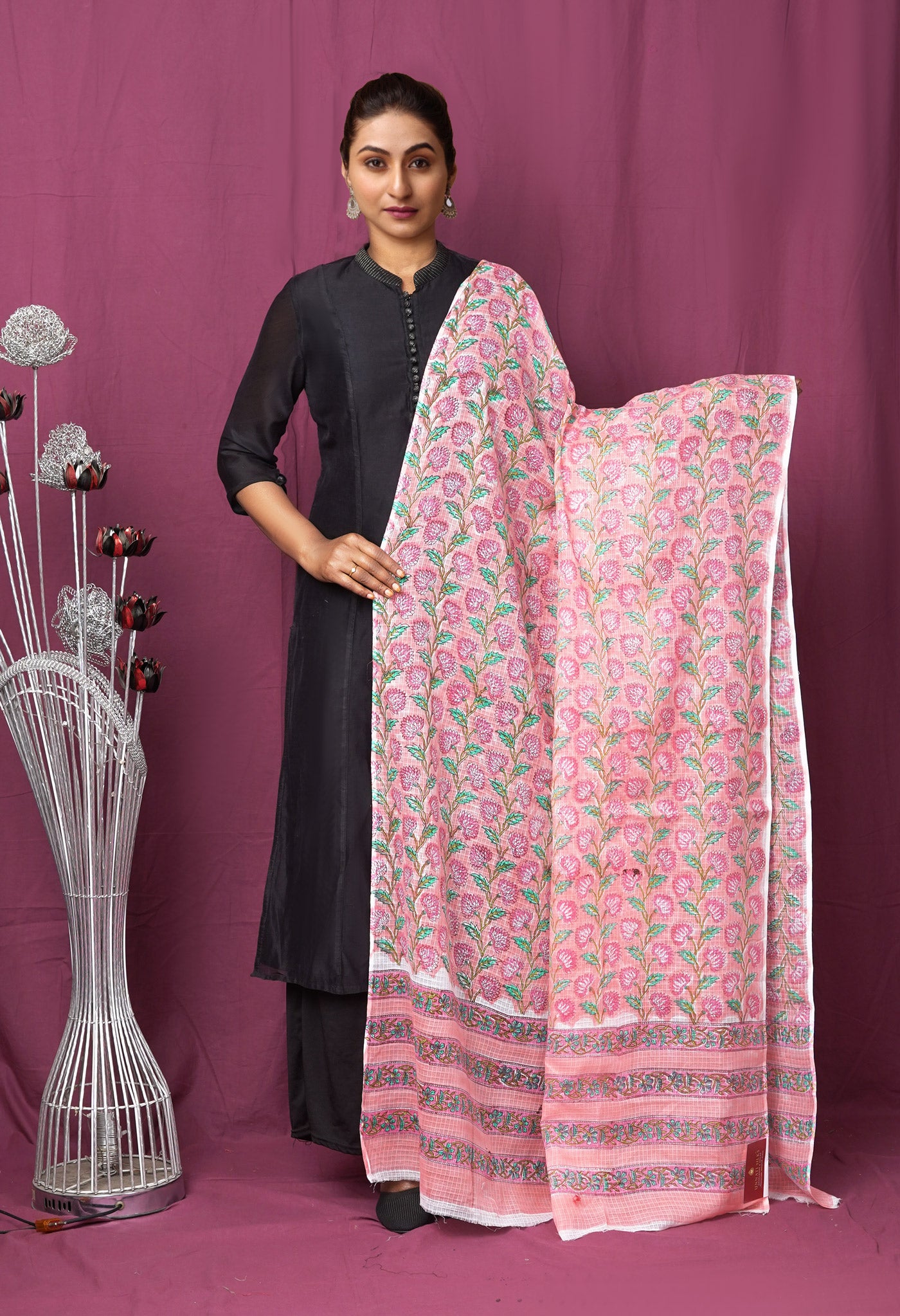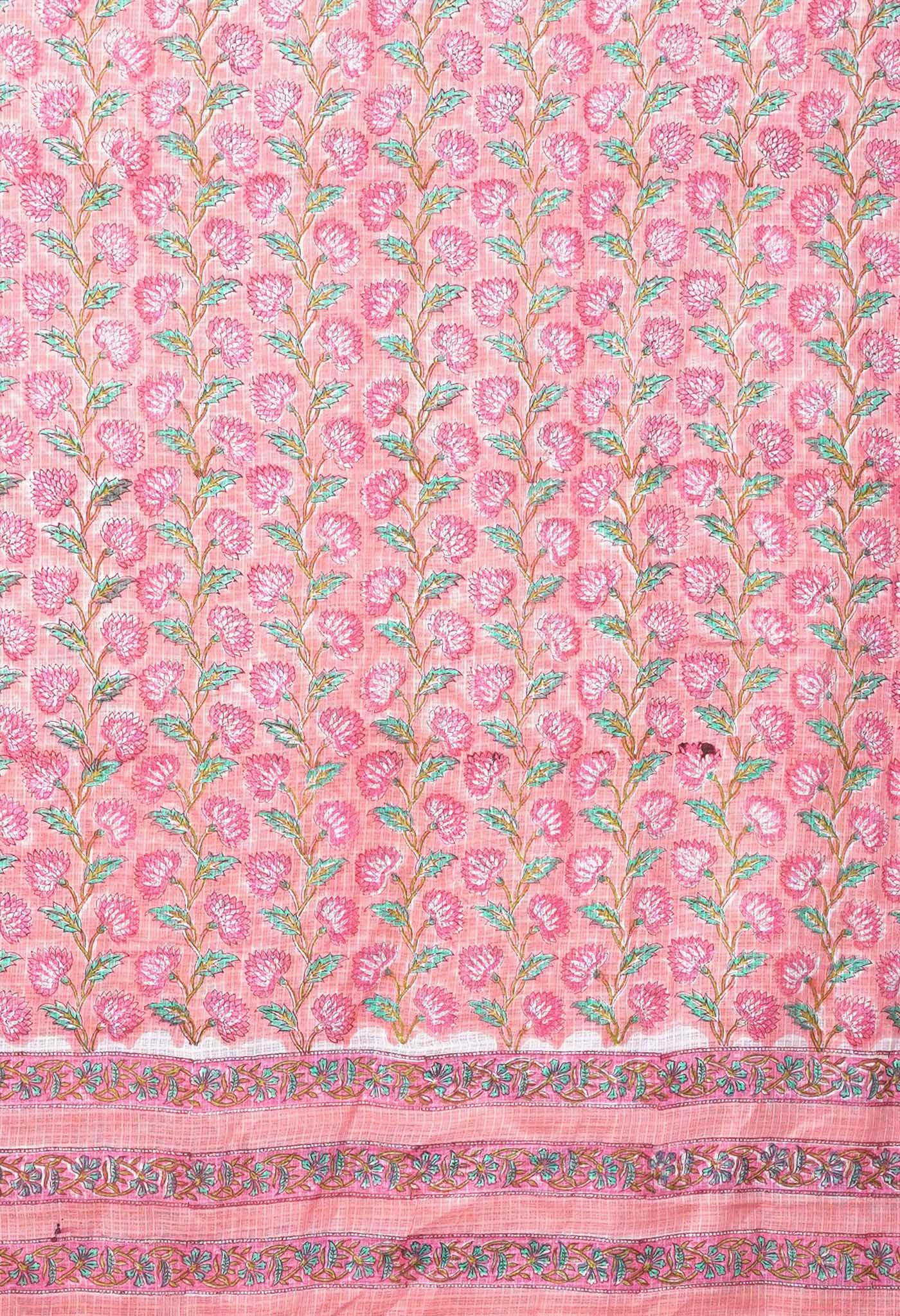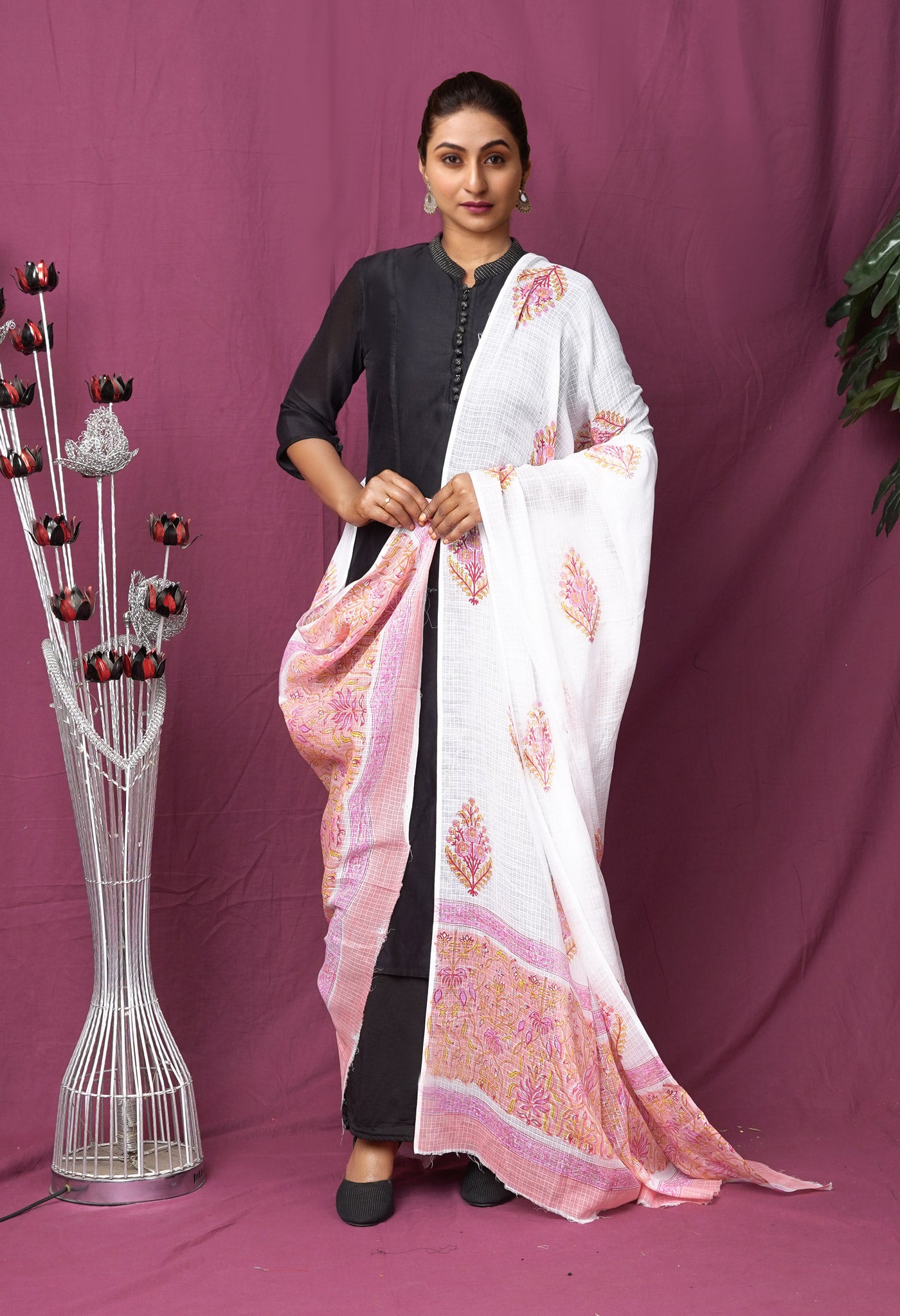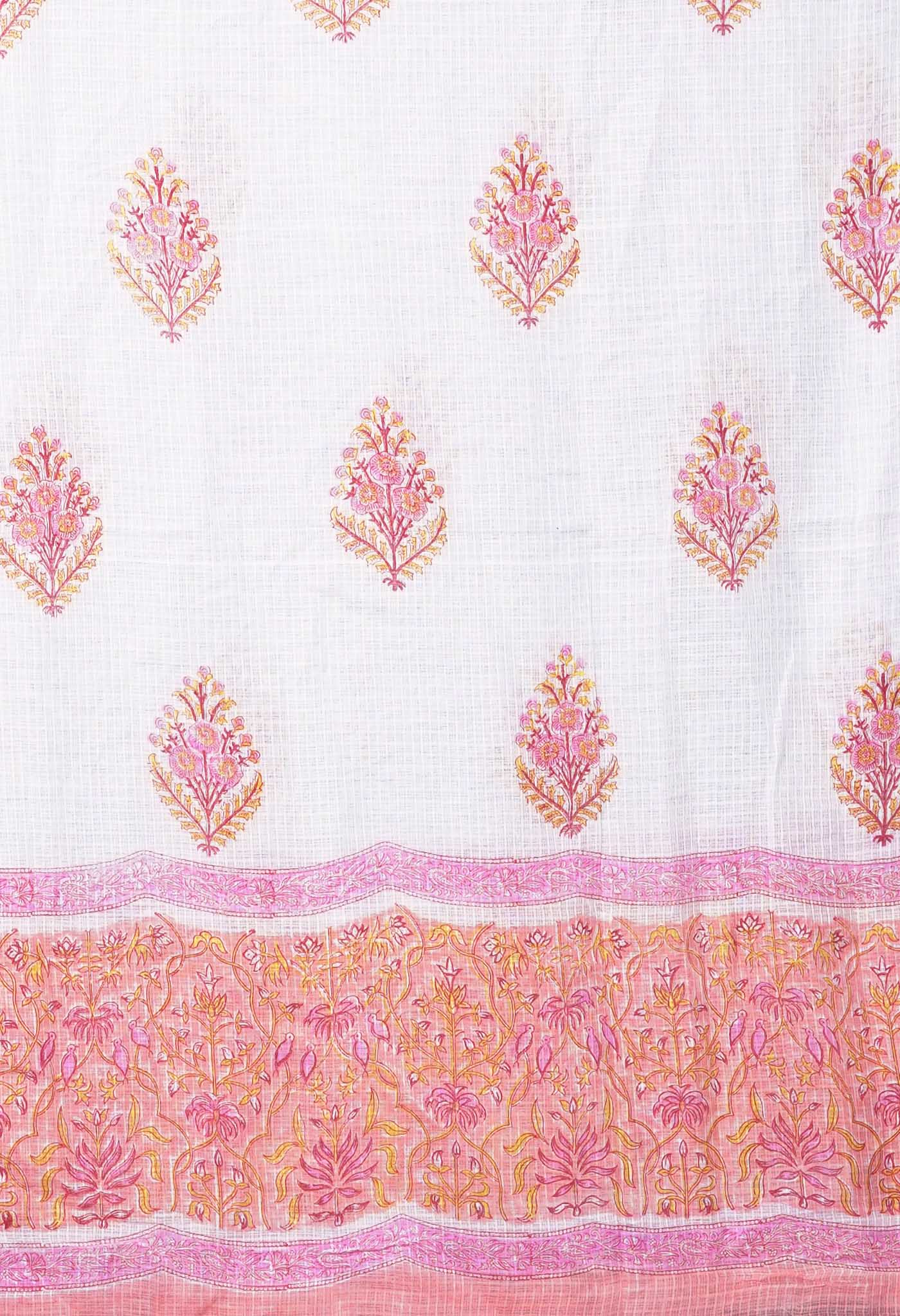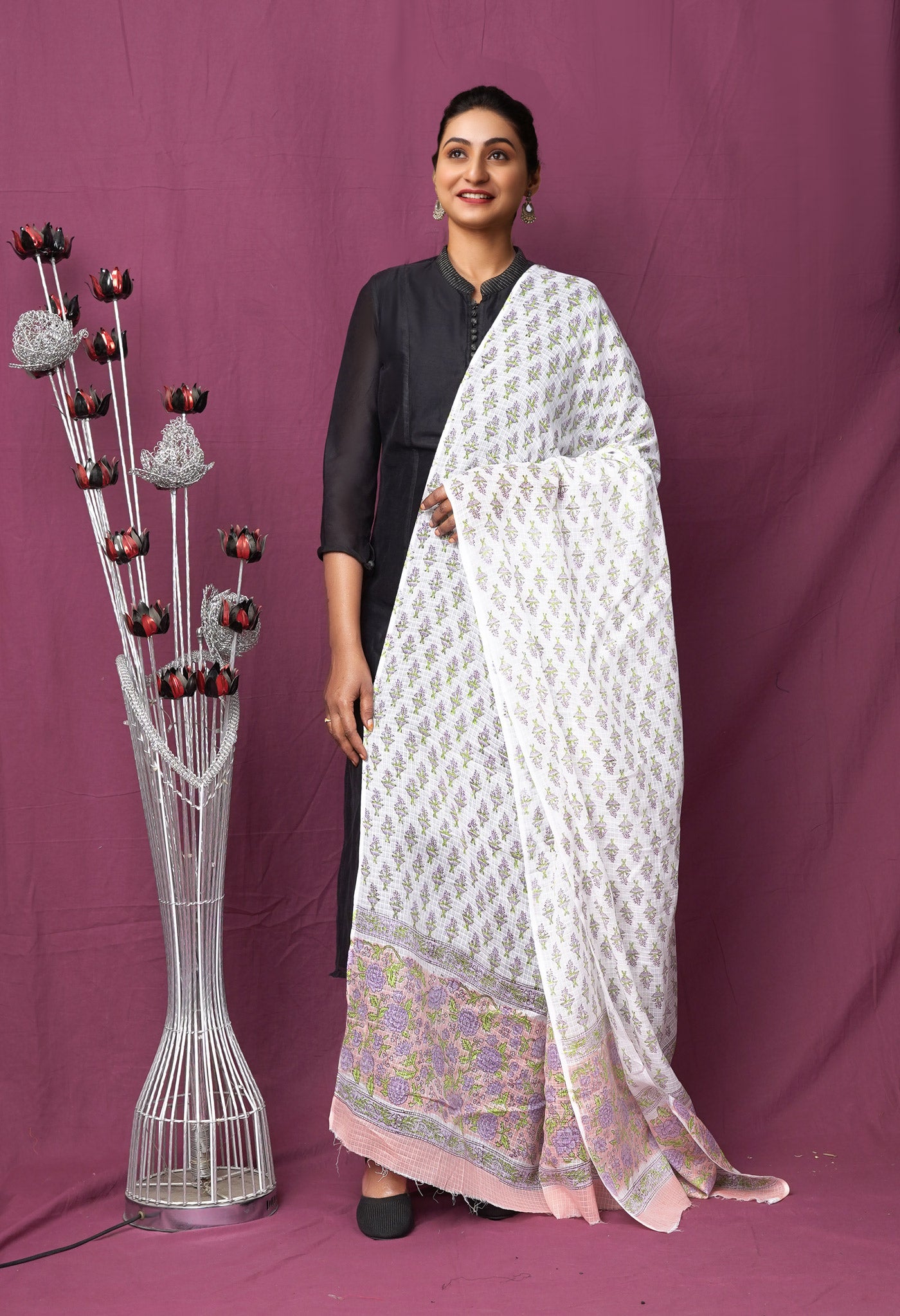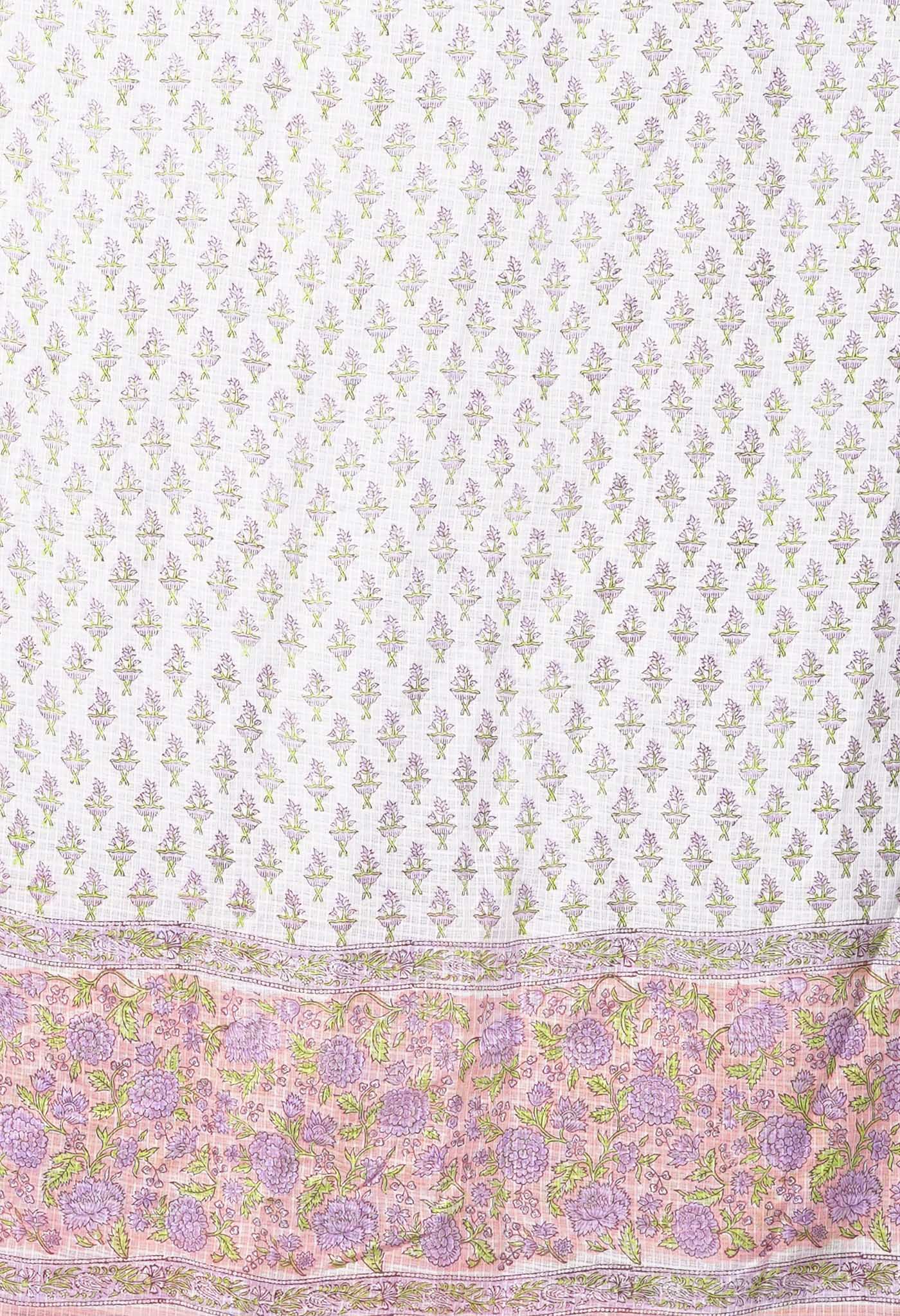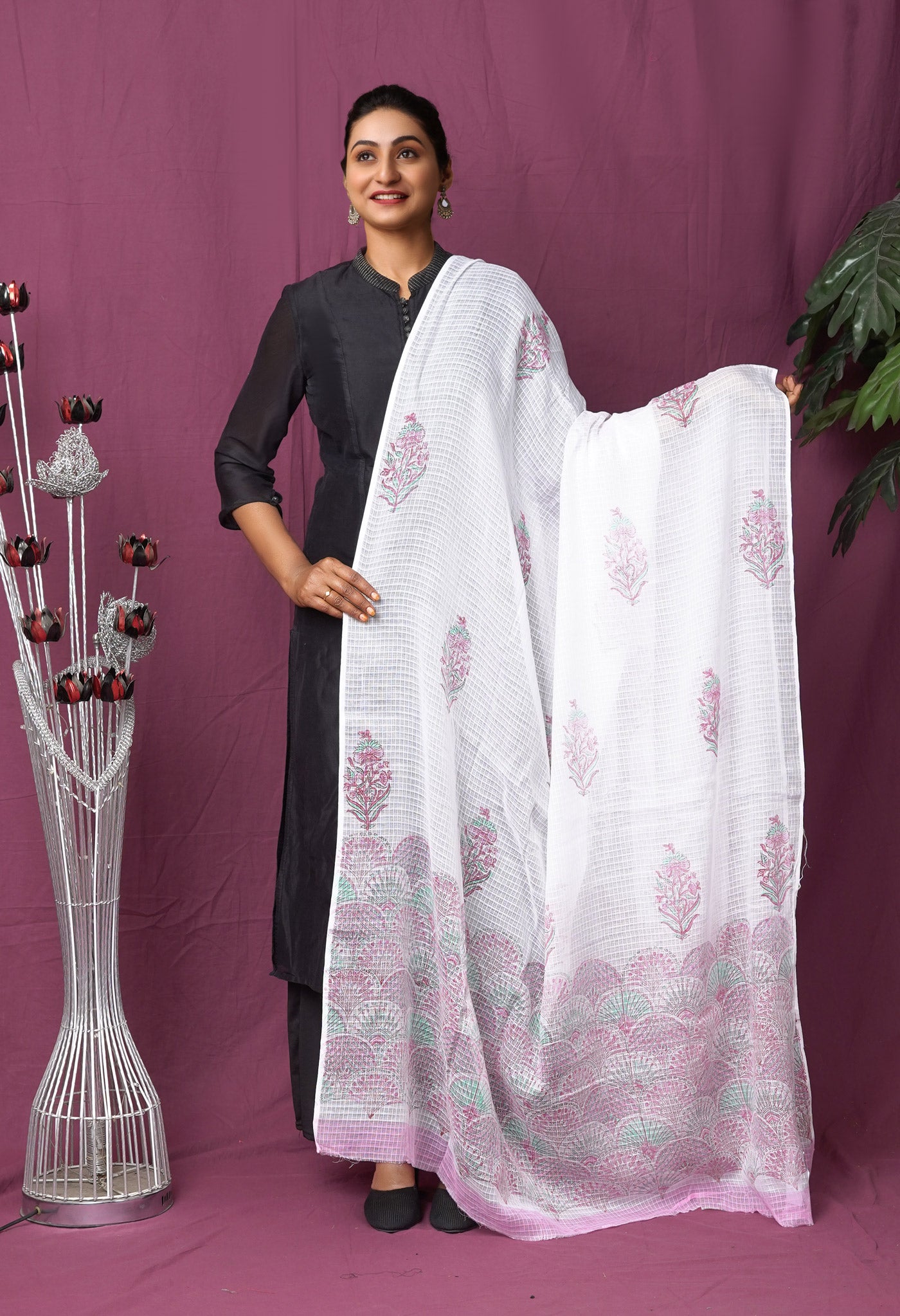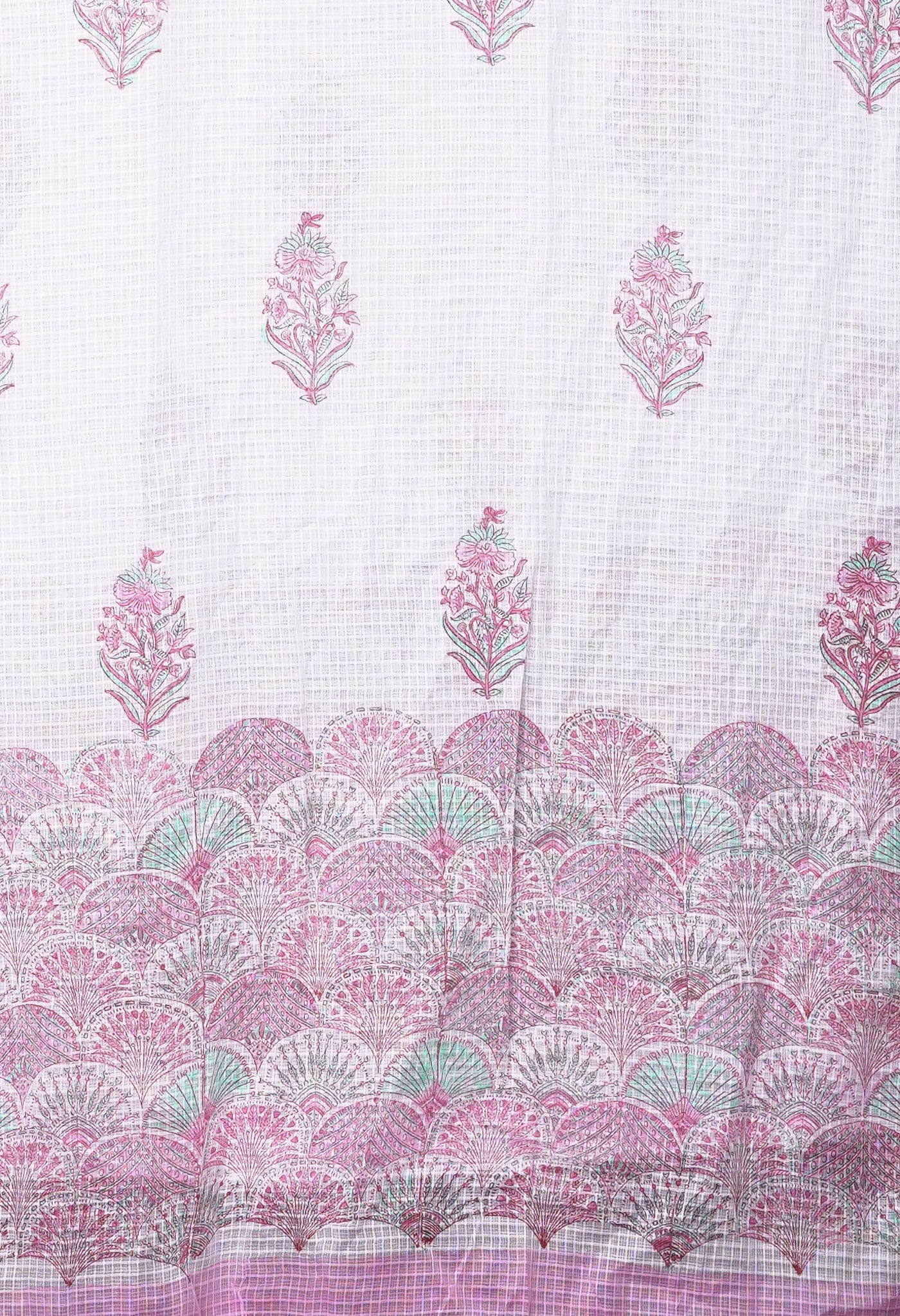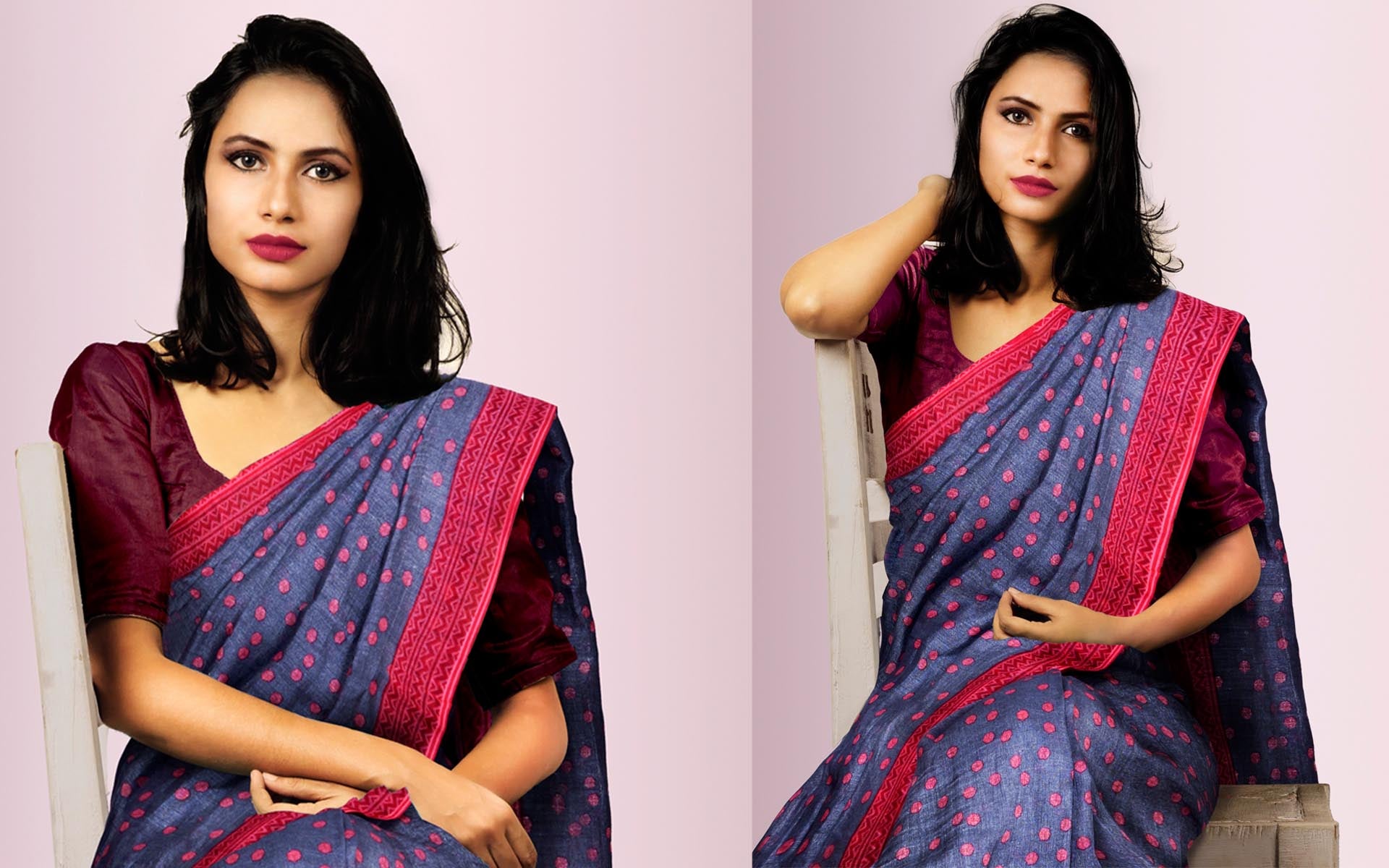
The Linen Story: Read how Unnati created its Unique range of Contemporary Printed Pure Linen Sarees
Dress designers are always kept on their toes by an expectant market that possesses the qualities of a child – eagerness, enthusiasm, ecstasy and then easily tiring of what it possesses. No wonder fabric manufacturers, the designer crowd, marketing and research, the weaving community, and other allied sections gear up every now and then to bring out the novel, the seemingly untried, exquisite, from regal to outlandish designs and decorating features that would keep the customer centric market busy with whatever it is being offered for at least such time that something new can be thought out.
Unnati Silks and a new Linen sarees range
As always there is always something new to offer at Unnati Silks. Recently a new range in Linen sarees were introduced in the market. True to its code, Unnati never repeats what it has already offered. Some time back there were pure handloom linen sarees in Bhagalpuri silk, pure ghicha soft linen, pure Khadi soft linen, Linen shibori leheriya with fascinating designer features.

This time round it shall be slightly unique. There is a combination of prints with conventional process derived outputs. You have shape forming printed motifs made from imaginative flowery arrangements in finely deciphered detail across the saree field. The border marvelously contrasts in colour with lovely sets of prints in geometrical and floral combinations. The Pallu or end piece once again is an eye-catching affair with large imagery in the form of birds like the peacock or interestingly humans engaged in some form of activity.

In some novel experiments within the range you have Kalamkari spread out across the saree with a printed border suited in precision and match to it. There are novel explorations with the unique Pochampally ikat prints and the printed border too. Some combinations or fusion has been tried out with Kalamkari and ikat prints.

But what is different then?
Well it is the fabric that is used for such bold attempts that have already enthused initial buyers. It is sharp, finely detailed prints and various combinations on extra soft and finely woven high count linen that evolves into soft, smooth textured offerings that please the eye in all aspects. Certainly one, that should be explored in detail and at length for a good purchase.
Why Linen?
Linen is acknowledged in the fashion industry as ‘the fabric for all seasons’ – one that is known to better cotton for the summer heat, is smooth in texture, soft to touch, absorbent; that keeps the body cool and comfortable at all times. Made from long stapled flax fibres, its weave quality is excellent offering a wide range in counts from slightly coarse to extra fine. Fashion designers have perceived its wonderful qualities and envisaged its many possibilities as a trendy and vividly patterned line of apparel that would please the market.

In nice imaginative adornments and with such wonderful qualities as a fabric,linen with natural lustre and cool comfort, make linen apparel as great all-day wear for the Indian working woman and housewife alike. Coupled with endearing qualities like strength, resistance to abrasion and durability, is the ability to take on a whole lot of colors, shades & textures, making linen fabrics come in a wide range of variety and pricing.
Pure Linen fabric, a woman’s best friend in hot weather and sultry conditions for it is naturally absorbent quality, allows the skin to breathe and facilitates free circulation of air because of its non-sticky nature. Besides the external look being one of charm and trendiness that it provides, linen has been a favourite with current day designers, for the endearing qualities of this pattern clothing, to include it in their fabric repertoire. Linen cloth has different textures available with a range from extremely fine to lightly coarse for a variety of different clothing and other fabric end uses.

Linen fabric is created from flax fibre, which undergoes a completely process from plant rotting to yarn spinning together with finishing. Though the process takes a couple of months, it is completely worth the hassle. Linen fabric has gained huge popularity over the period of time being well-known for its durability and strength.
Maintenance
Maintenance is simple and requires little care that other fabrics need, where subsequent washes of the linen clothing make them get softer. Linen being relatively easy to take care of, since it resists dirt and stains, has no pilling tendency, and can be dry-cleaned, machine-washed or steamed. It can withstand high temperatures, and has only moderate initial shrinkage. It is smooth, making the finished fabric lint-free.
Linen has an excellent resistance to degradation by heat, in fact, is less affected by heat and sun light as are cotton and other fibers. An excellent resistance to strong alkalis, not much affected by low density acids if washed immediately, it would be damaged only by highly dense acids like any other.
Linen as pattern clothing makes you feel fresh for it’s non-sticky character and dress material may be tailored without any trouble. Clothing may be hand-washed or machine-washed with every subsequent wash making the linen reasonably softer.

Appearance of Linen fabrics
As a fabric Linen can absorb a fair amount of moisture without feeling unpleasantly damp to the skin, unlike cotton. The tendency to wrinkle is often considered part of linen's natural ‘likeabilities’ and many modern linen garments are designed to be air-dried on a good clothes hanger and worn without the necessity of ironing.
A characteristic presence of "slubs", or small knots which occur randomly along its length were at one time considered as defects. Today they are seen as a form of design, particularly in the decorative furnishing industry as a means of creating aesthetic appeal of an expensive natural product. Present-day linen fabrics, particularly in the decorative furnishing industry, have slubs. Some of the finest linen fabrics have very consistent diameter threads, with no slubs at all.

End uses of the Linen fabric
What are the uses that linen as a fabric could be put up to? Well the list is long and varied. You have formal and designer clothing, dresses, suits, separates, skirts, jackets, pants, blouses, shirts, children’s wear etc. as apparel. Linen clothing is good for any time of the year.
Others include home uses such as curtains, draperies, upholstery, bedspreads, pillow covers, bed linens, runners, chair covers table linens, sheets, dish towels, aprons, bags, towels (swimming, bath, beach, body and wash towels), napkins, etc.
The Making of Linen
Linen is a material made from the fibers of the flax plant (Linum usitatissimum), one of the oldest cultivated plants in human history. The natural linen color ranges between shades of ivory, ecru, tan, or grey with pure white linen being created by heavy bleaching. Long staples provide soft weaves and the short ones provide coarse. Linen is a very durable, strong fabric, one of the few that are stronger wet than dry.

Care regarding linen
While Linen has poor elasticity and does not spring back readily, that explains the wrinkles, with some of the more formal garments require ironing often. But the wrinkles are viewed as an interesting form of appearance like trendy fashion in the less formal clothes that need not be smoothened out by ironing. Constant creasing in the same place in sharp folds tend to break the linen threads as visible in collars, hems, and any area that is iron creased during laundering. Linen is so much easier to iron when damp. Mildew, perspiration, and bleach could damage the fabric.

Unnati Silks & Linen Fabrics
There is a whole range of linen sarees at Unnati Silks. You have pure handloom linen, Bhagalpuri linen silk, pure Ghicha soft linen, pure Khadi soft linen, Linen Shibori Leheriya sarees with self color weaving, colourful borders and patli pallus, in dual color half half sarees, and a host of other variations to make them appear vivid and vibrant.
[gallery size="medium" ids="16418,16420,16419,16422"]
With the fascination for the linen fabric and an appreciative Indian market for pure handloom Linen sarees, it augurs well for the fabric and fabric lovers for promising weaves like linen salwar kameez, kurtas, kurtis and other Indian ethnic apparel to follow.
[/vc_column_text][/vc_column][/vc_row][vc_row][vc_column][vc_btn title="Shop Online for Handloom Linen Cotton Sarees" color="info" link="url:https%3A%2F%2Fwww.unnatisilks.com%2Fsarees-online%2Fby-popular-variety-name-sarees%2Fonline-linen-saree.html||target:%20_blank"][/vc_column][/vc_row]


